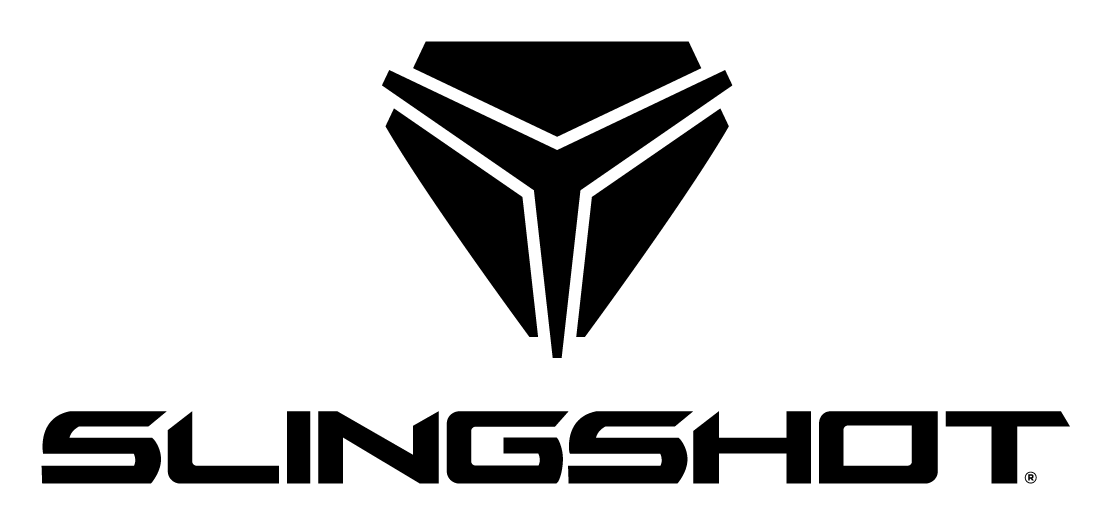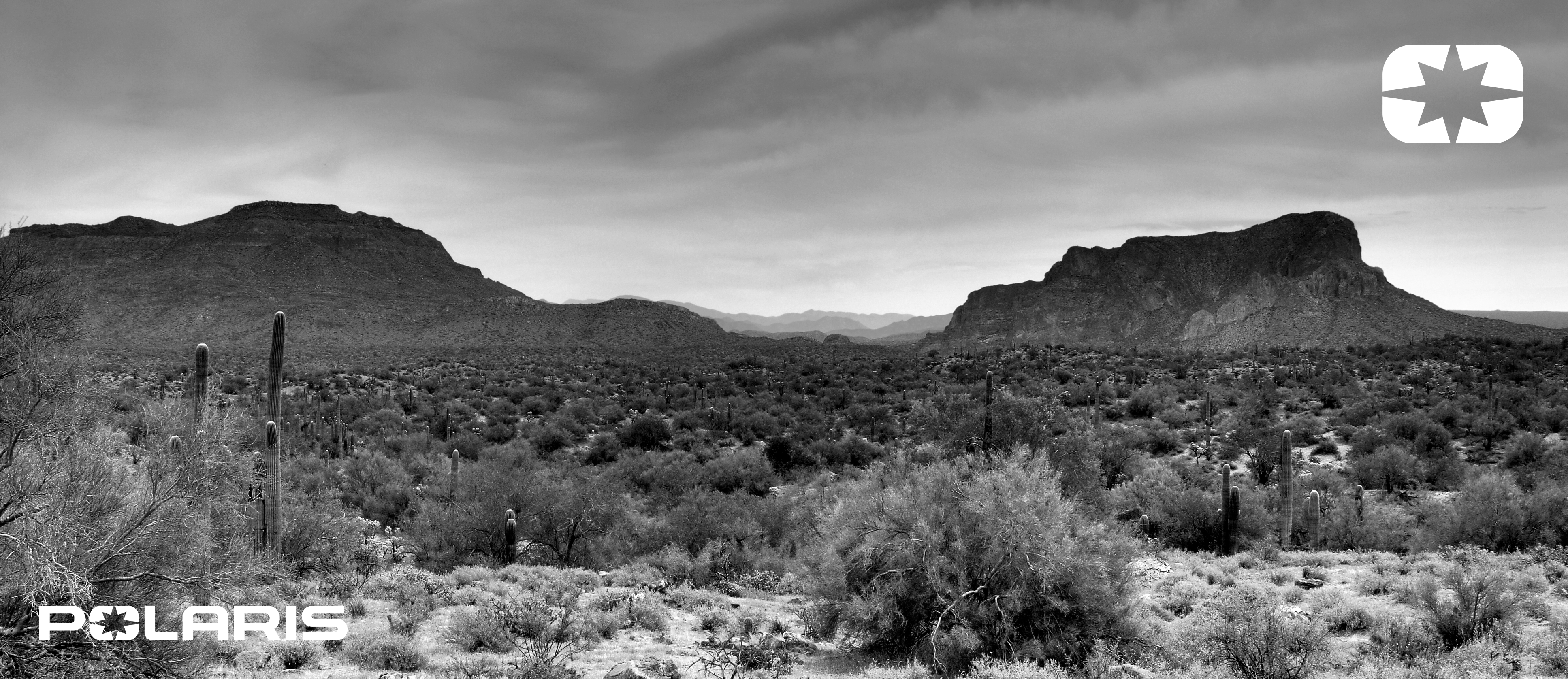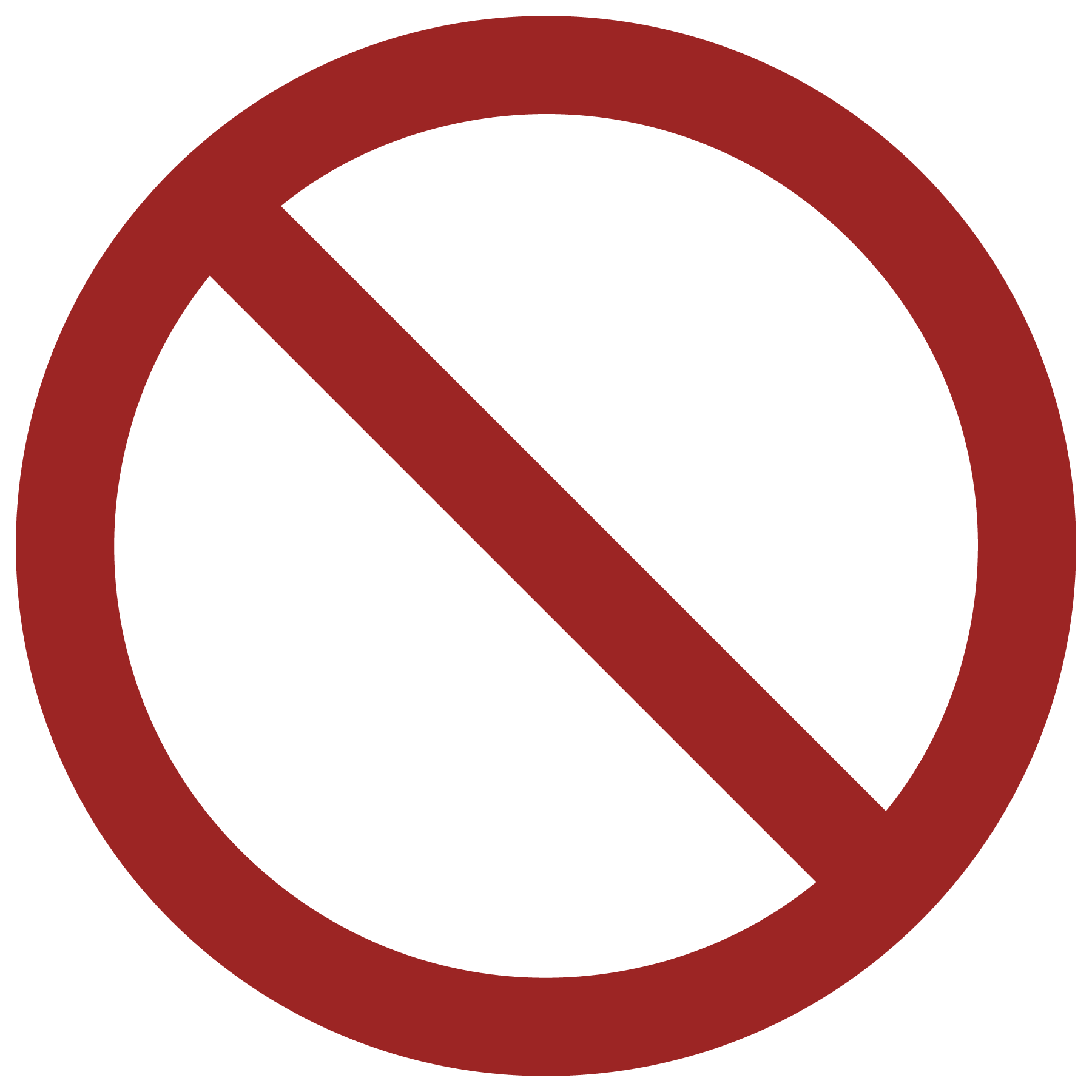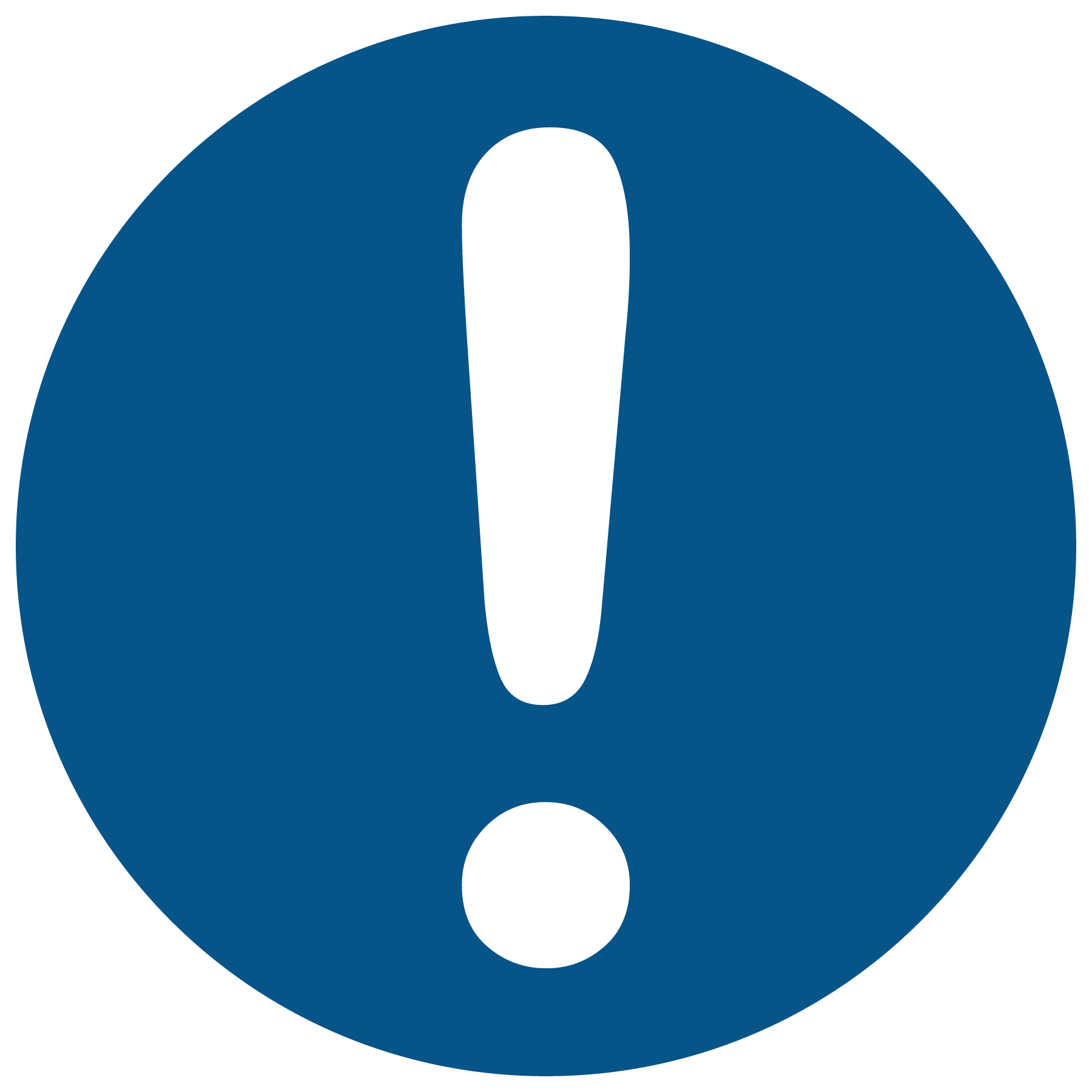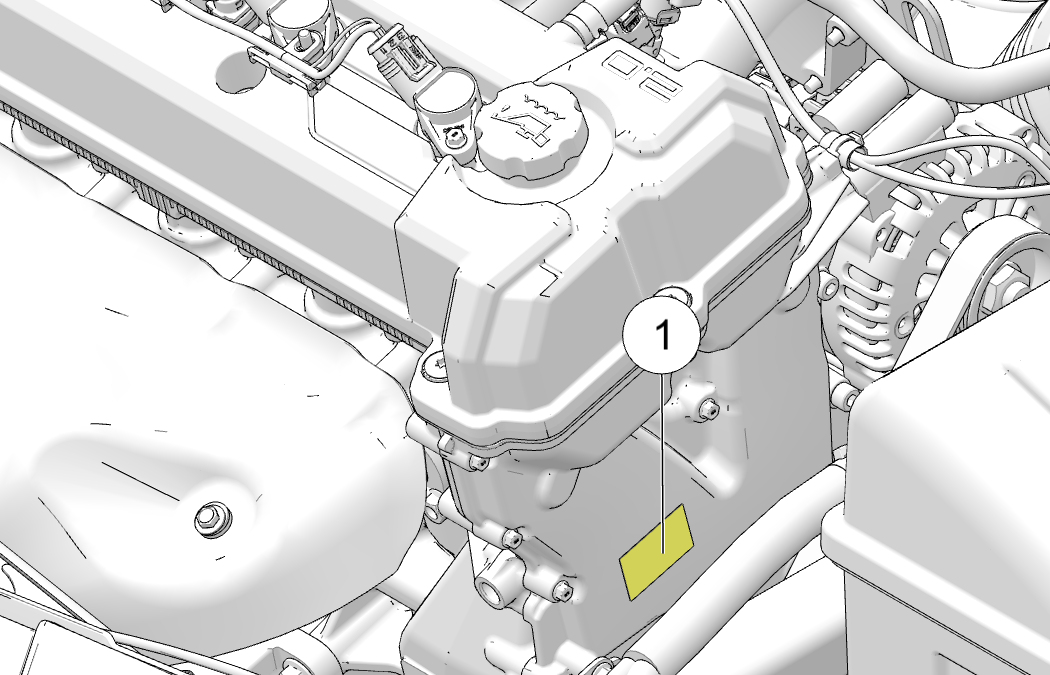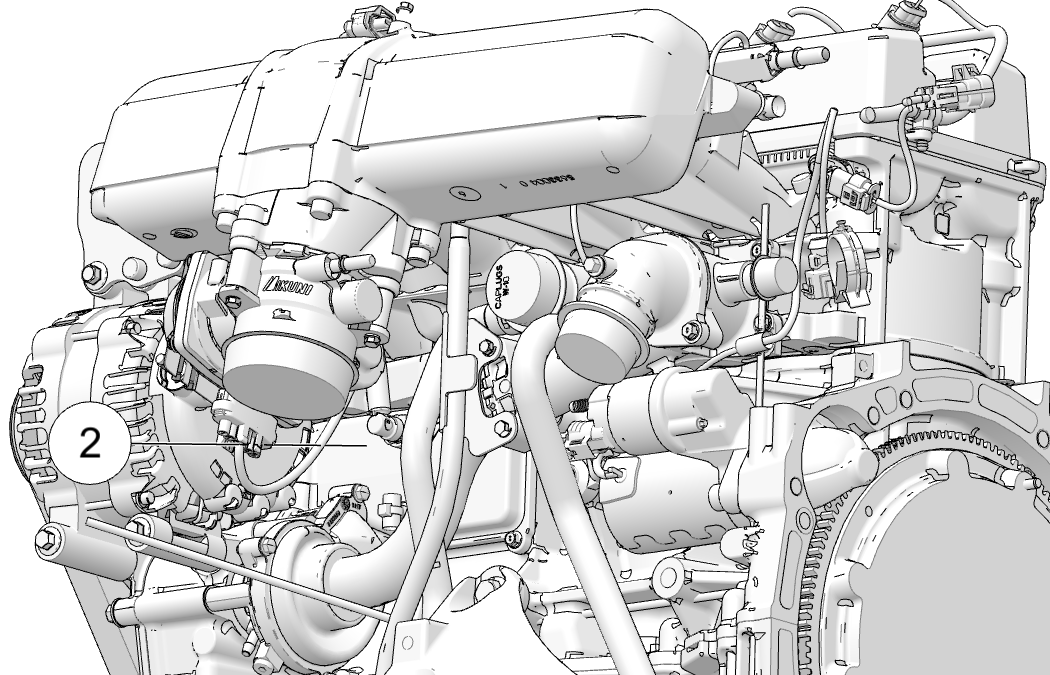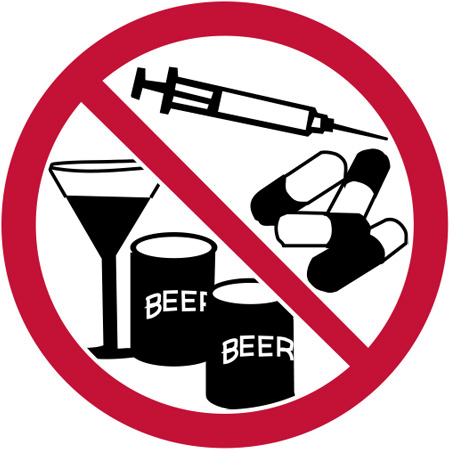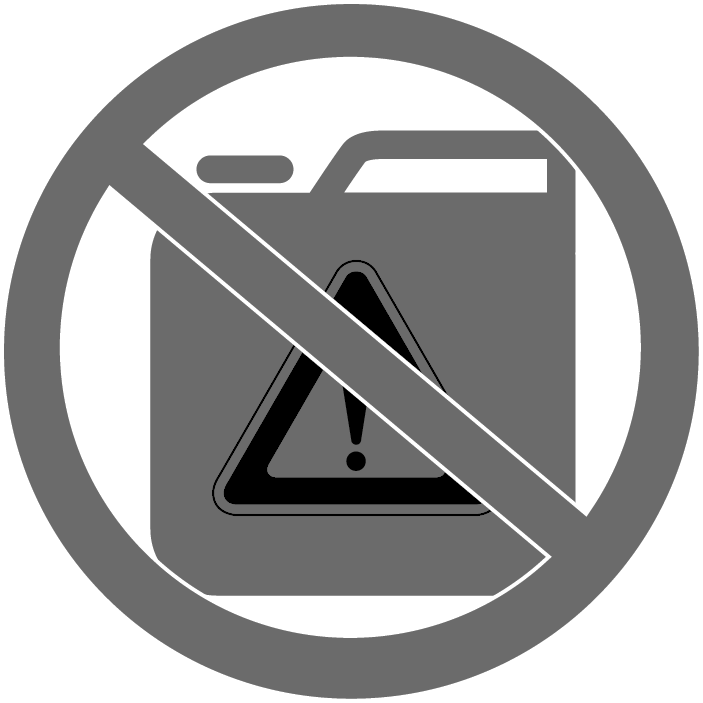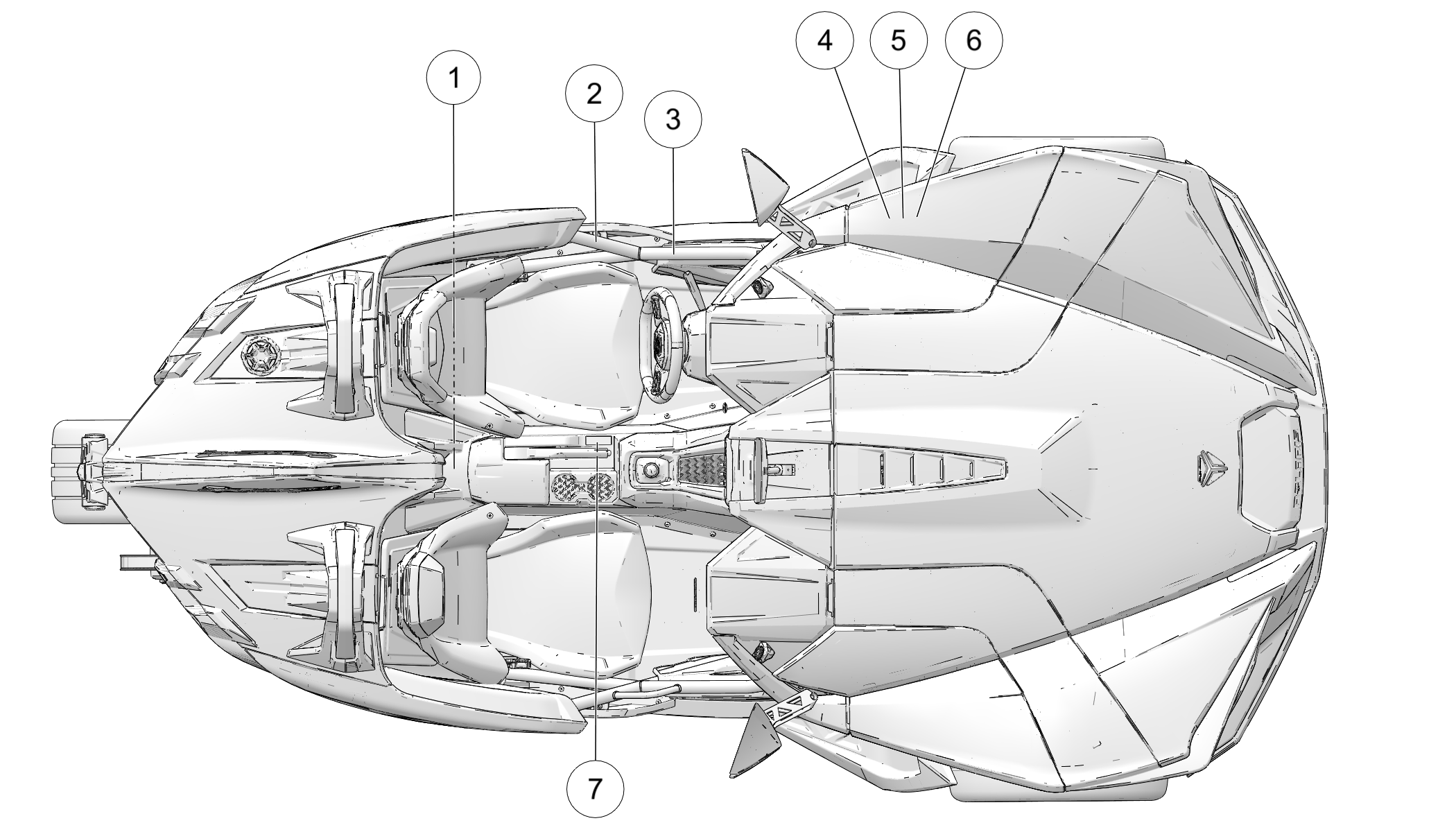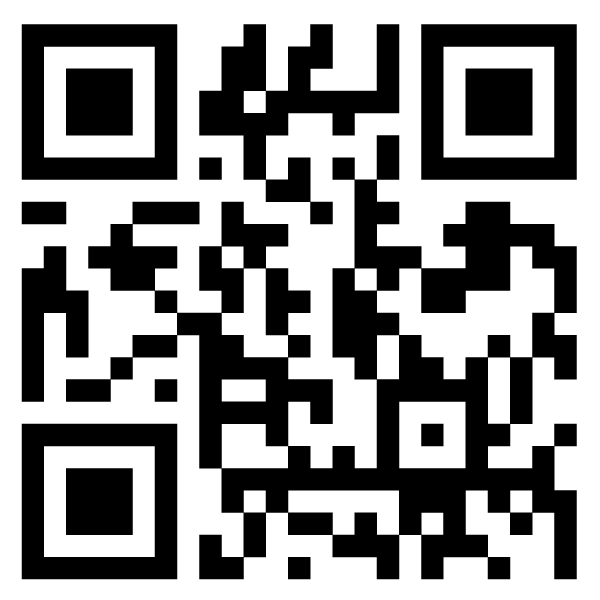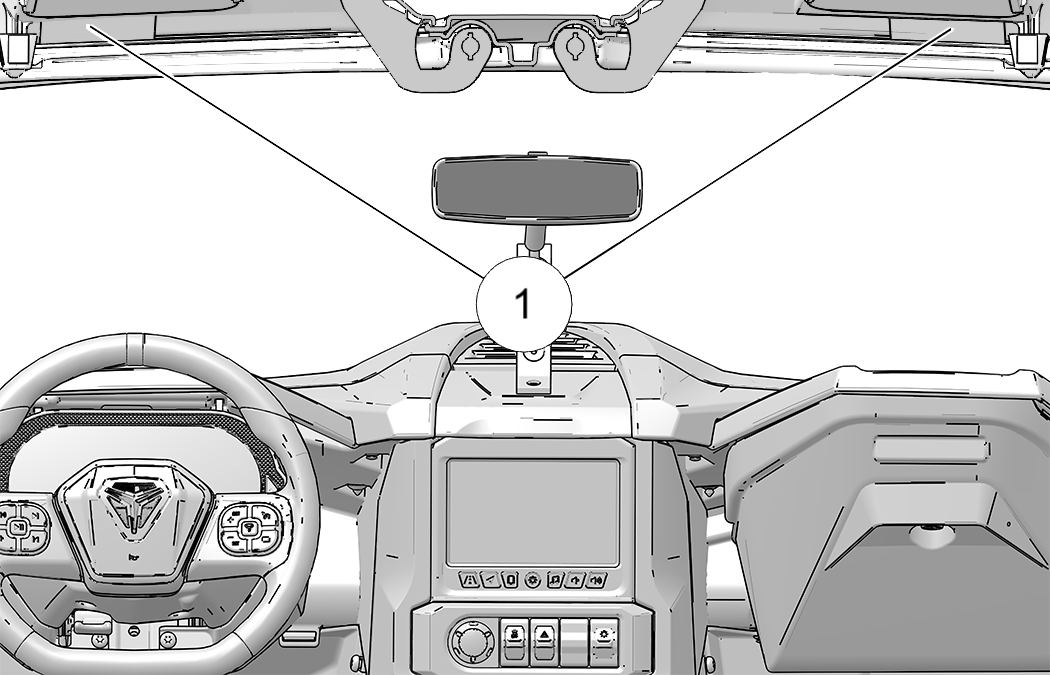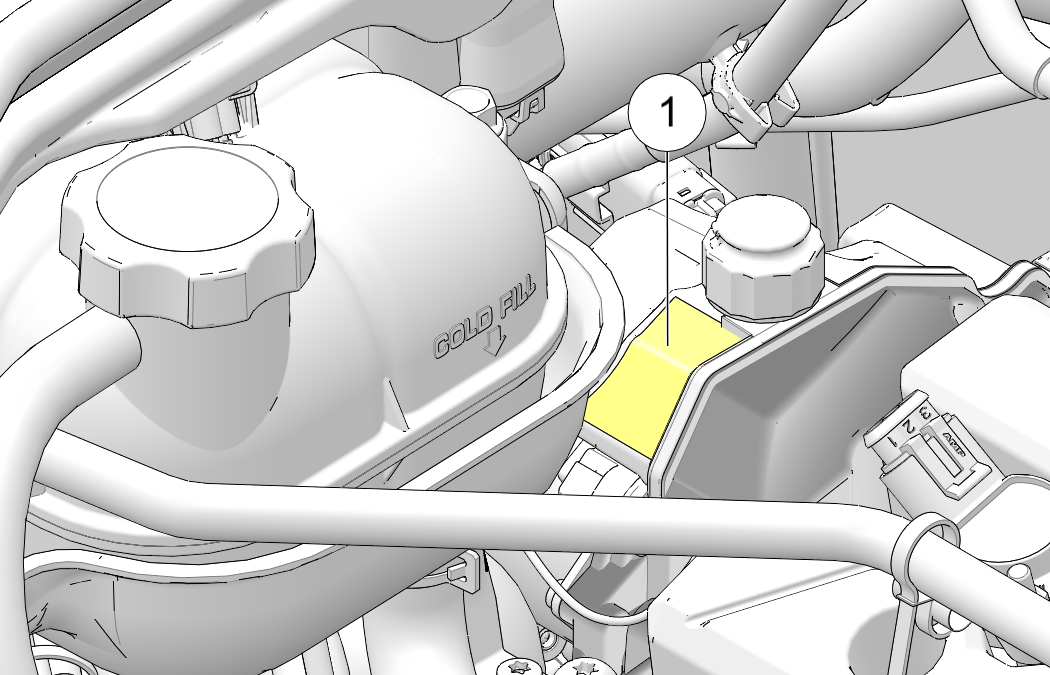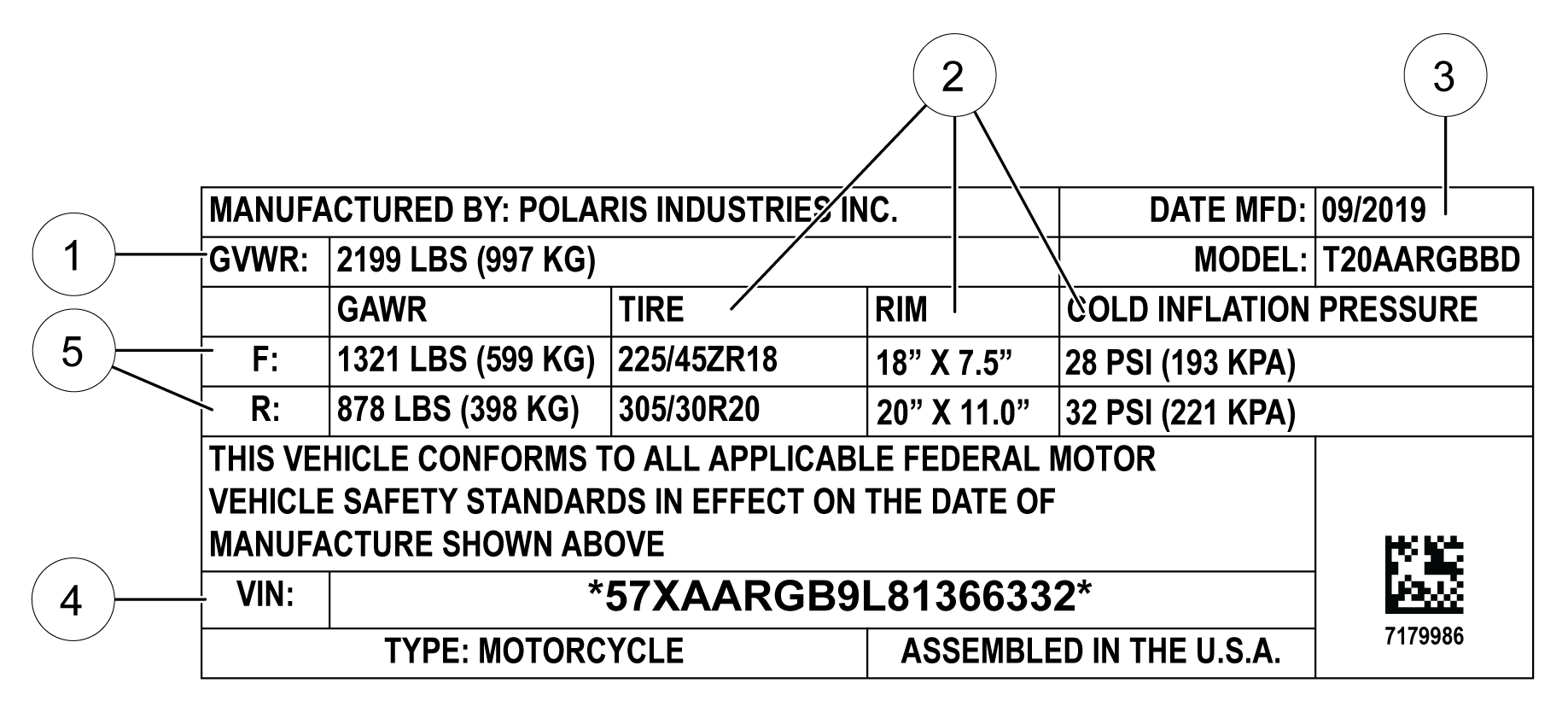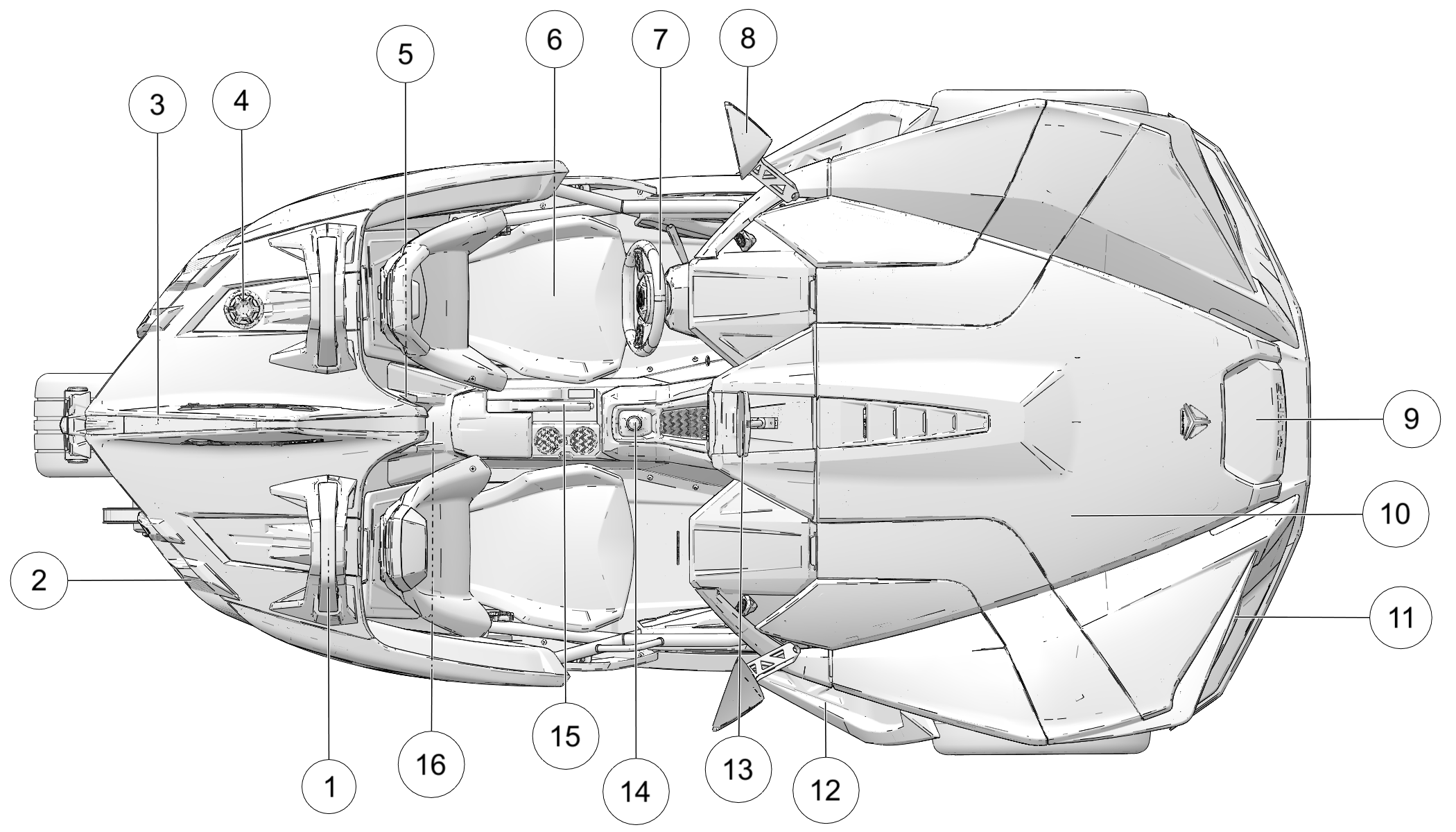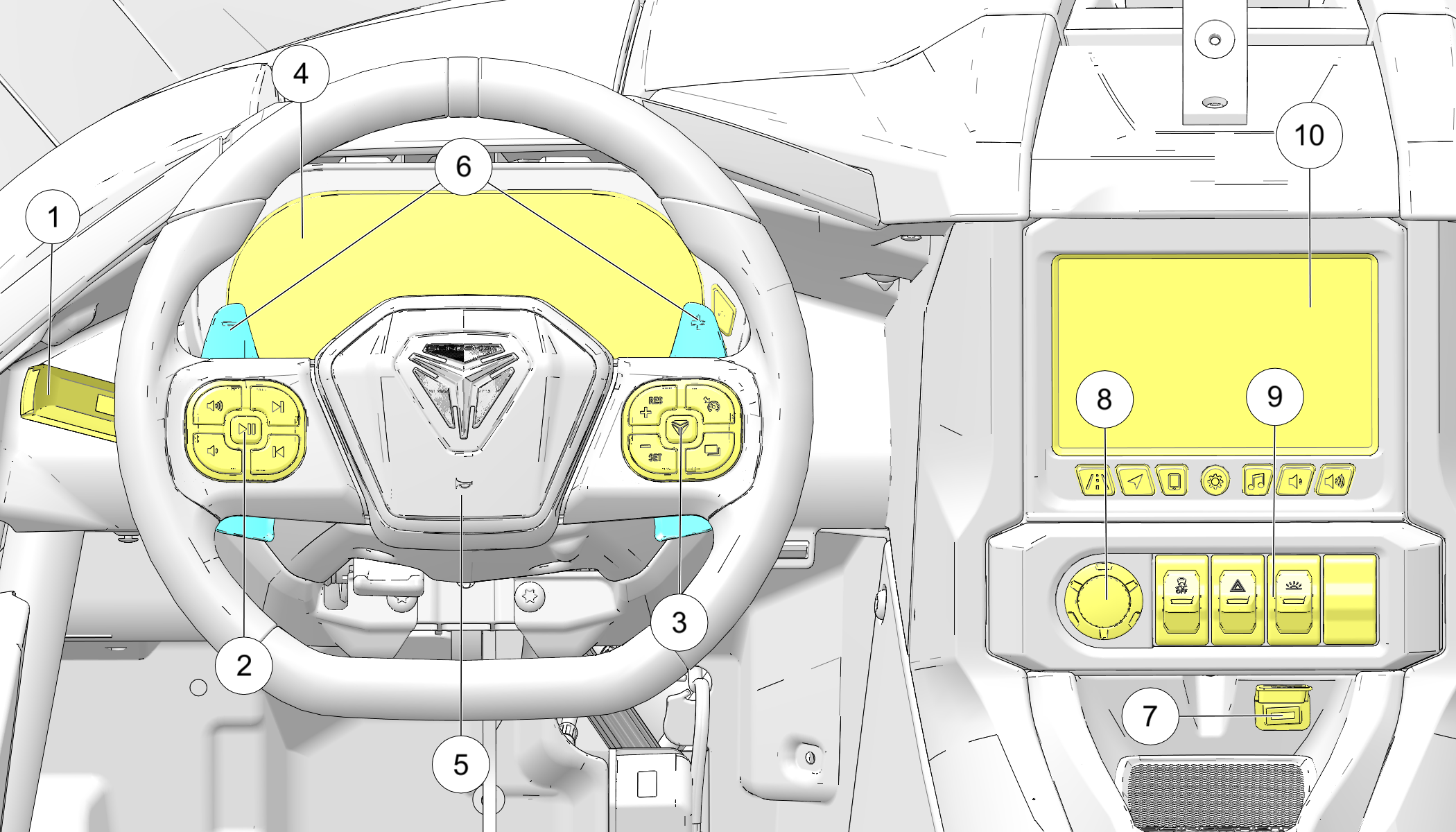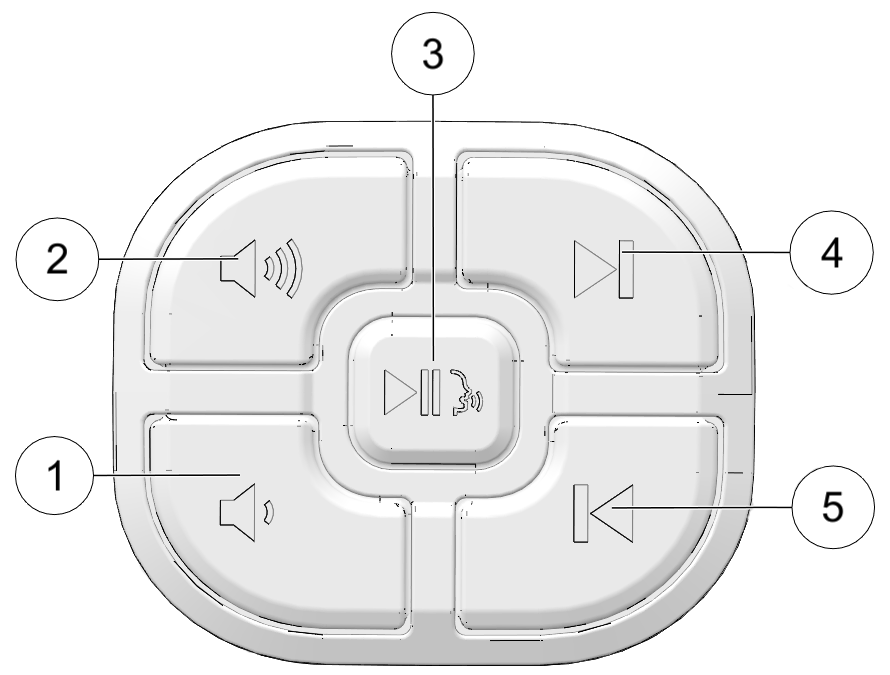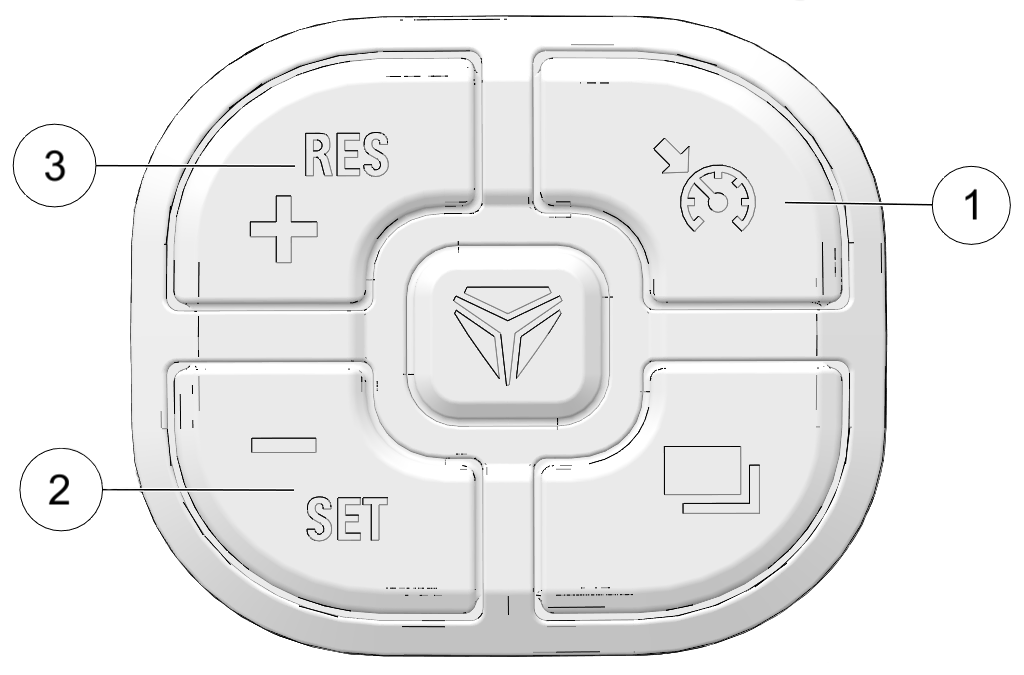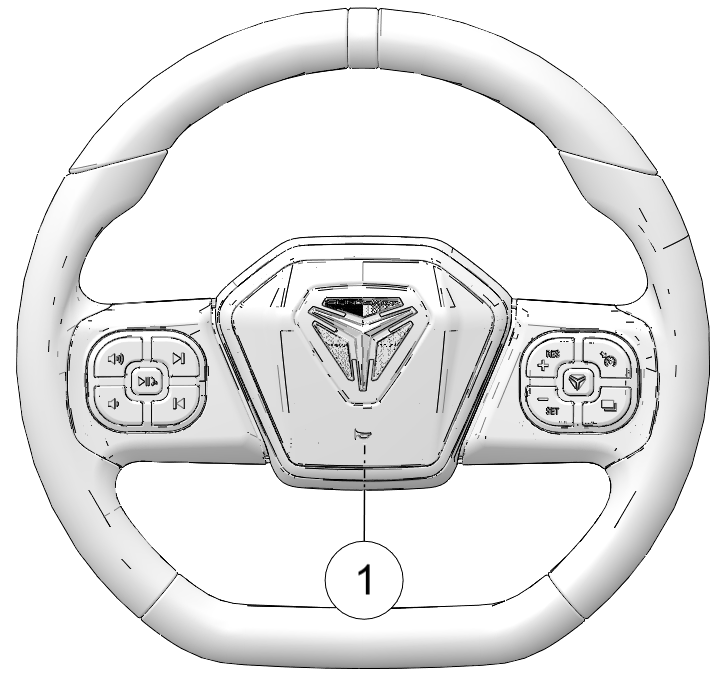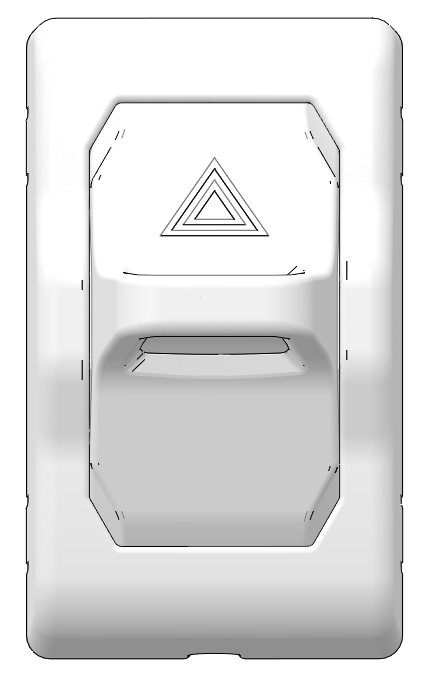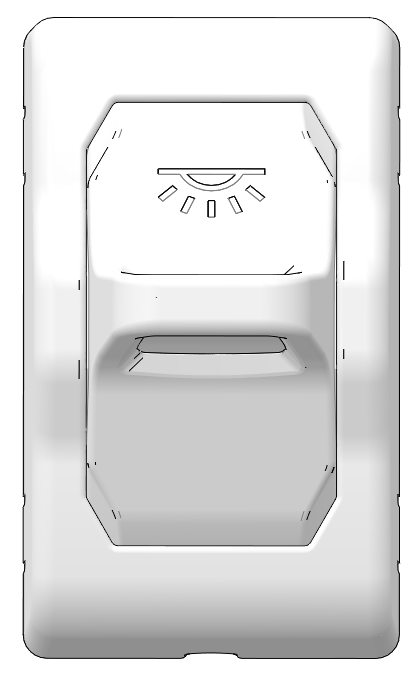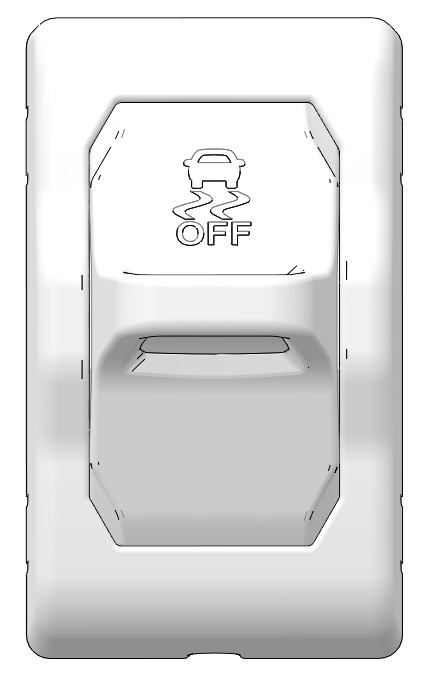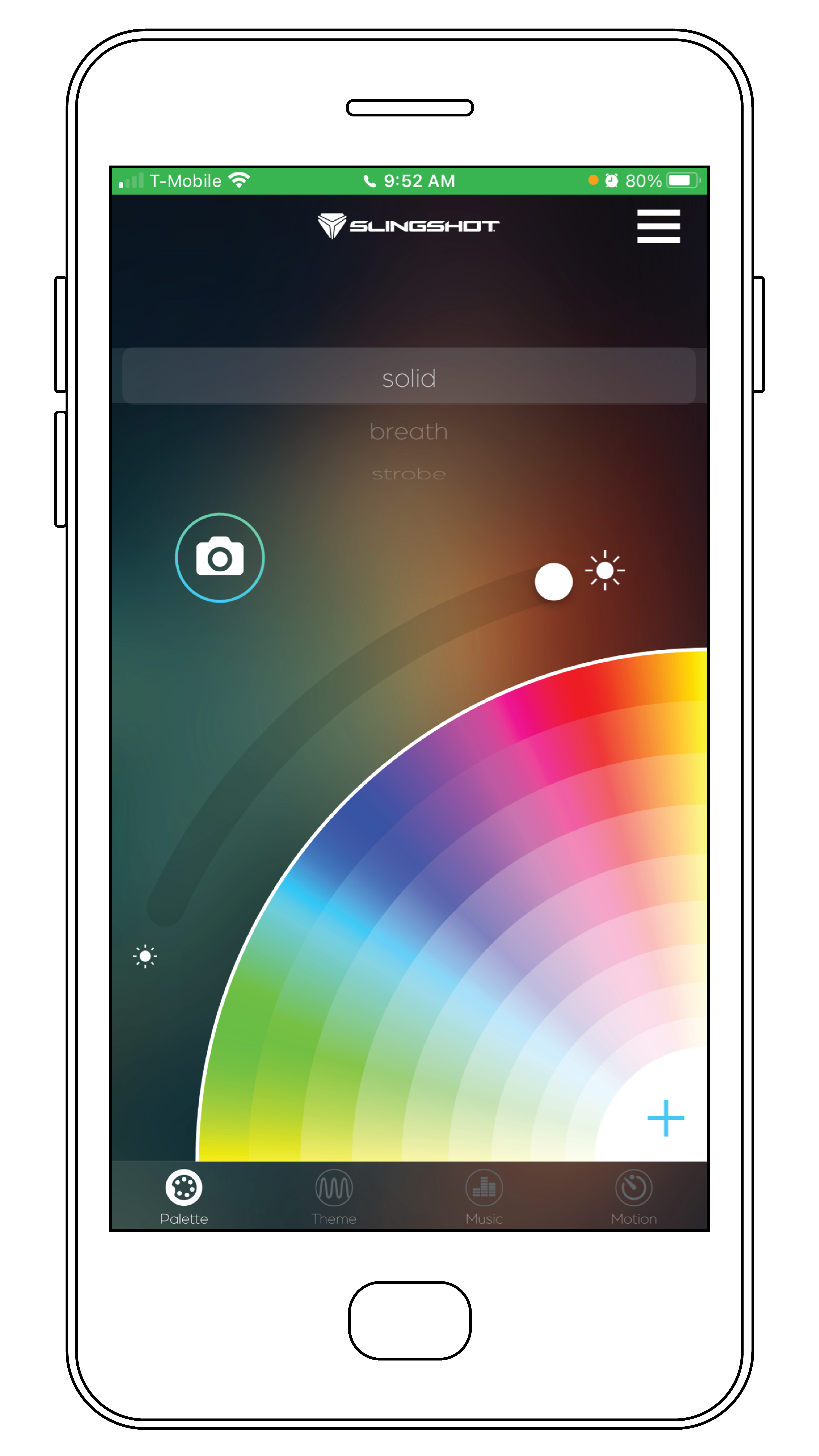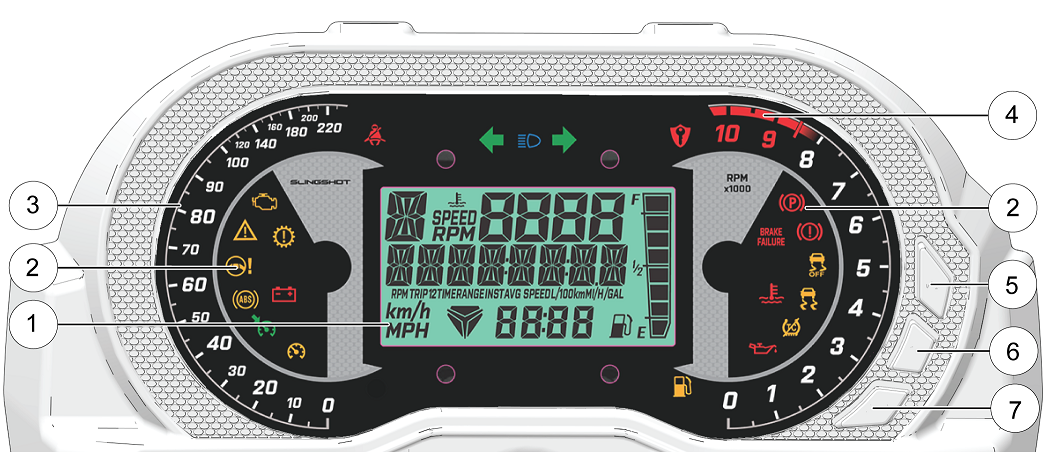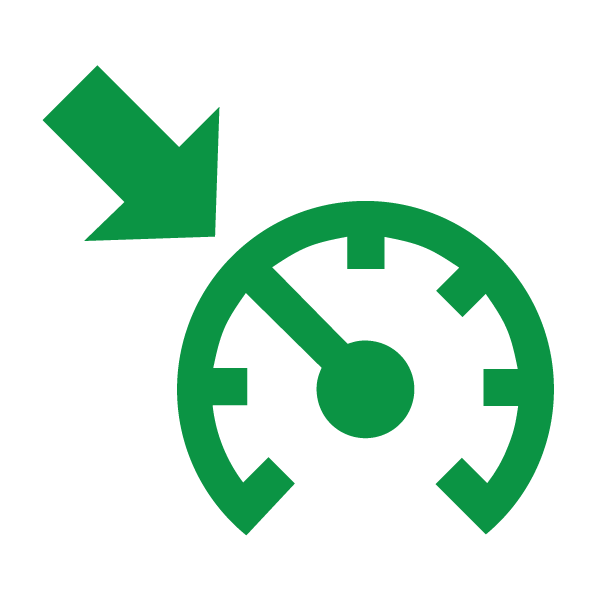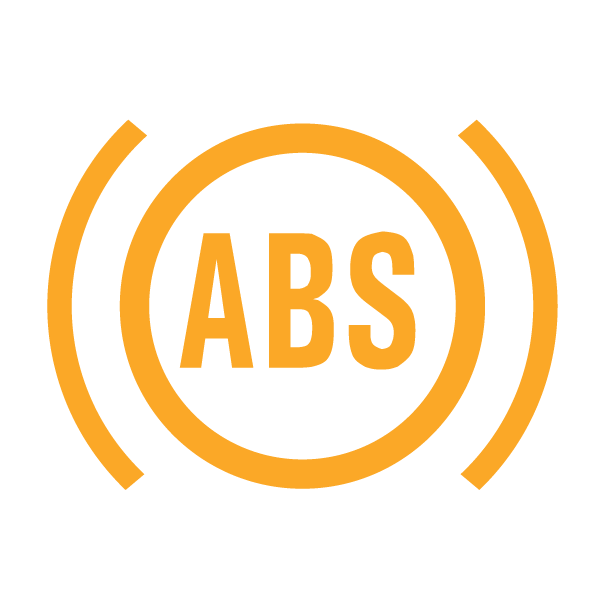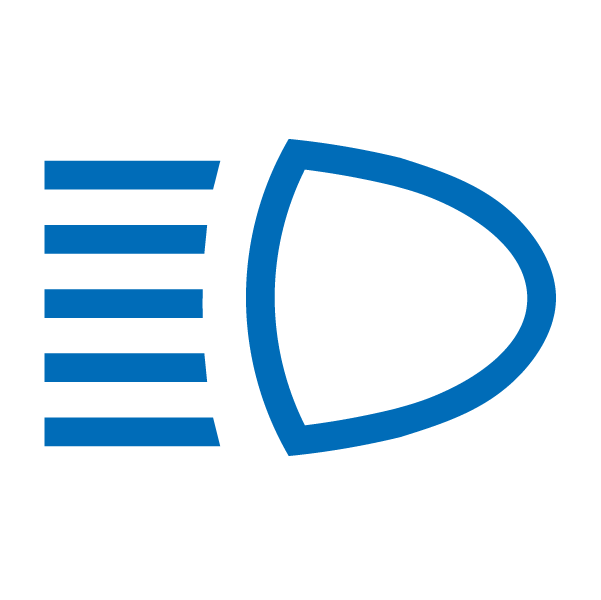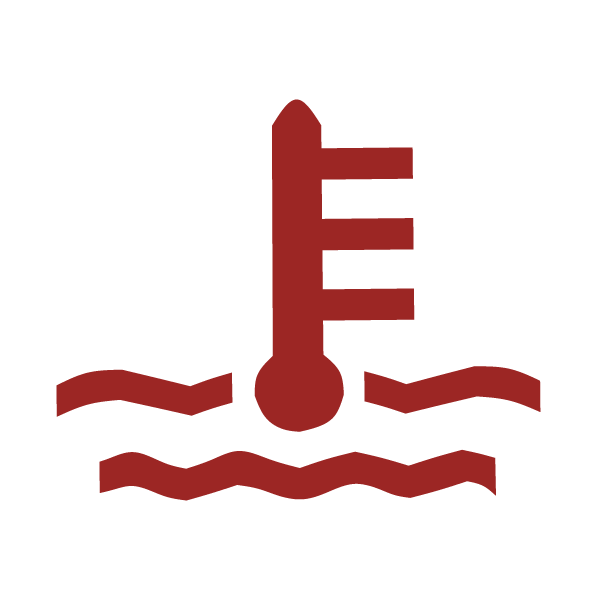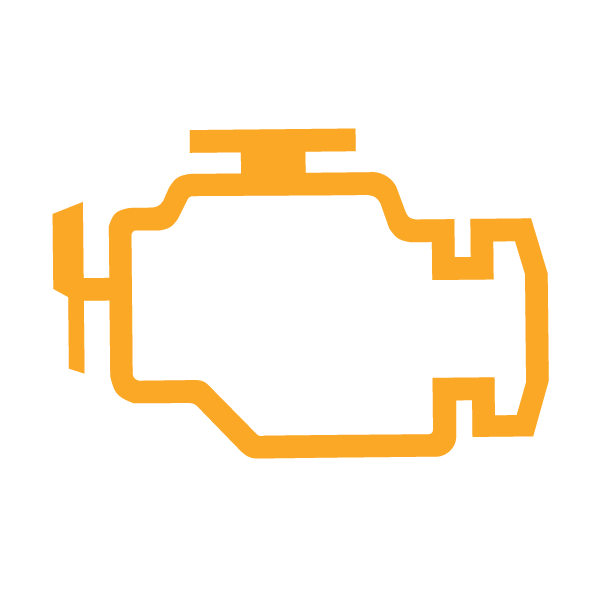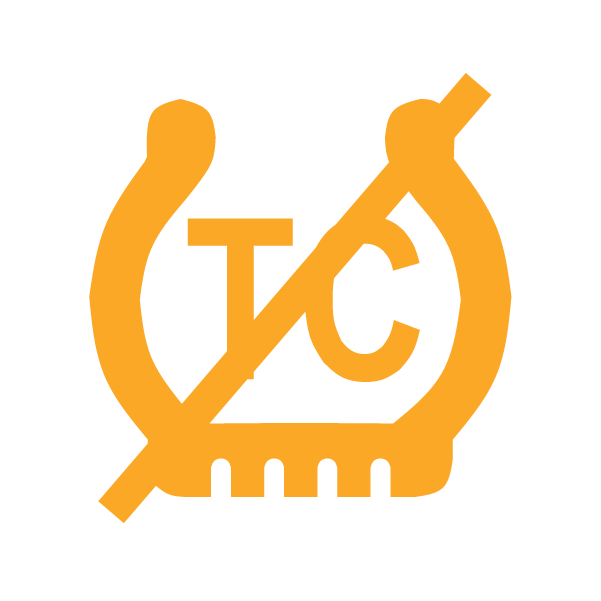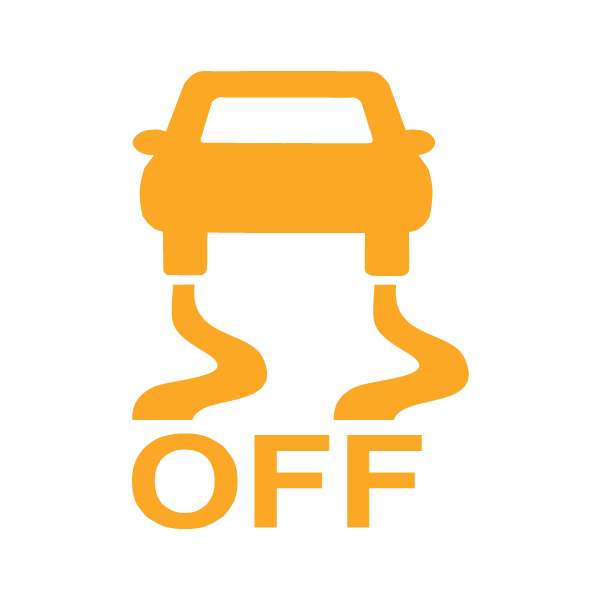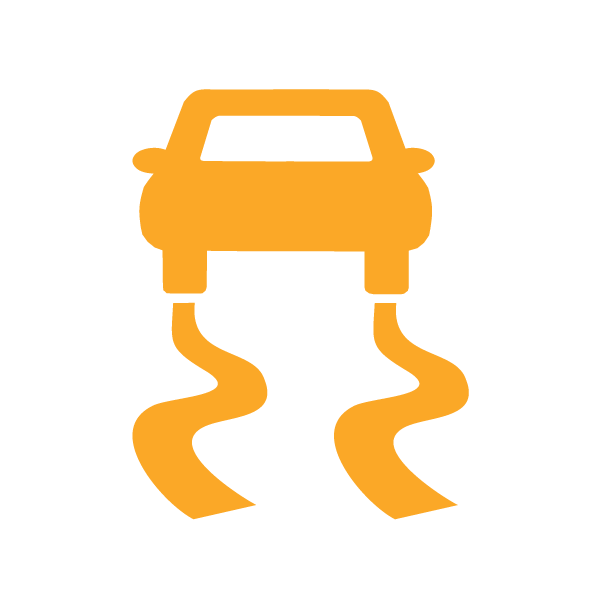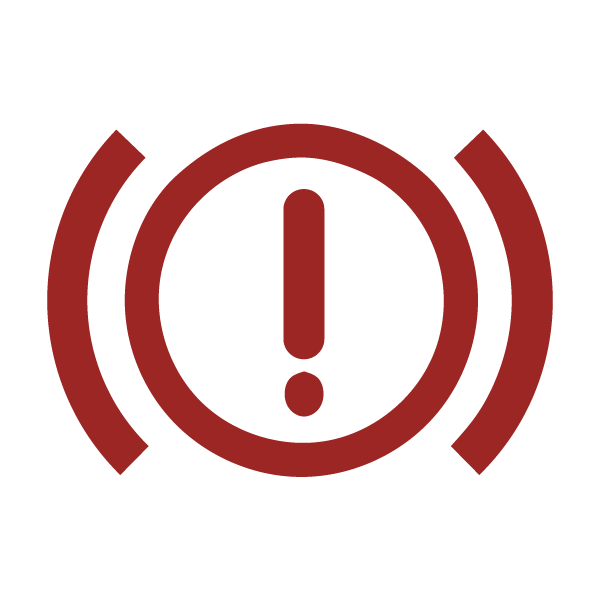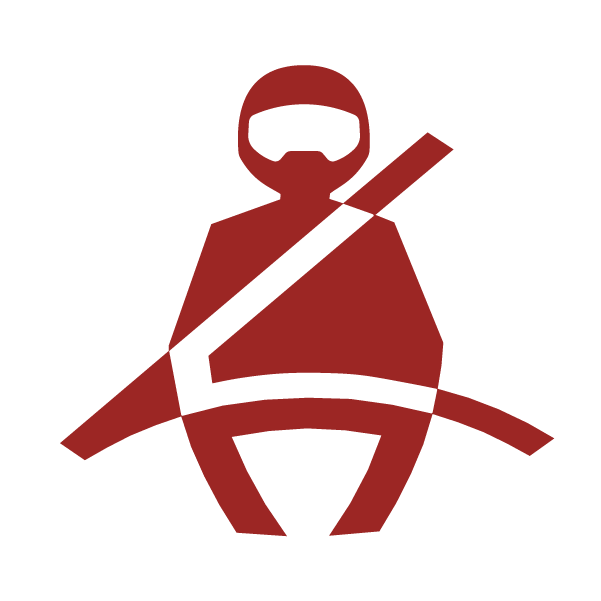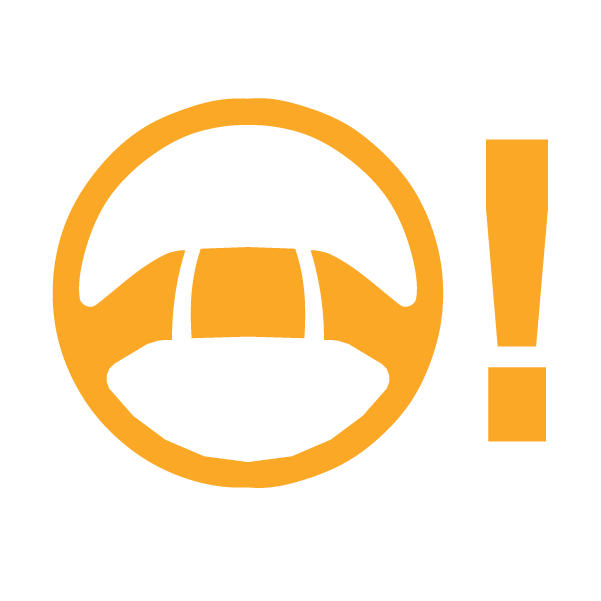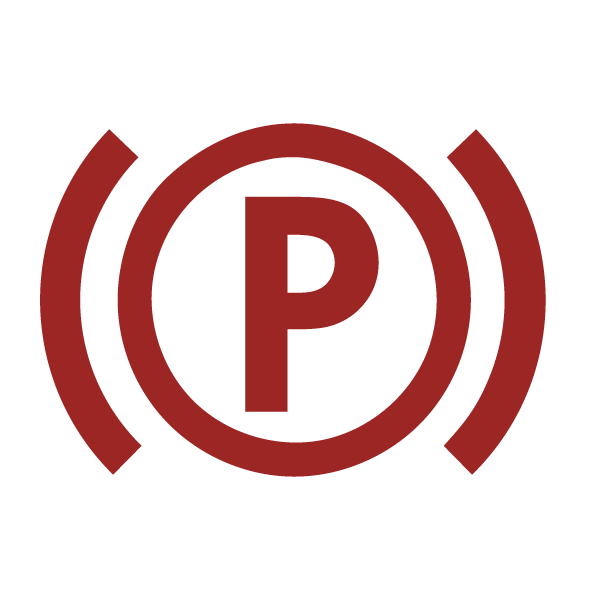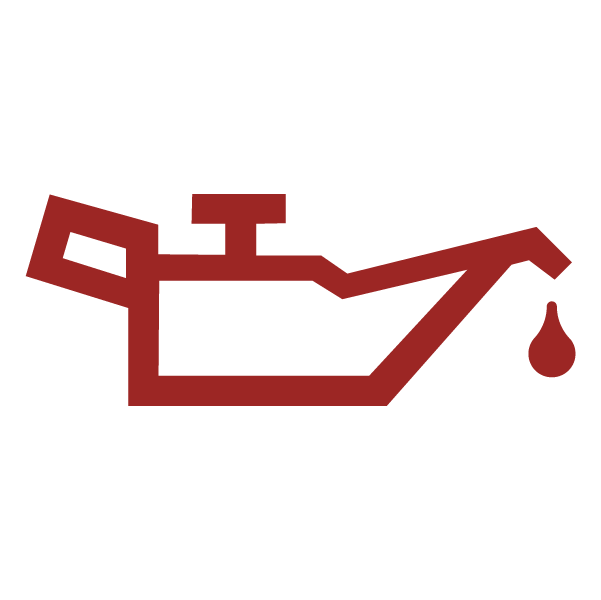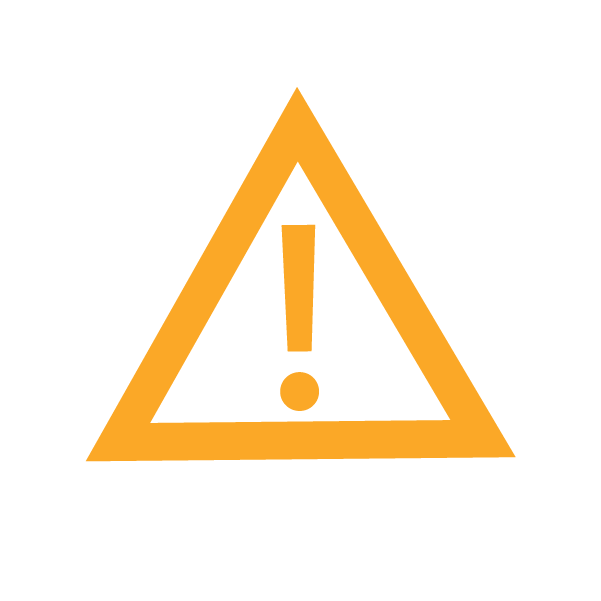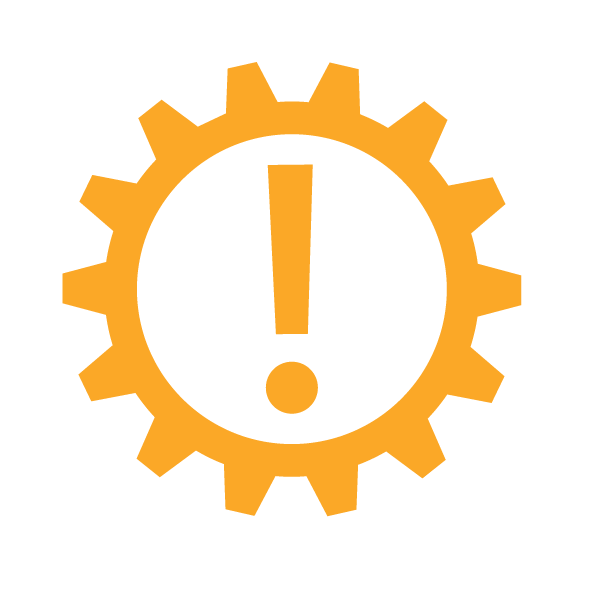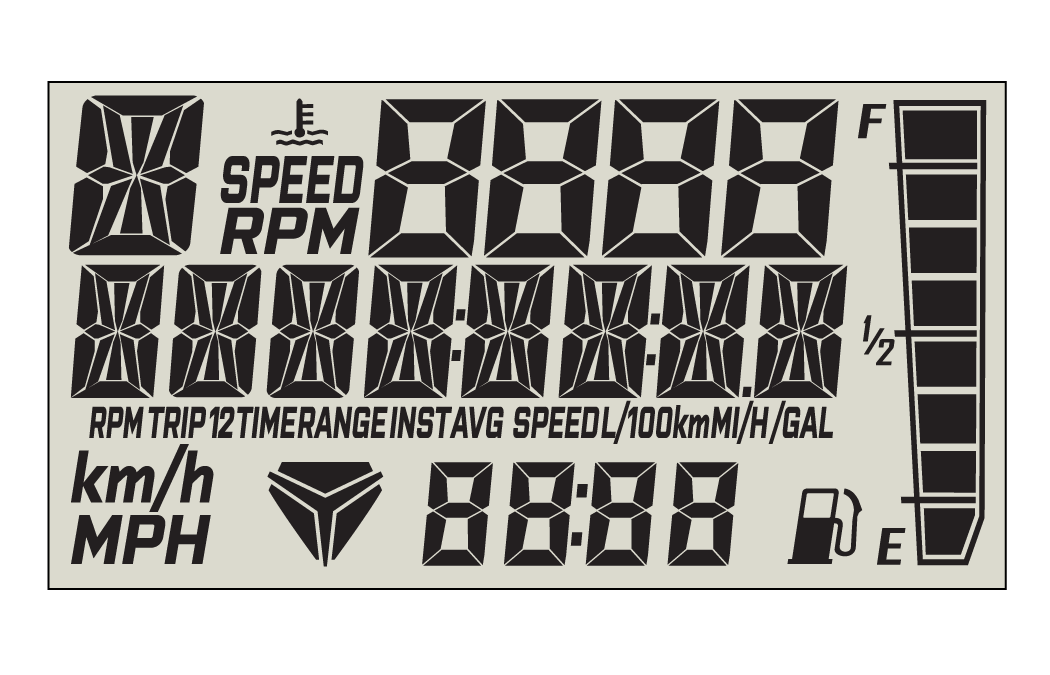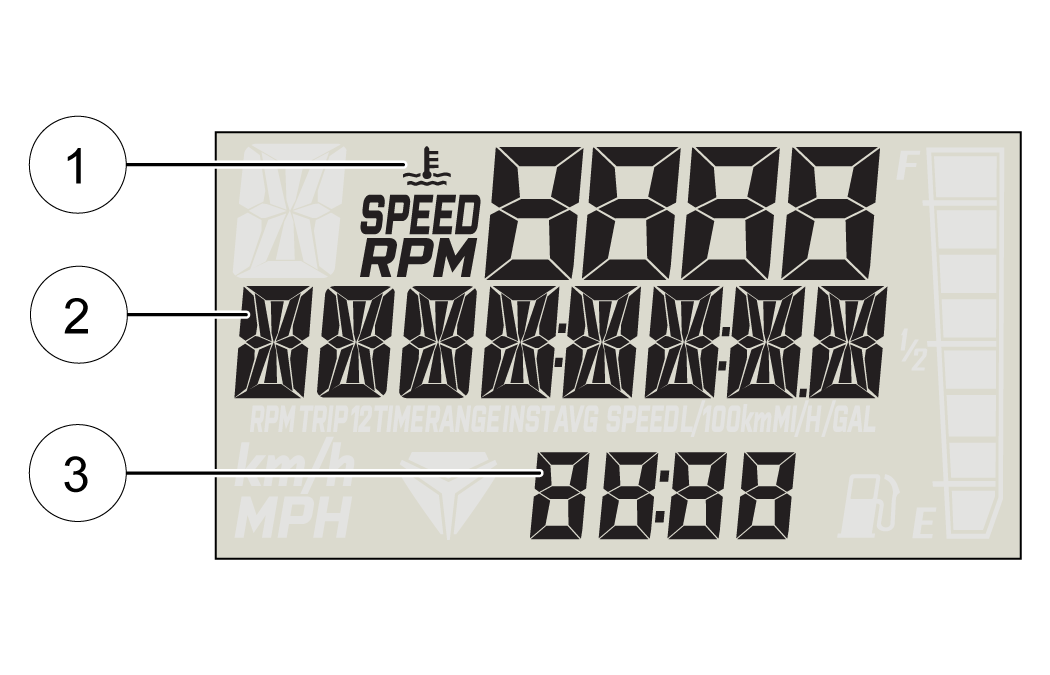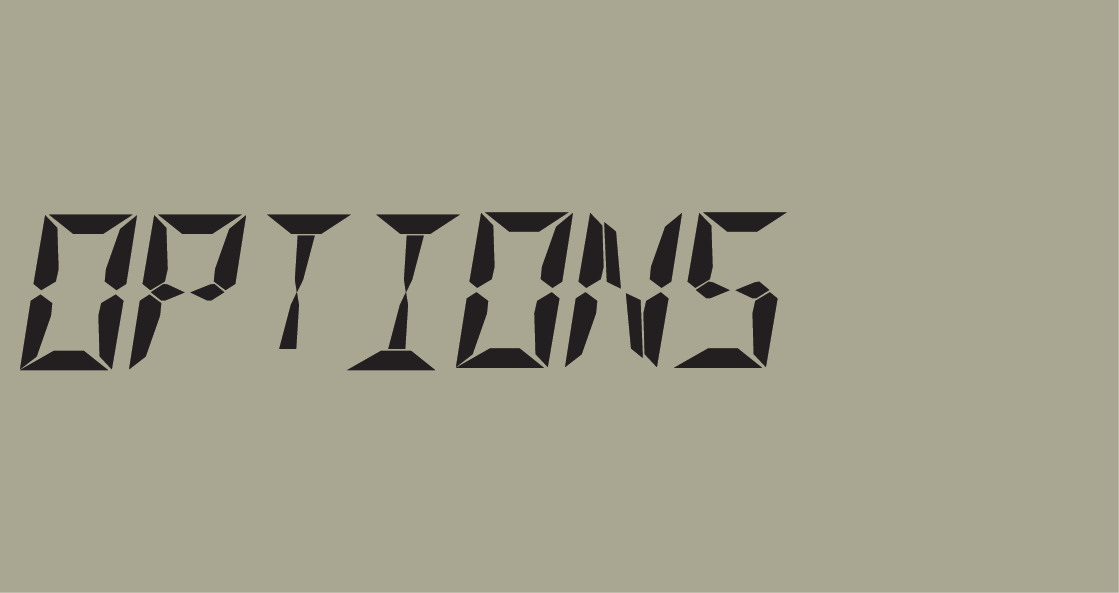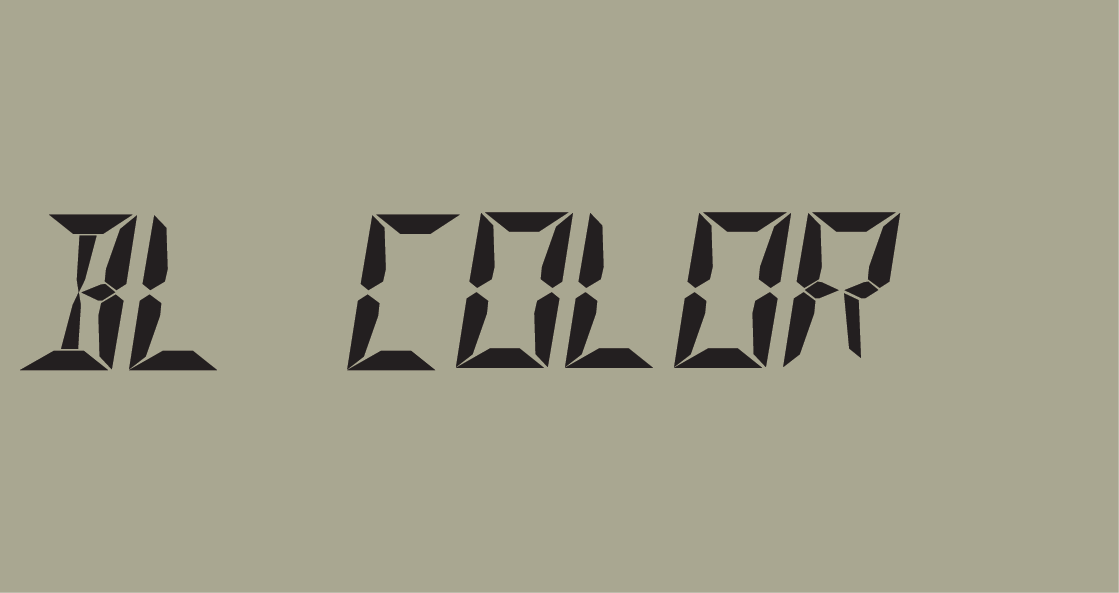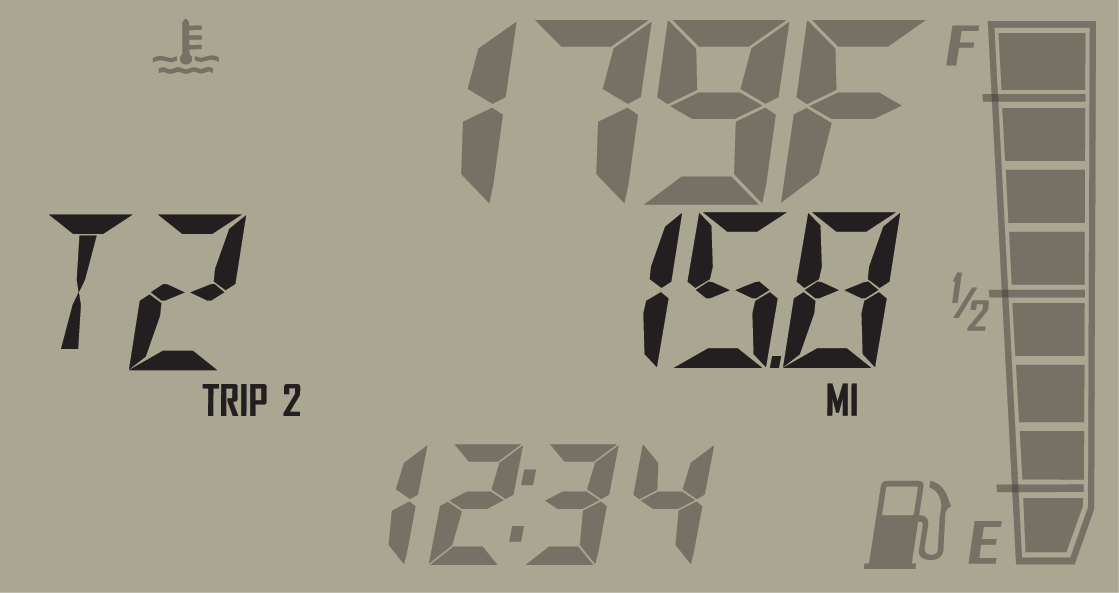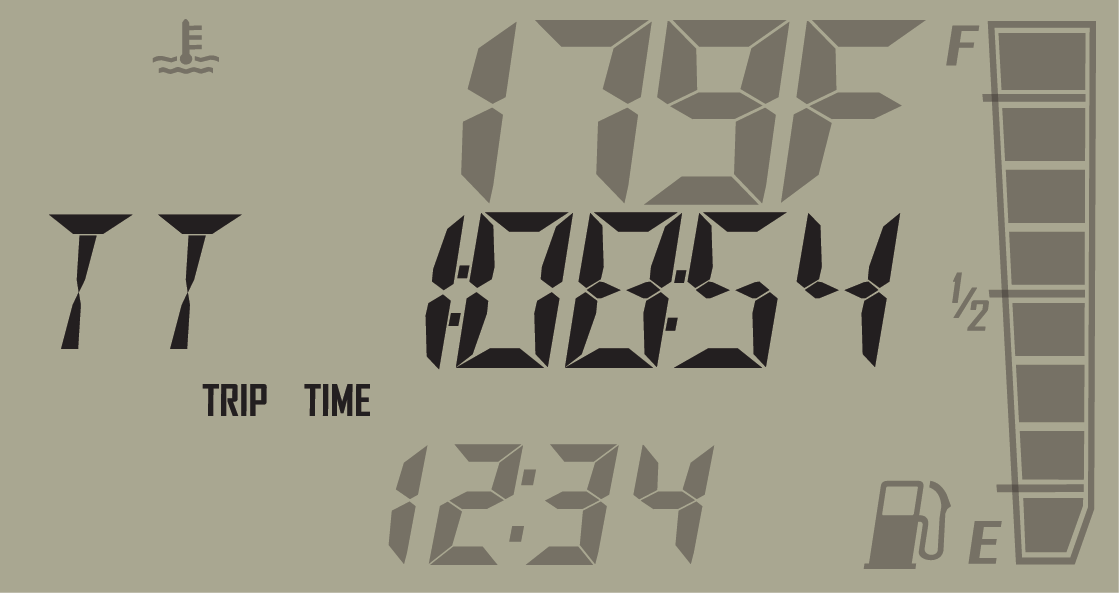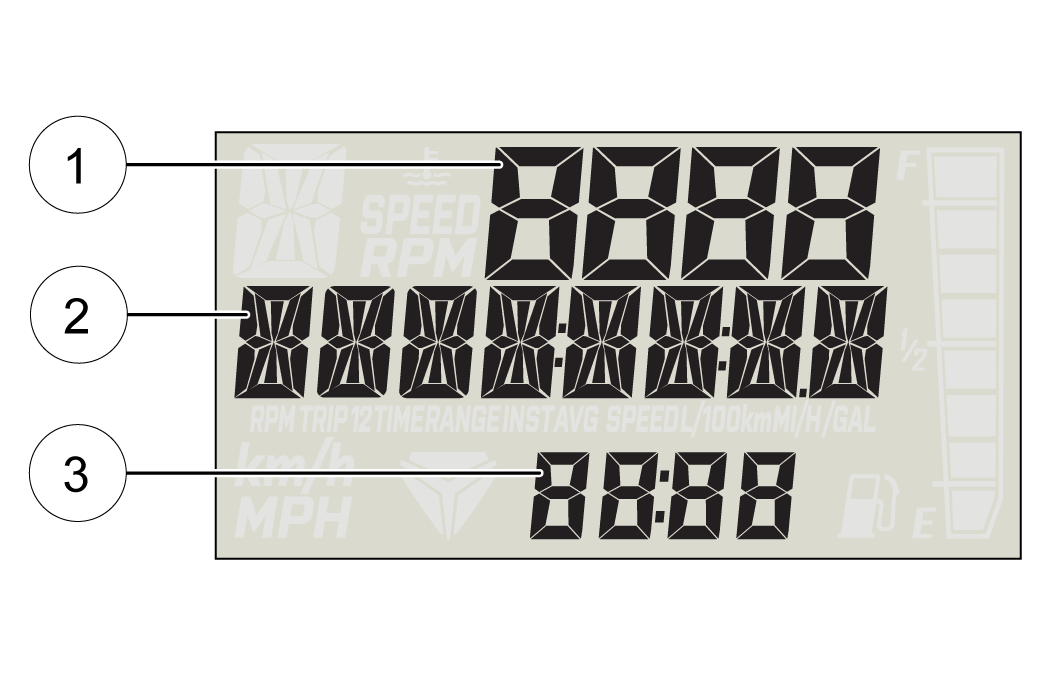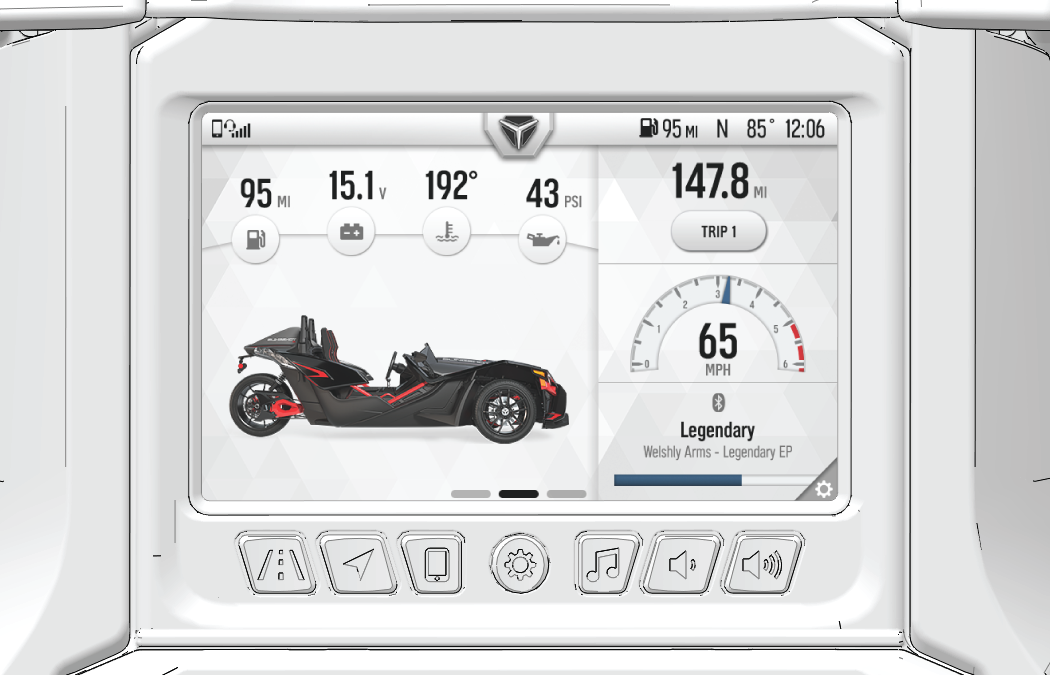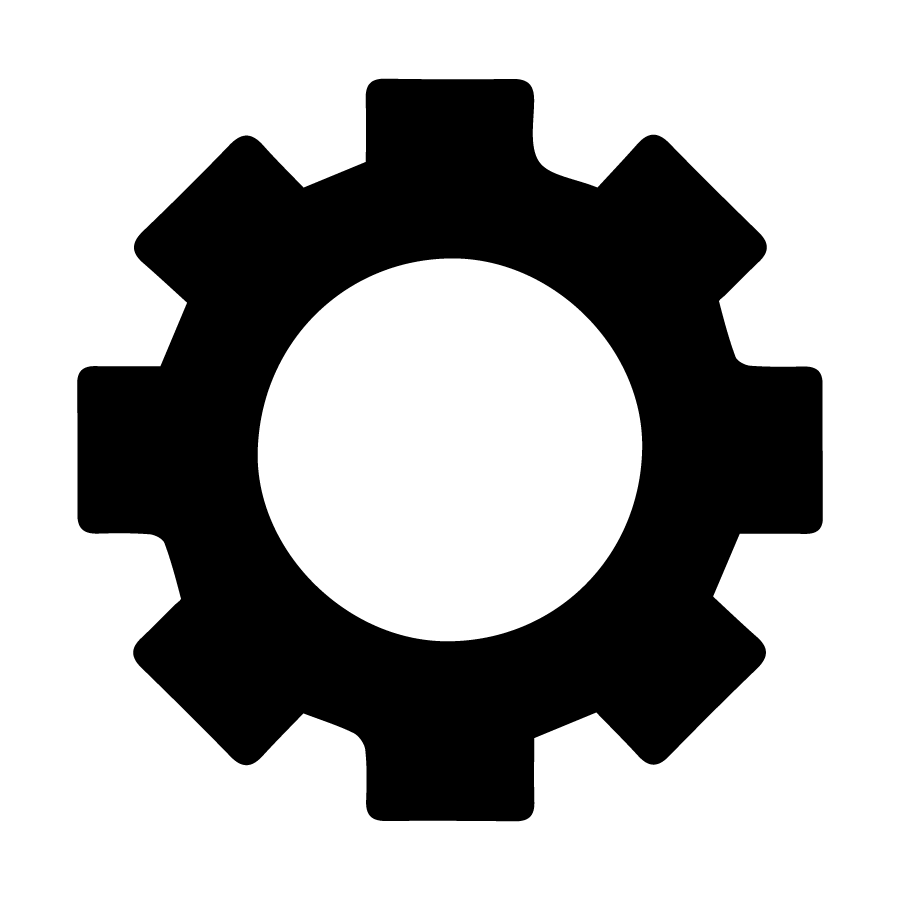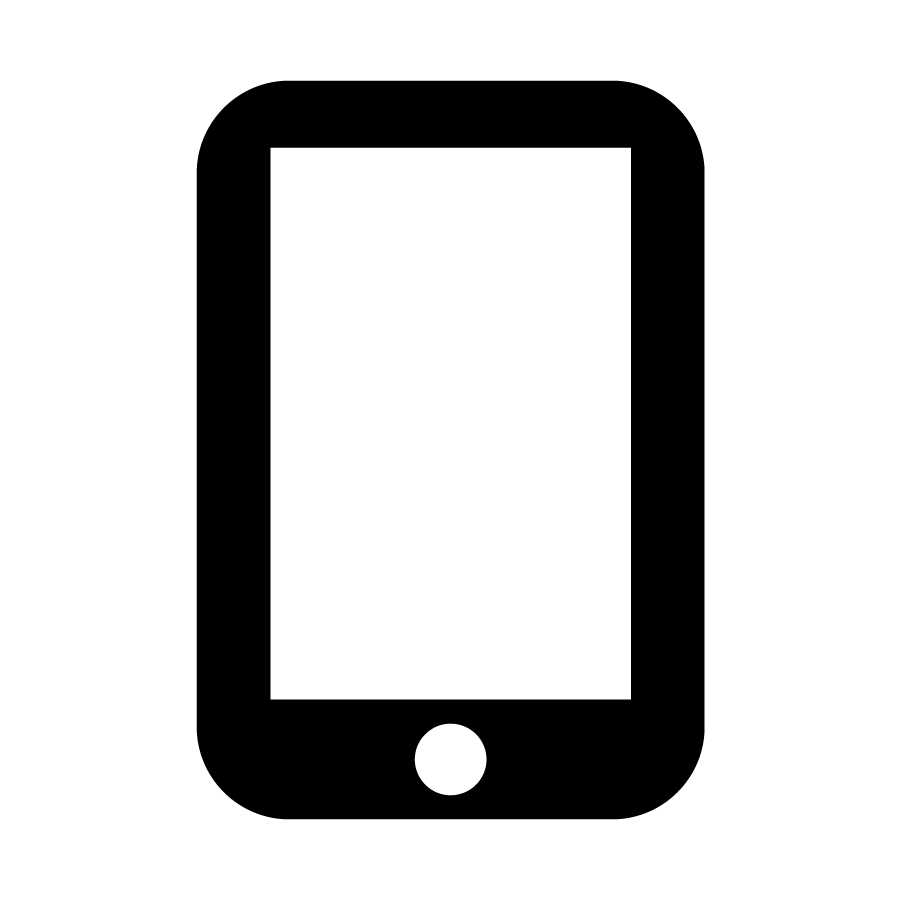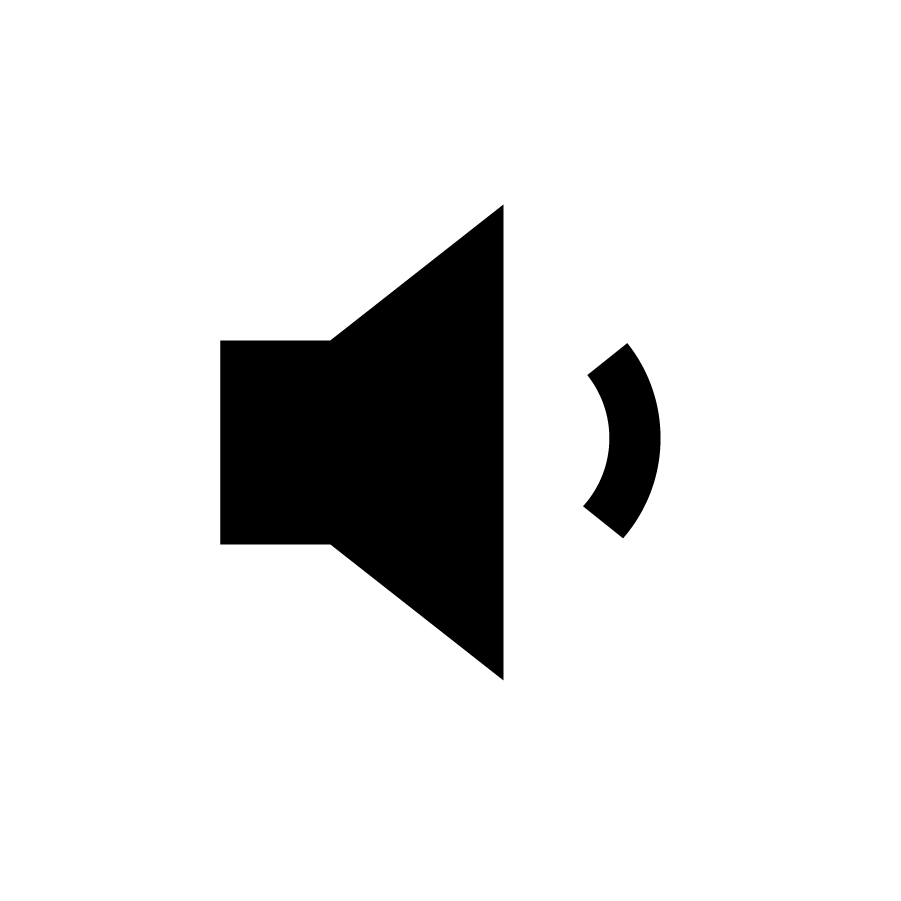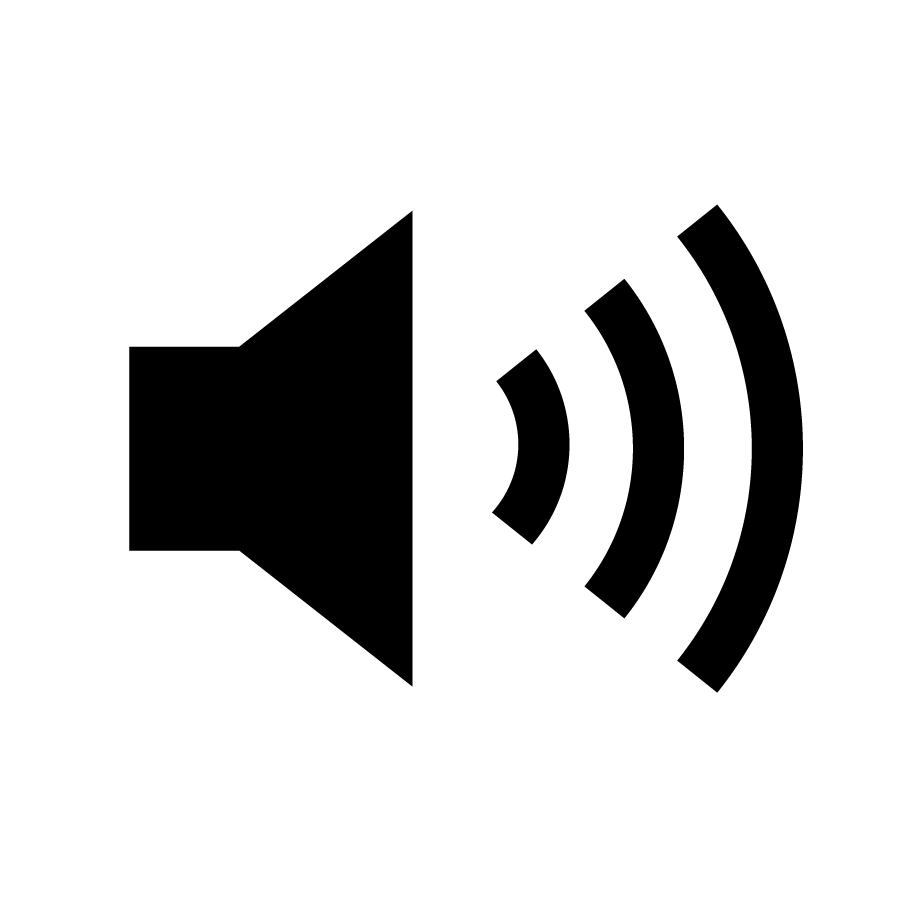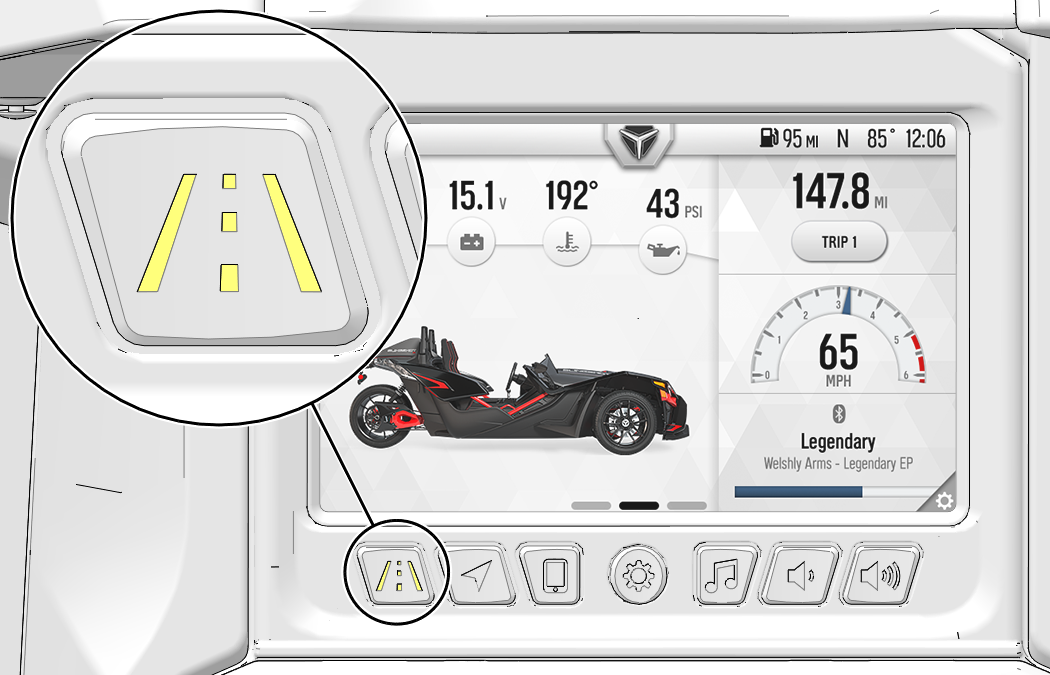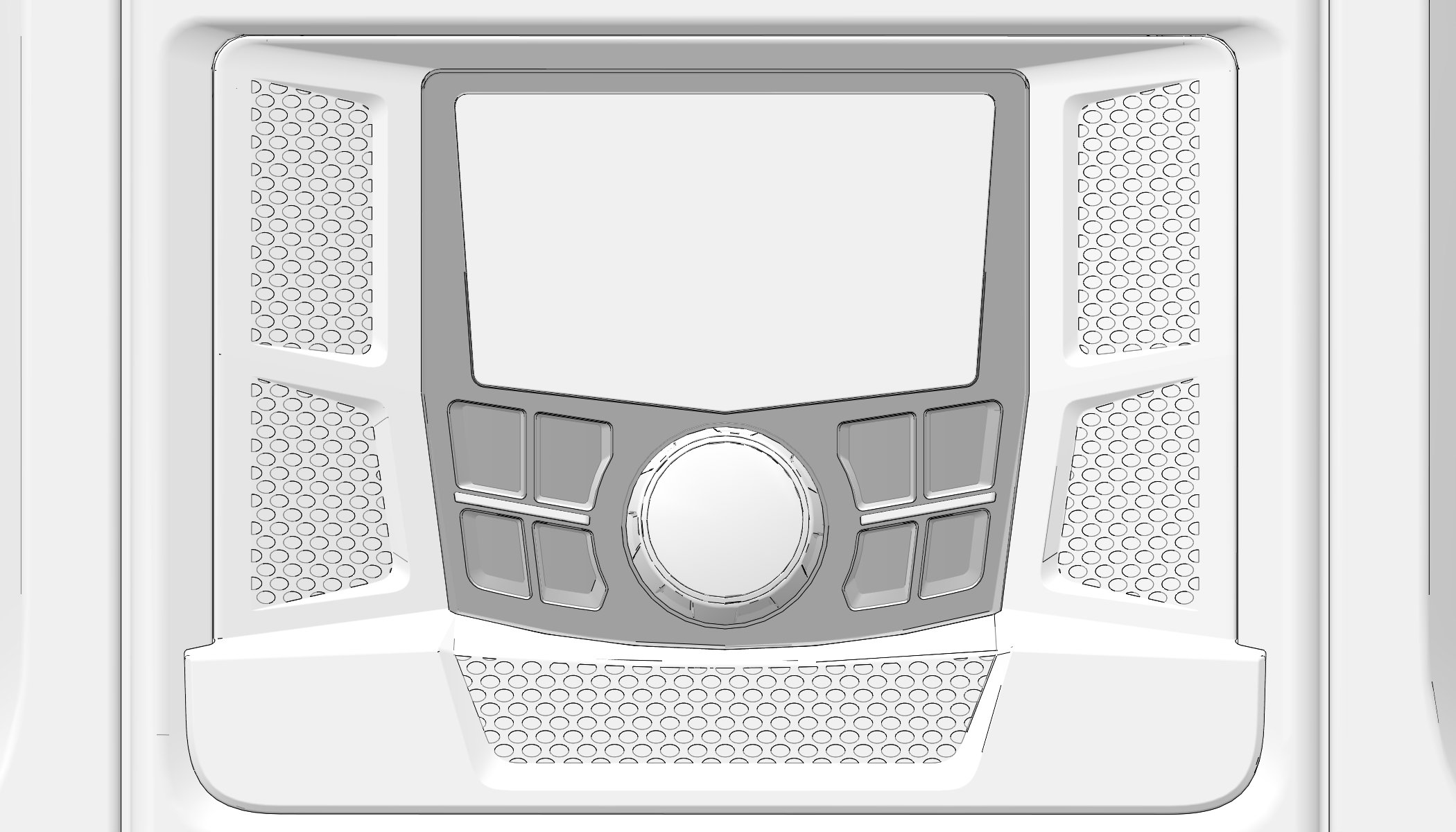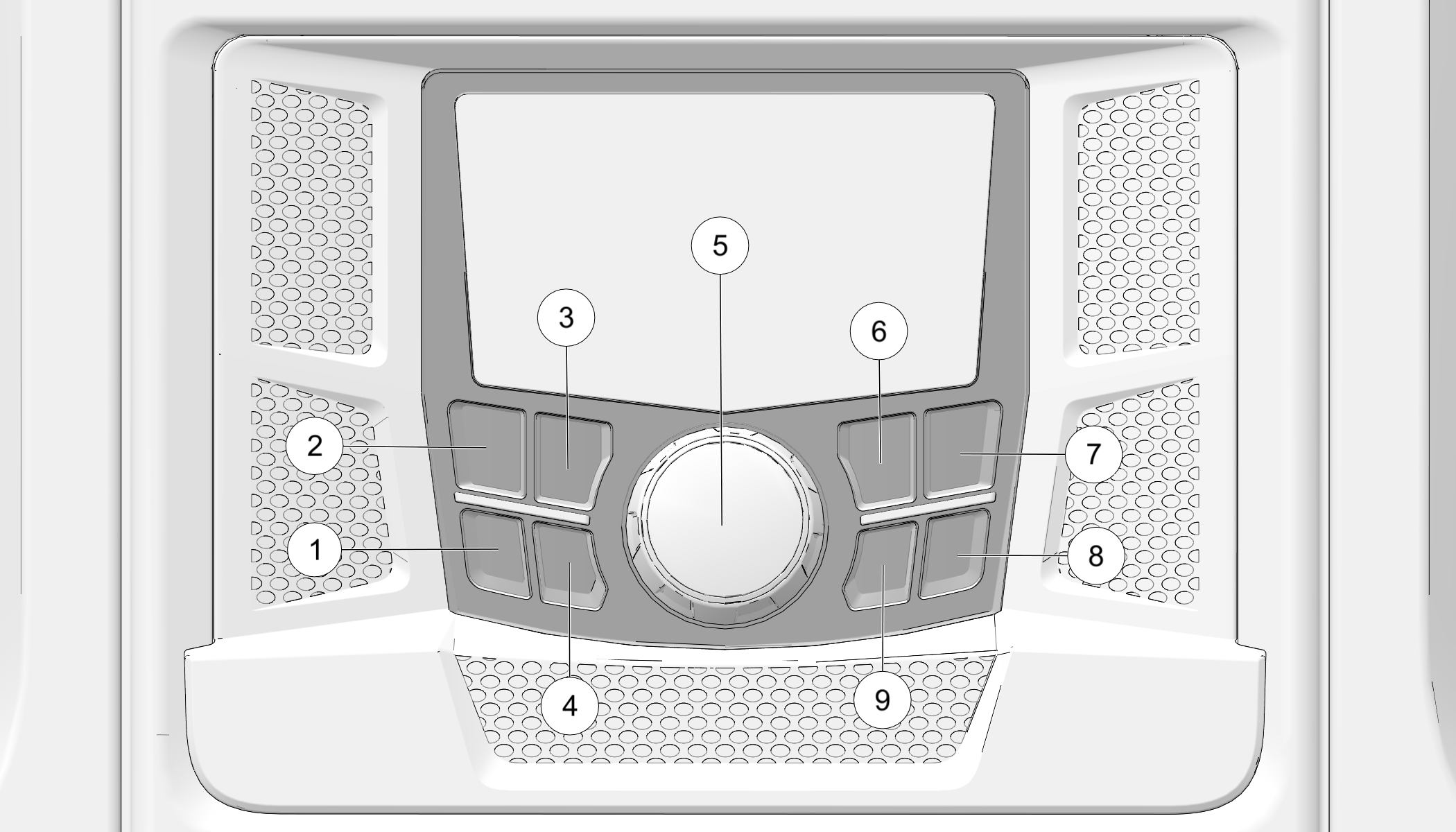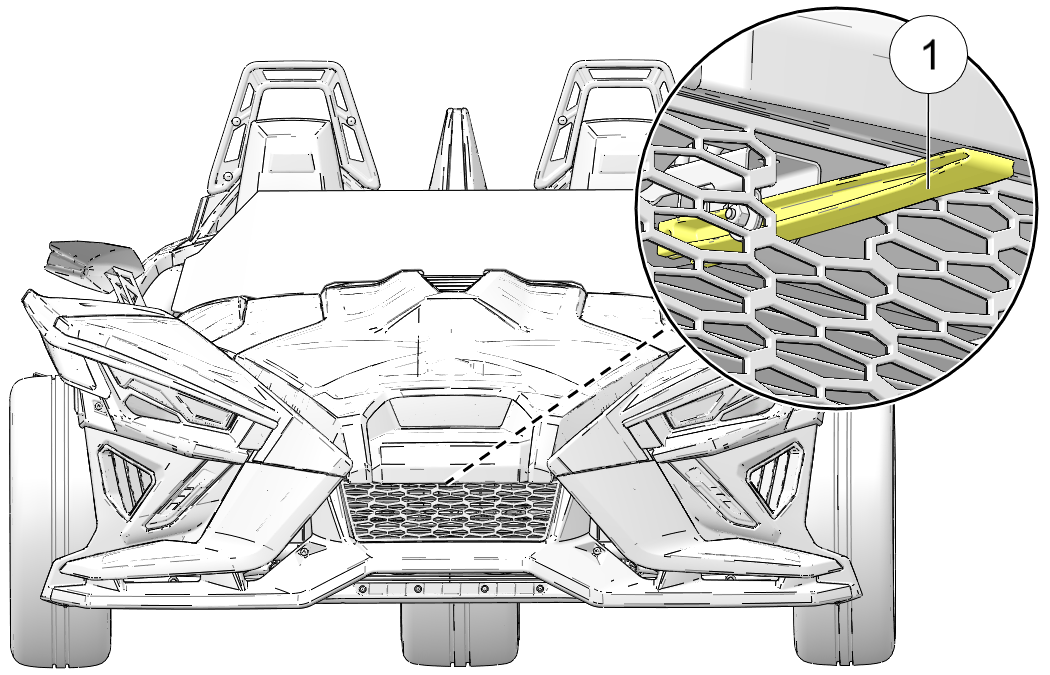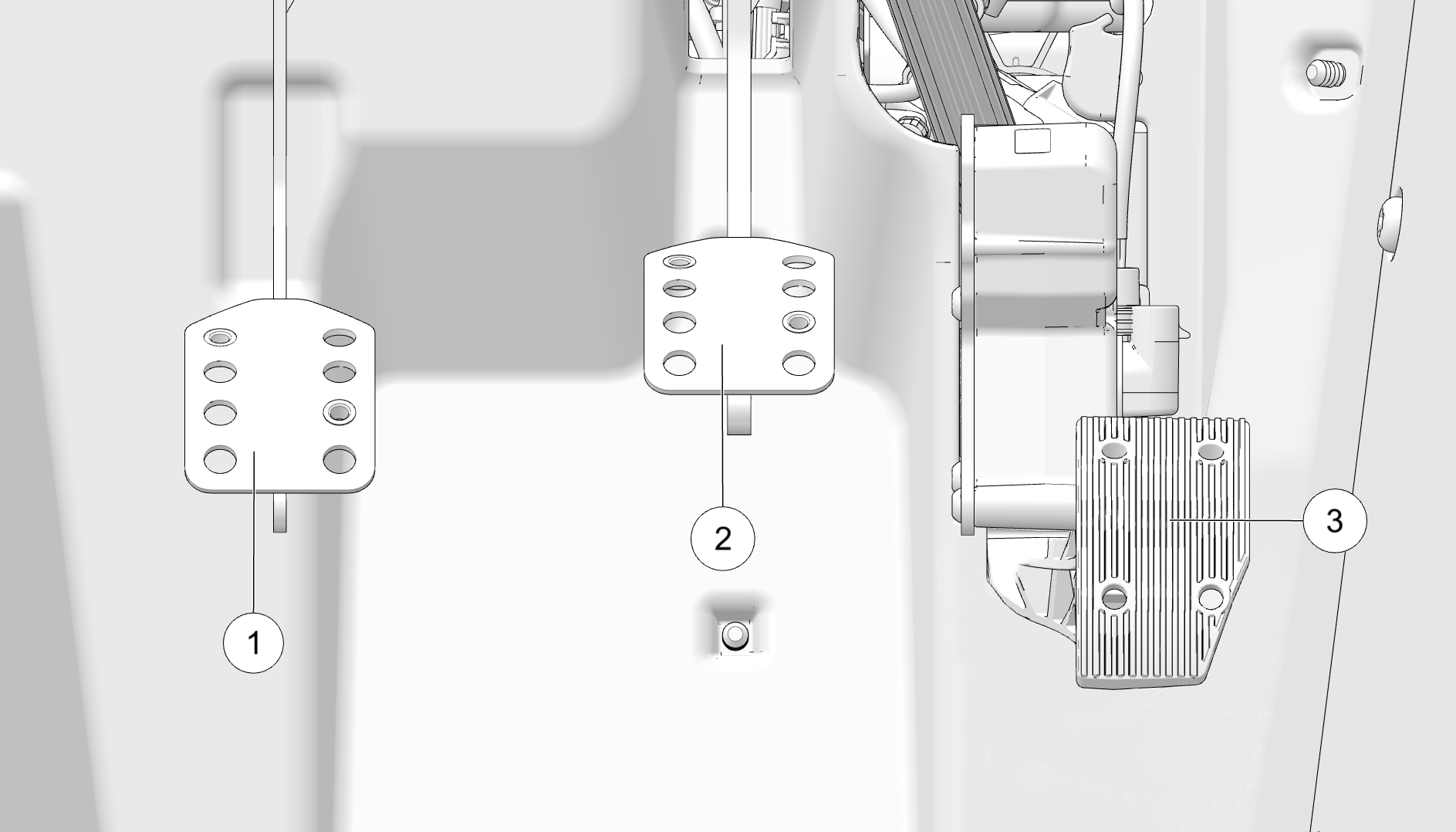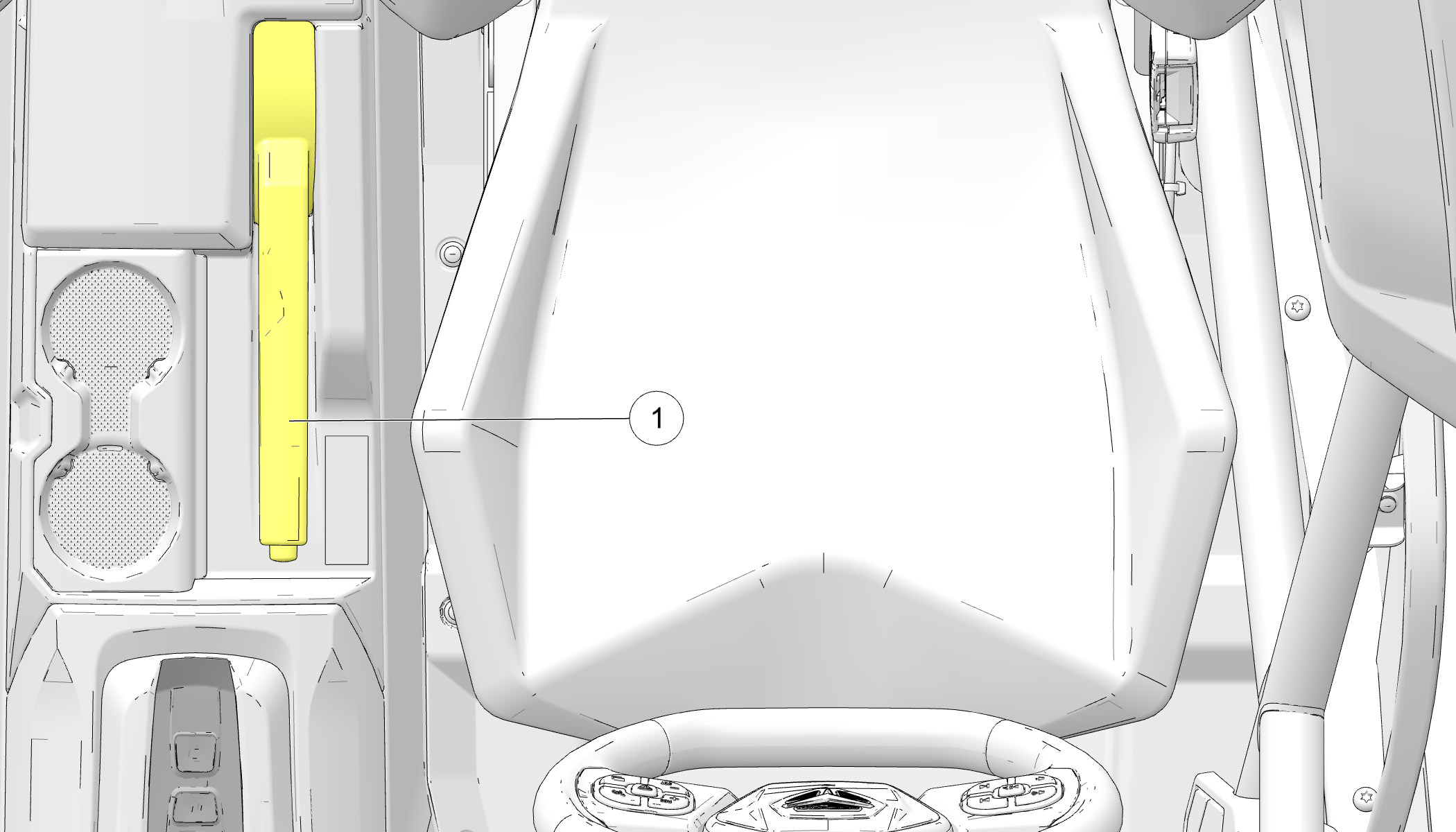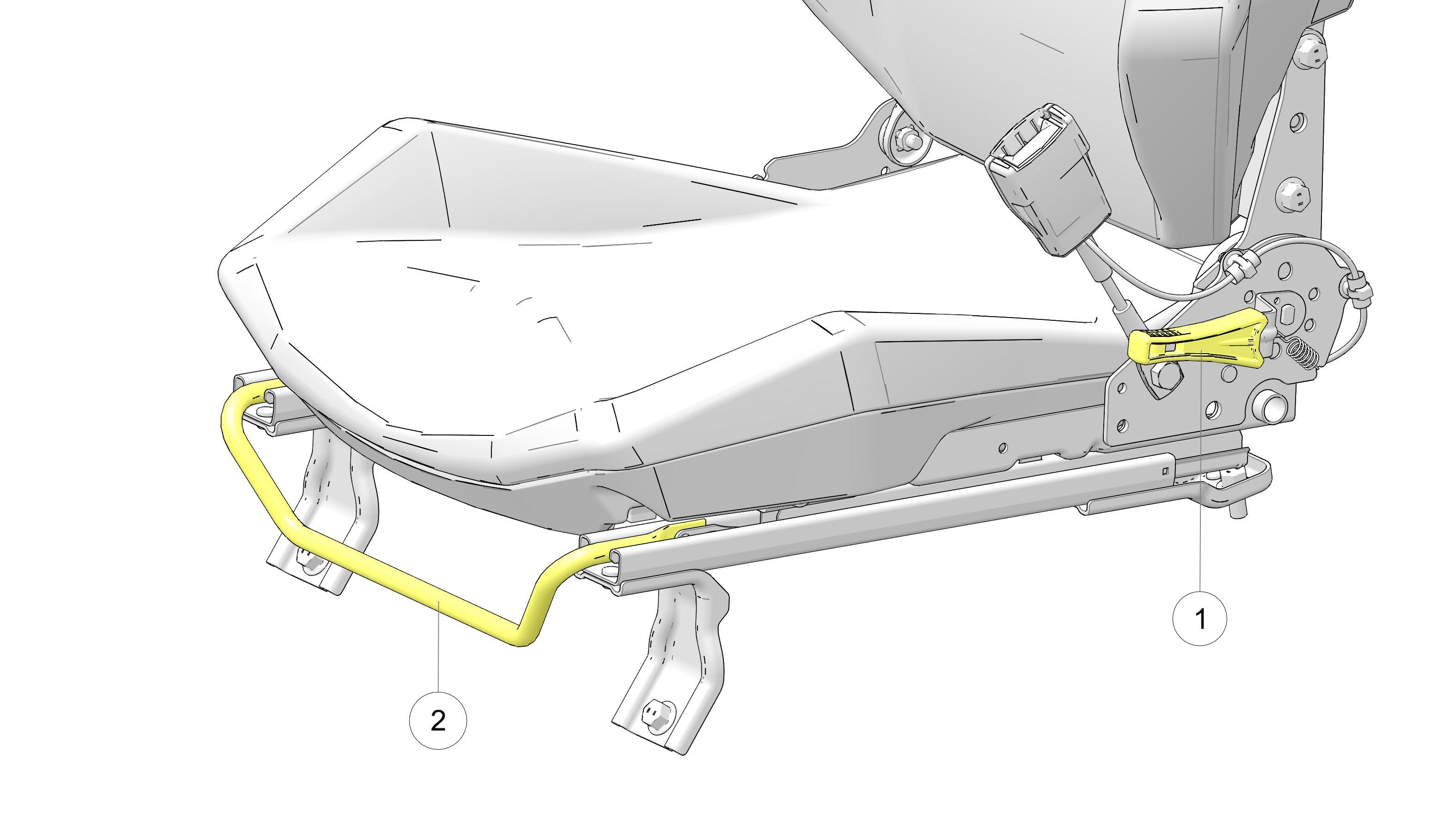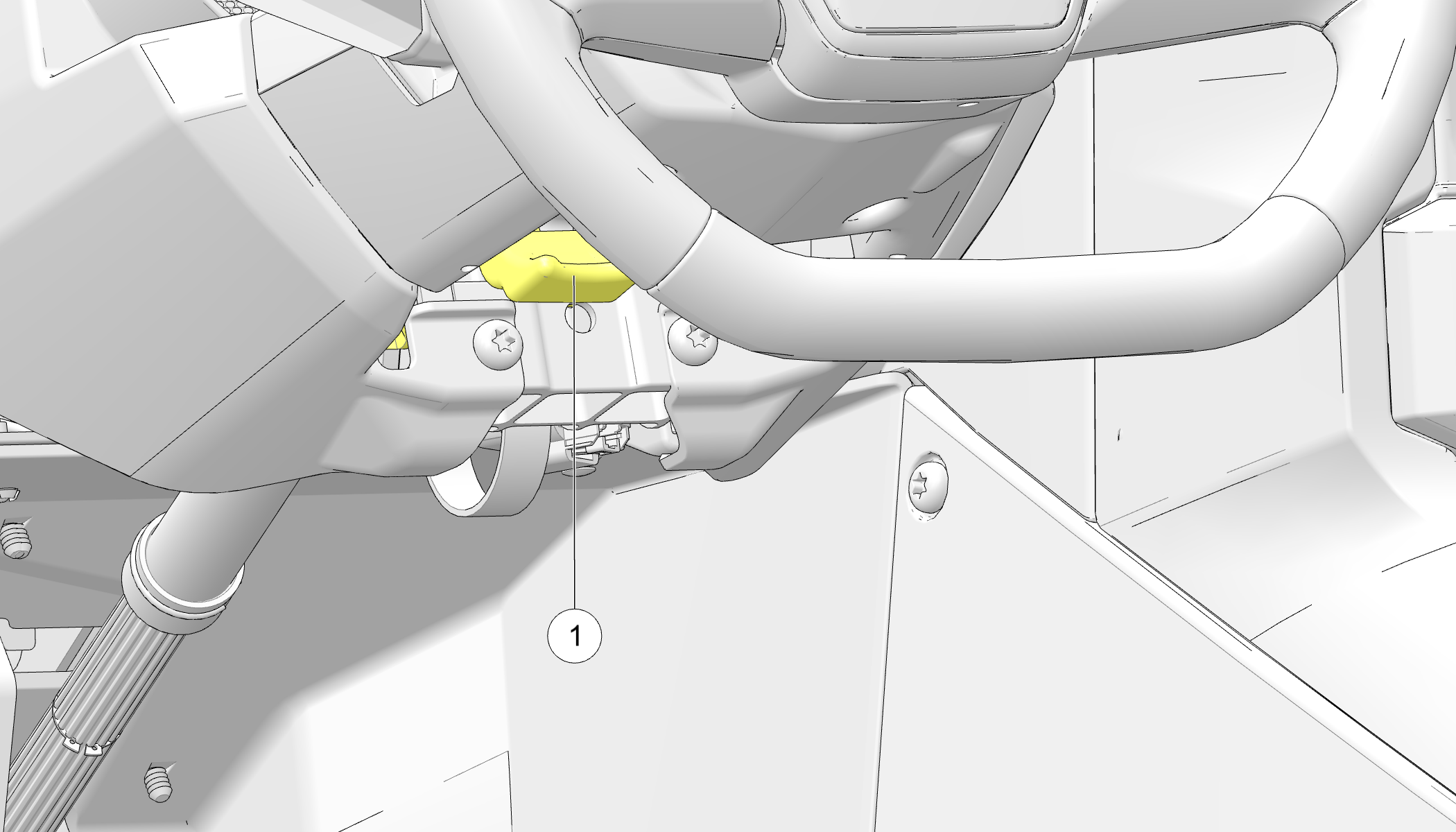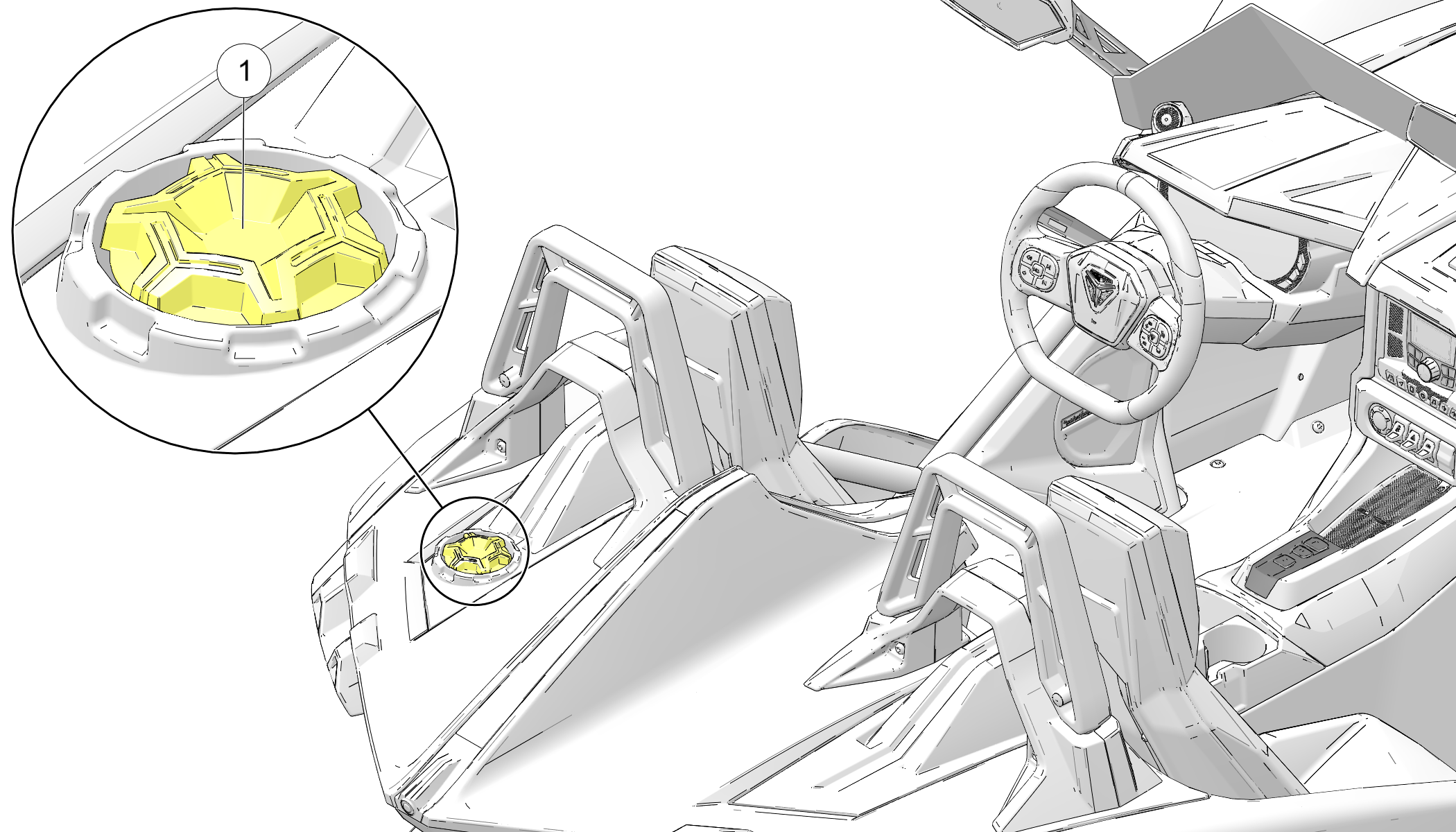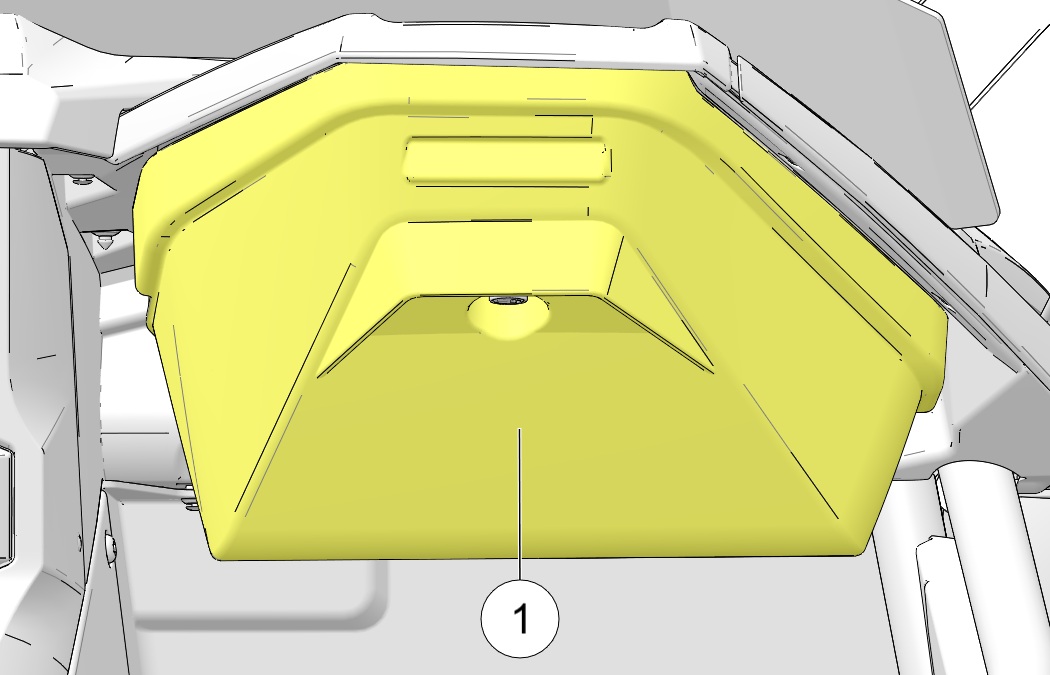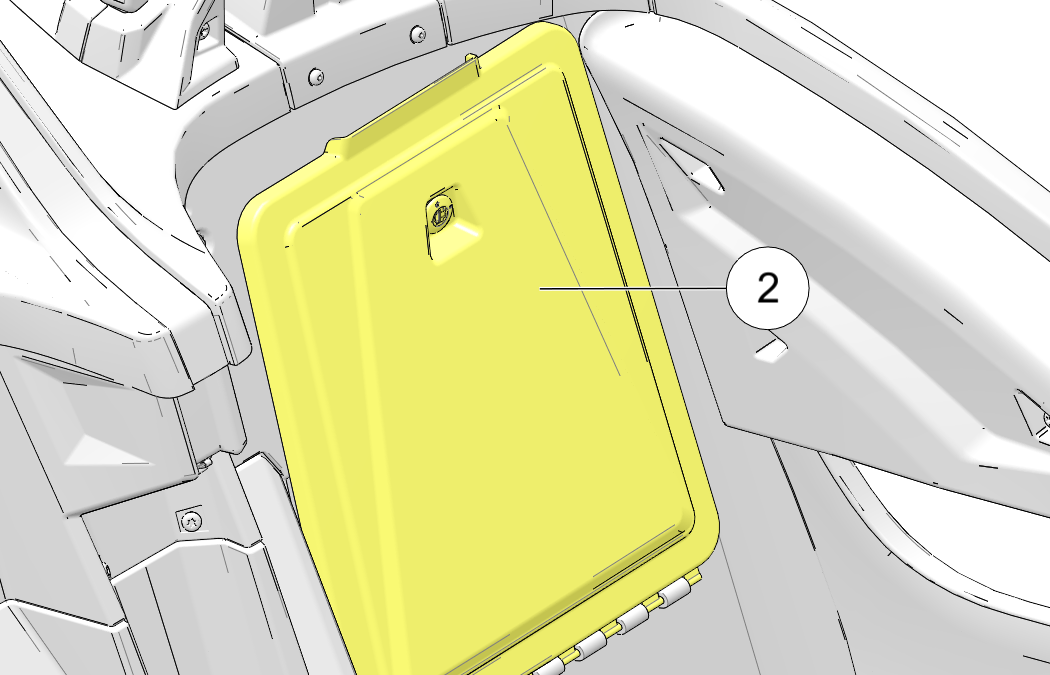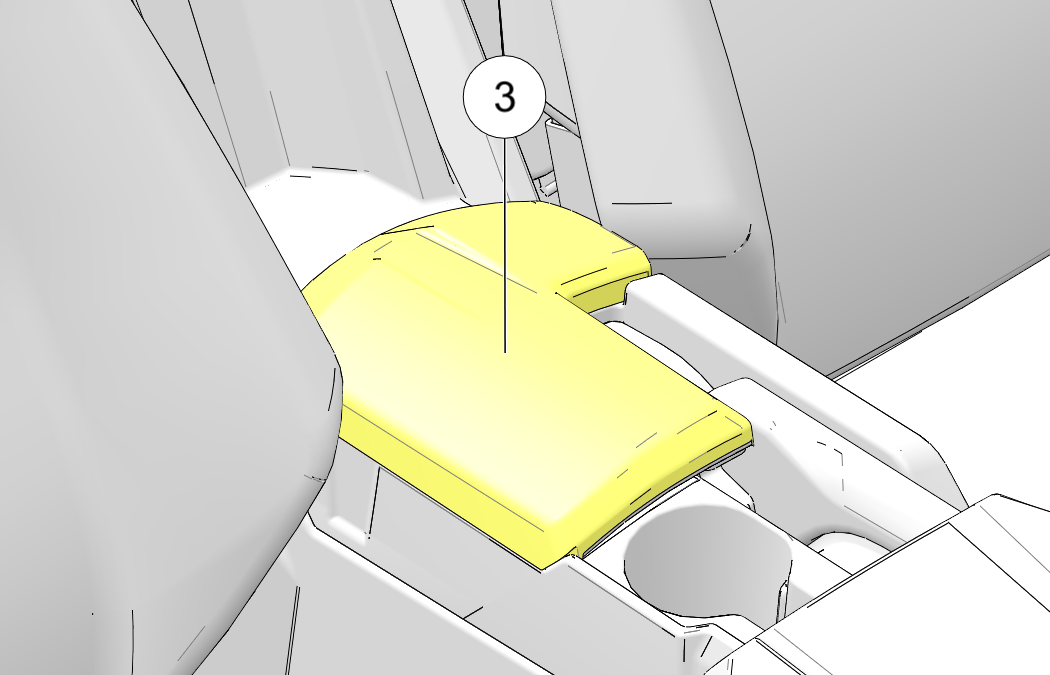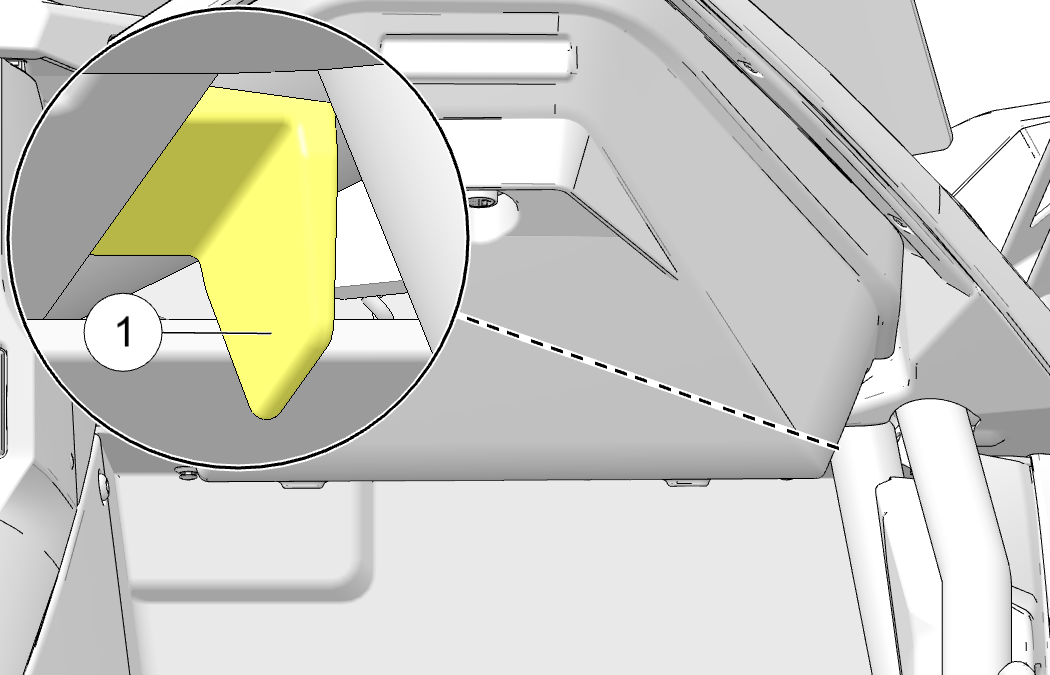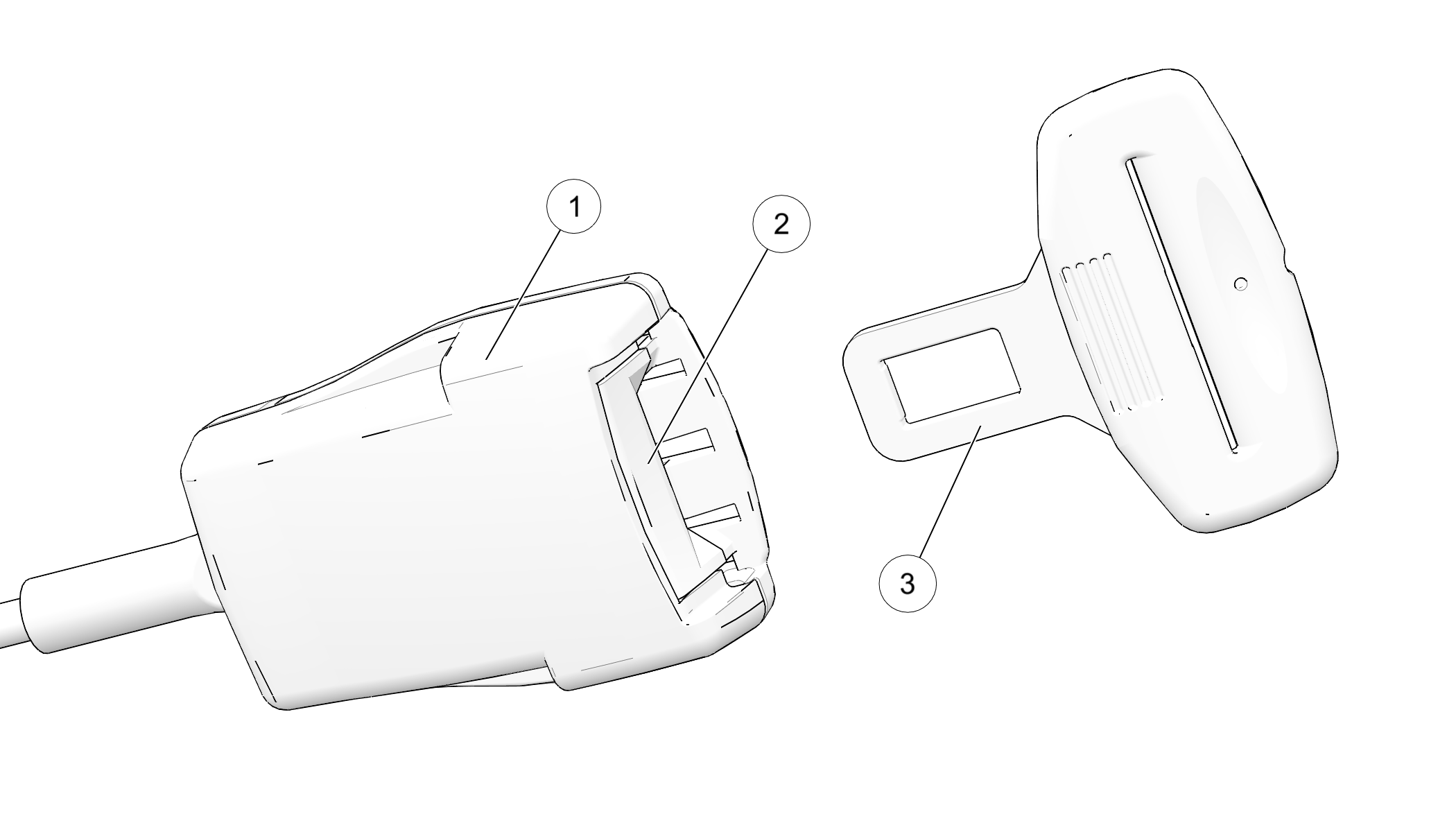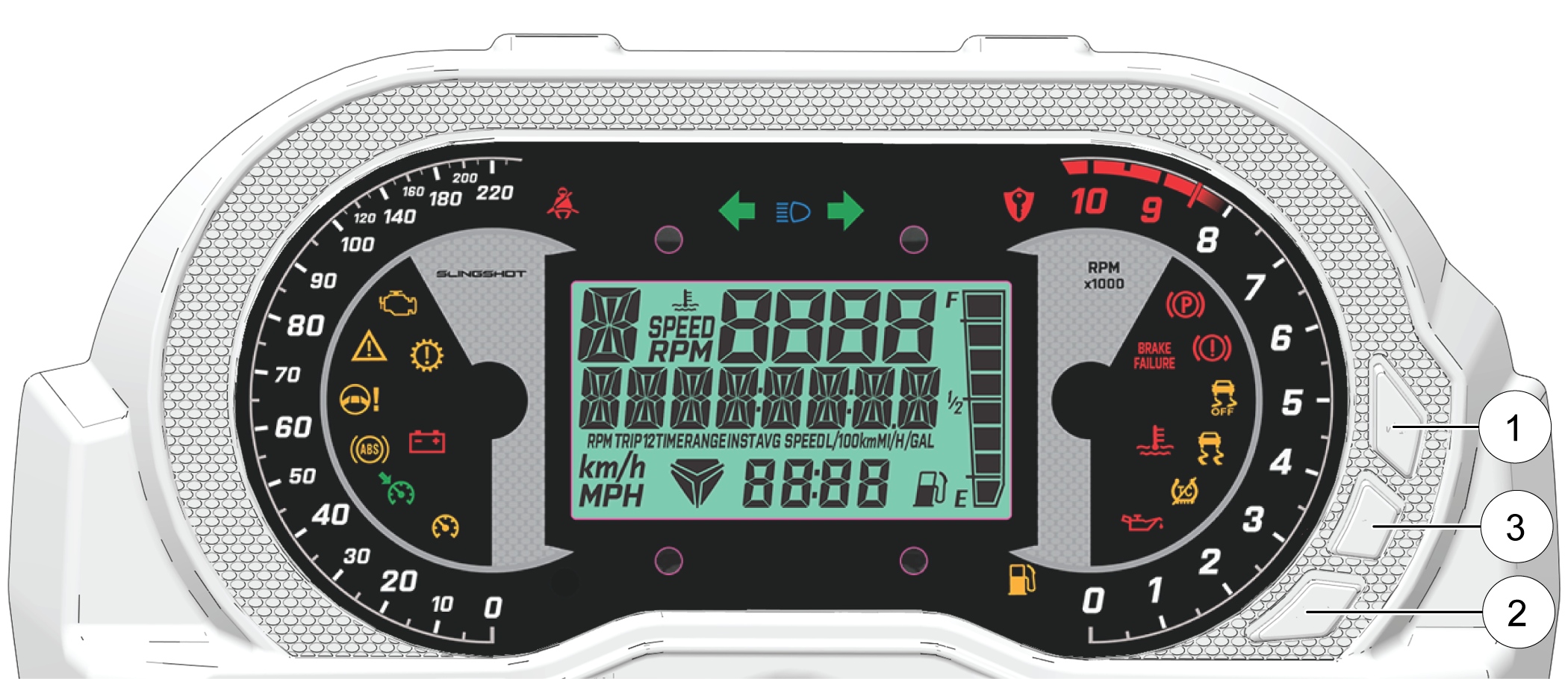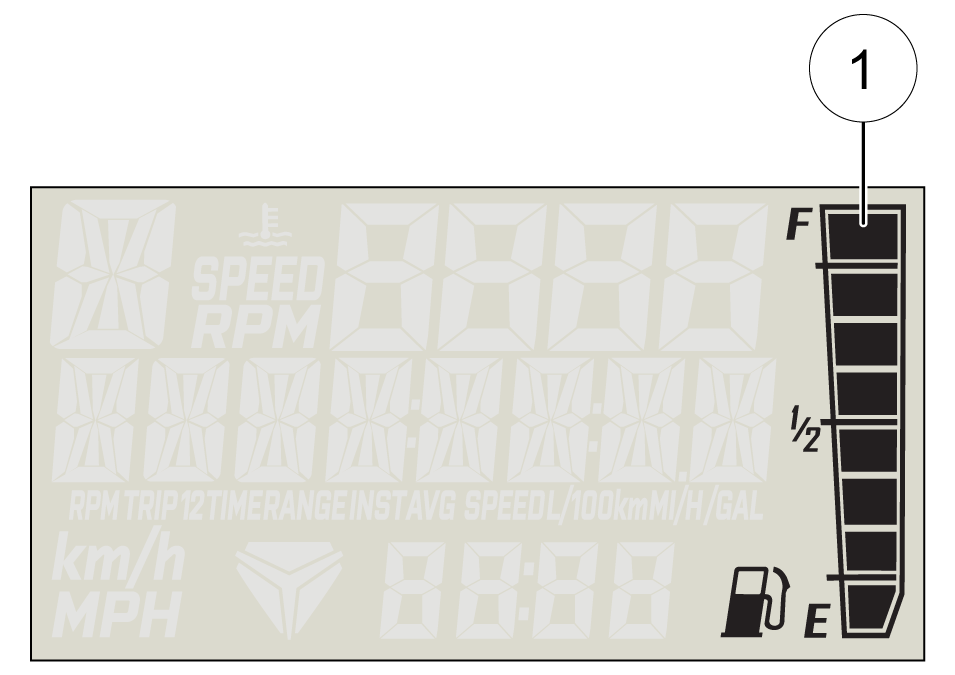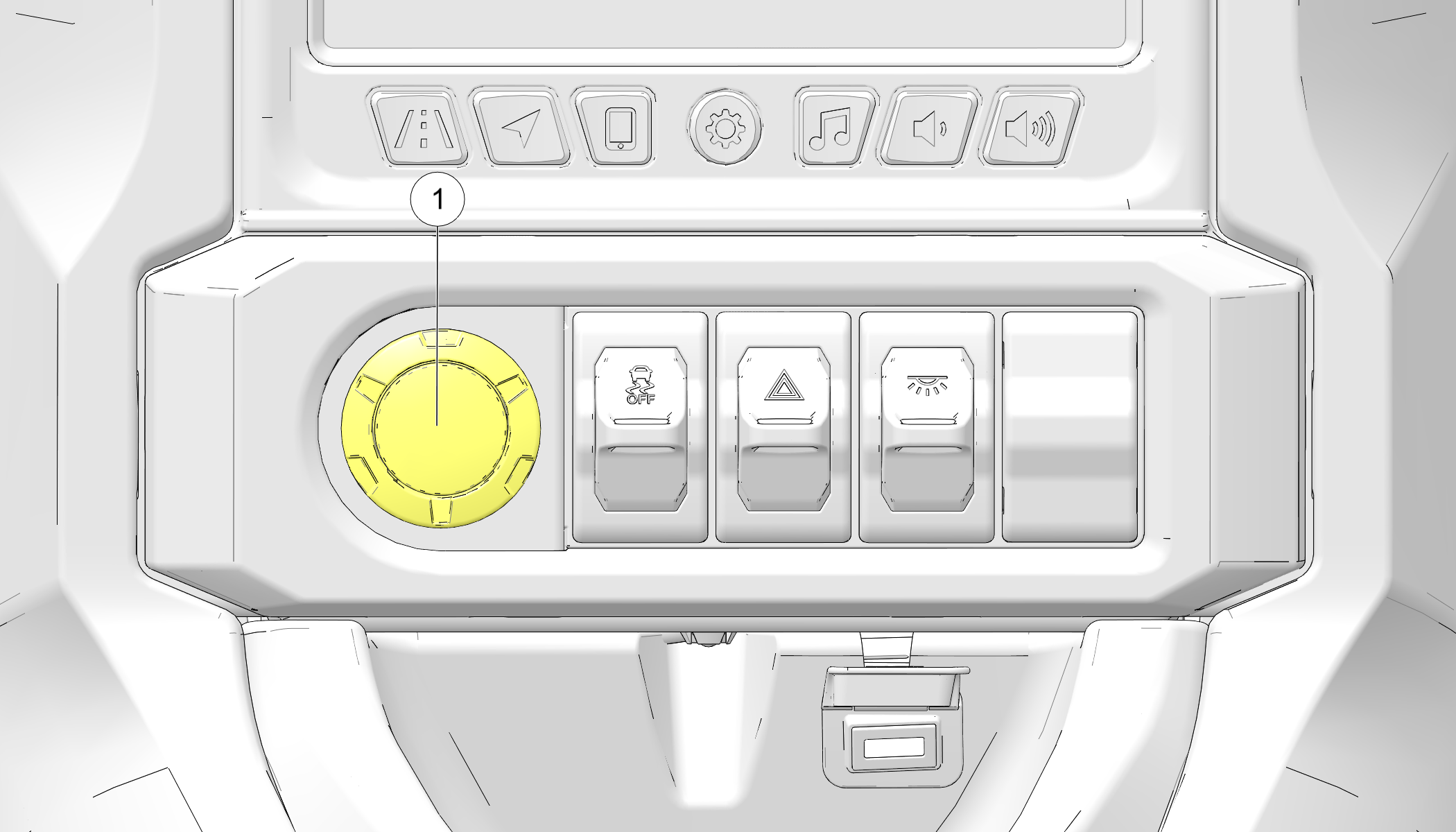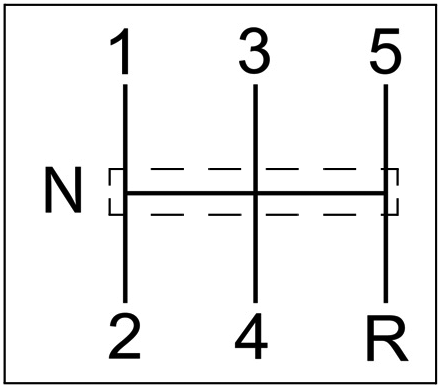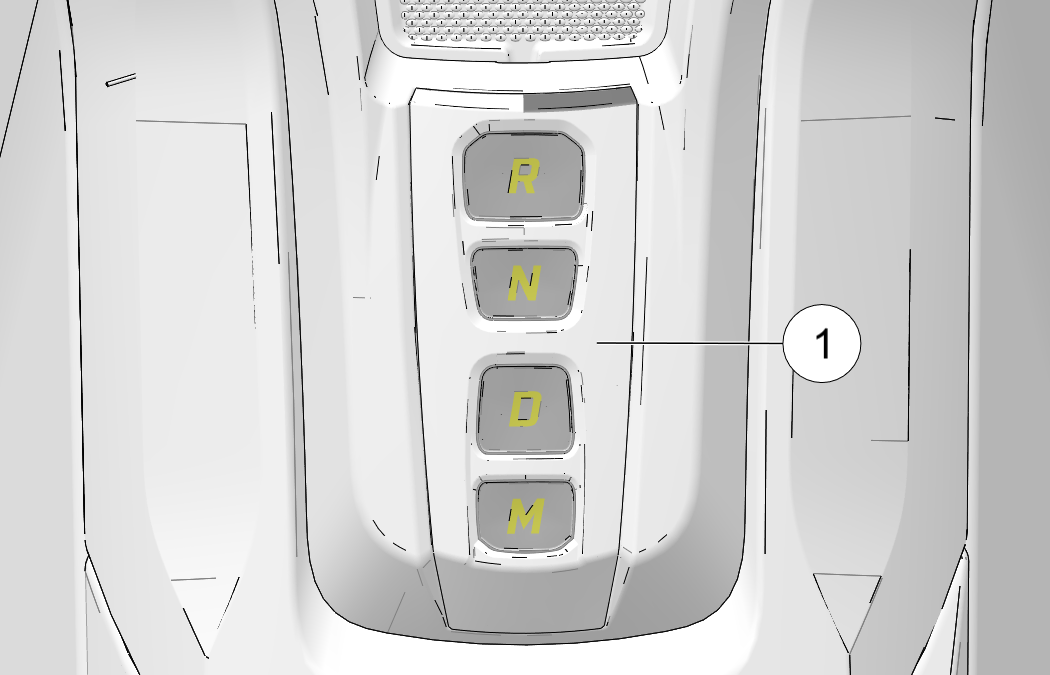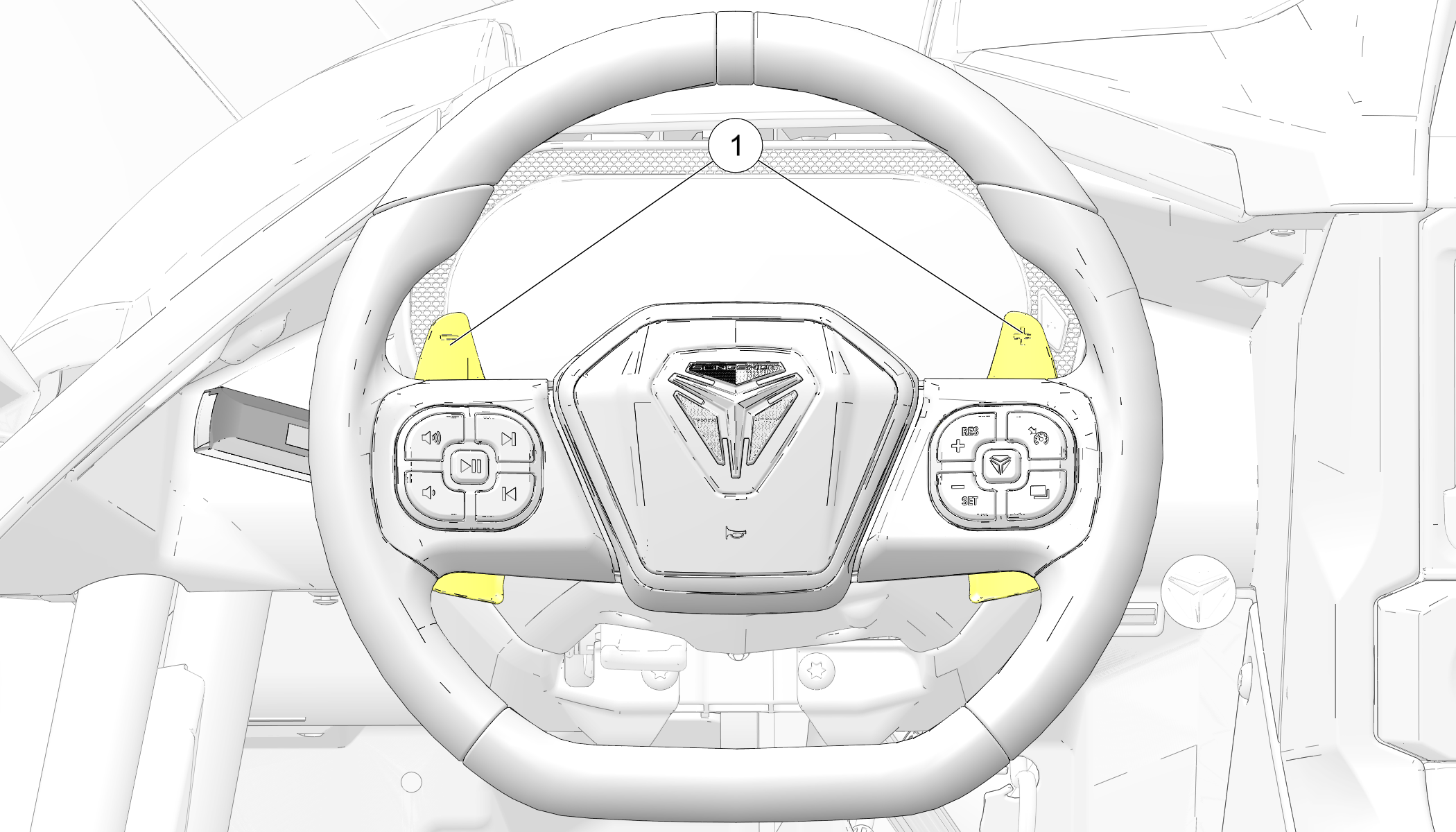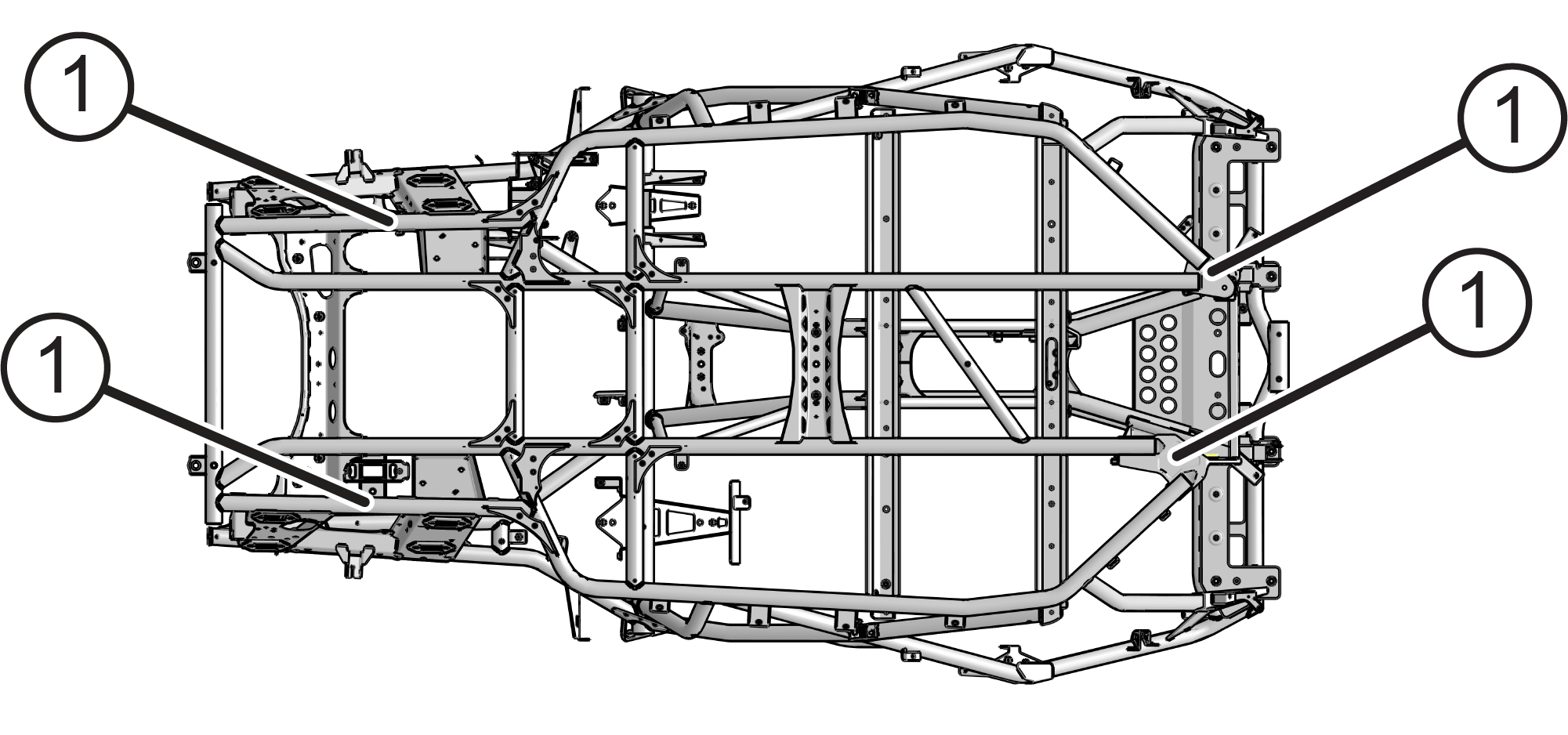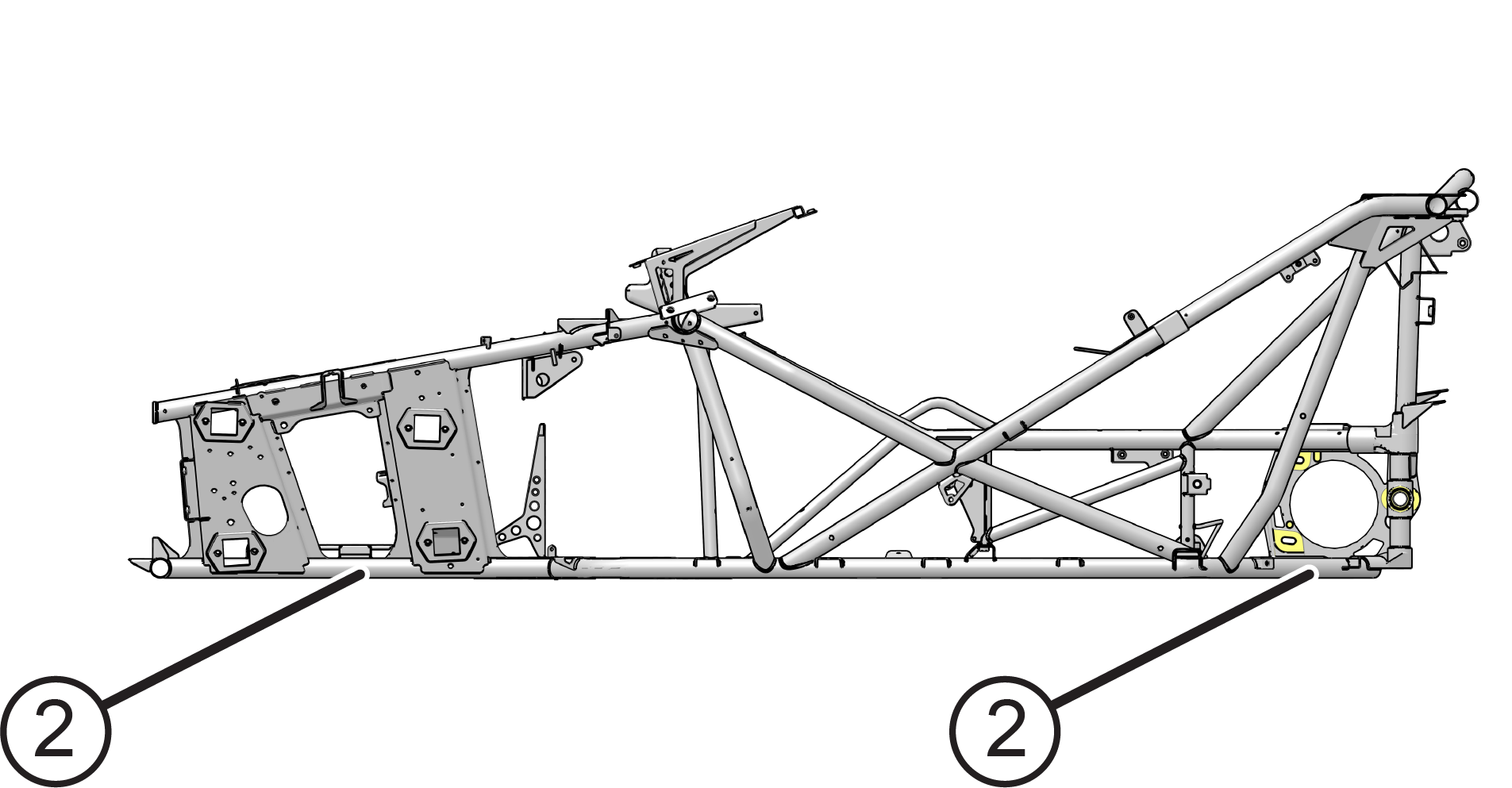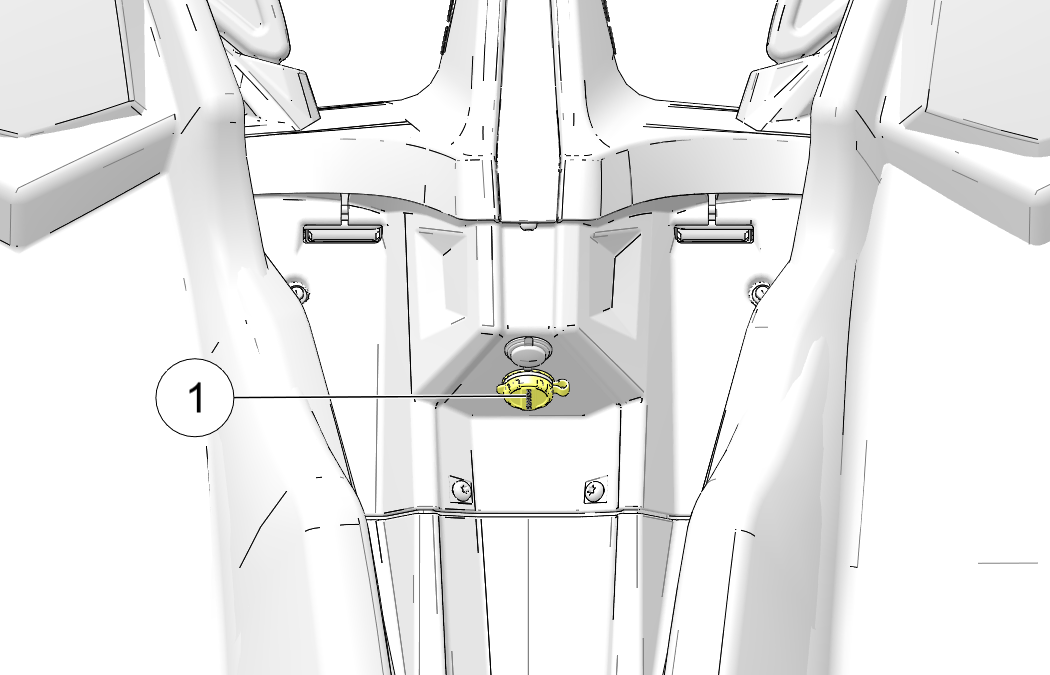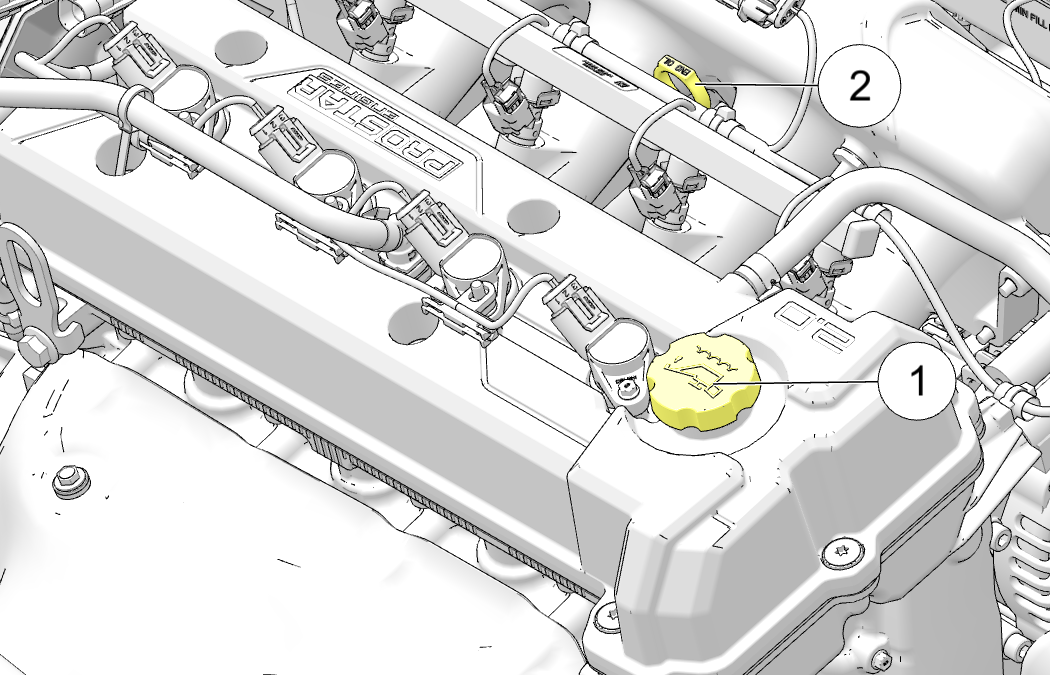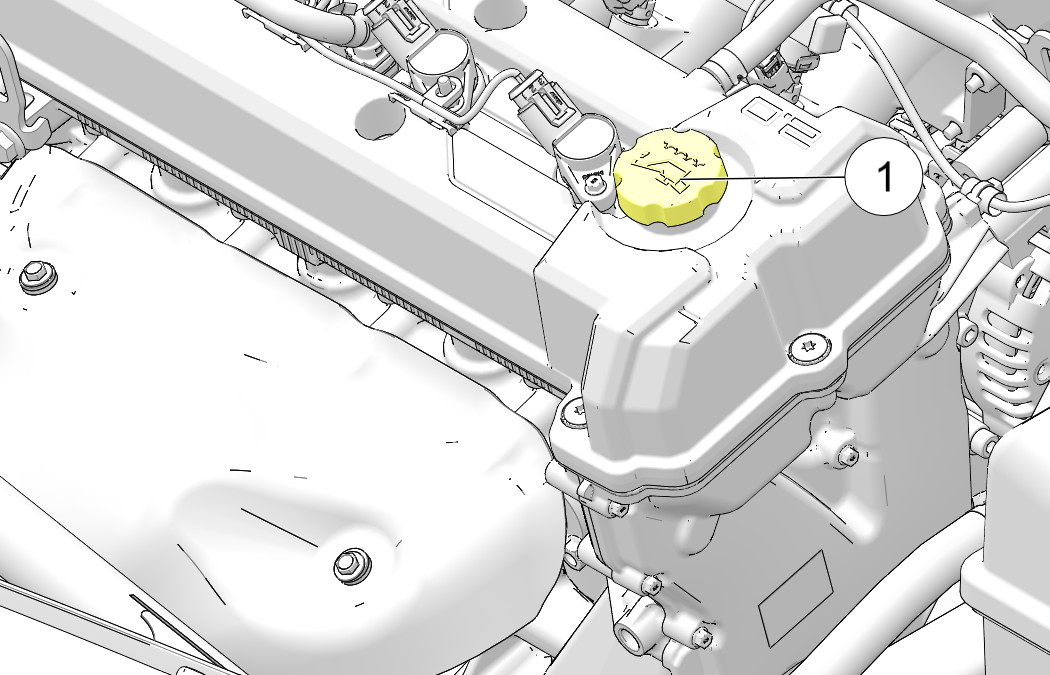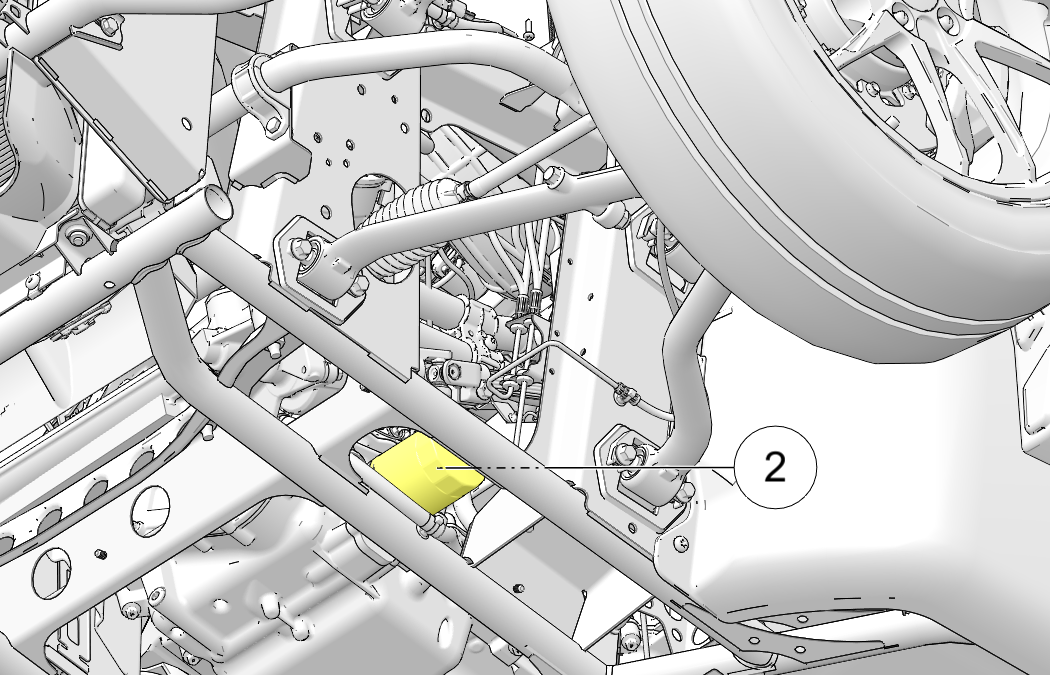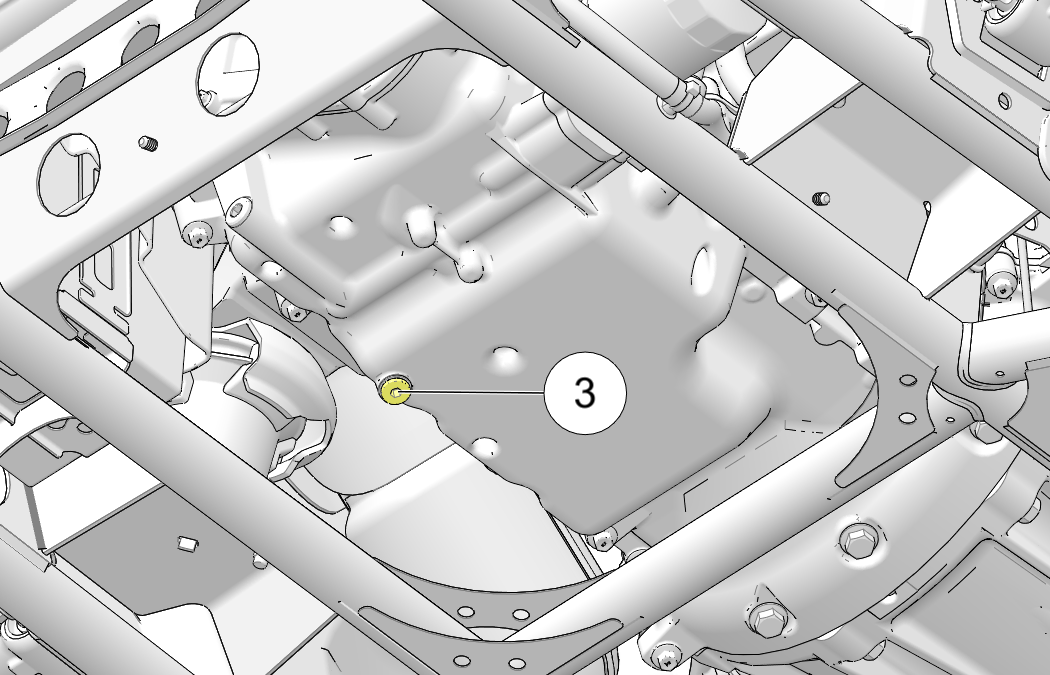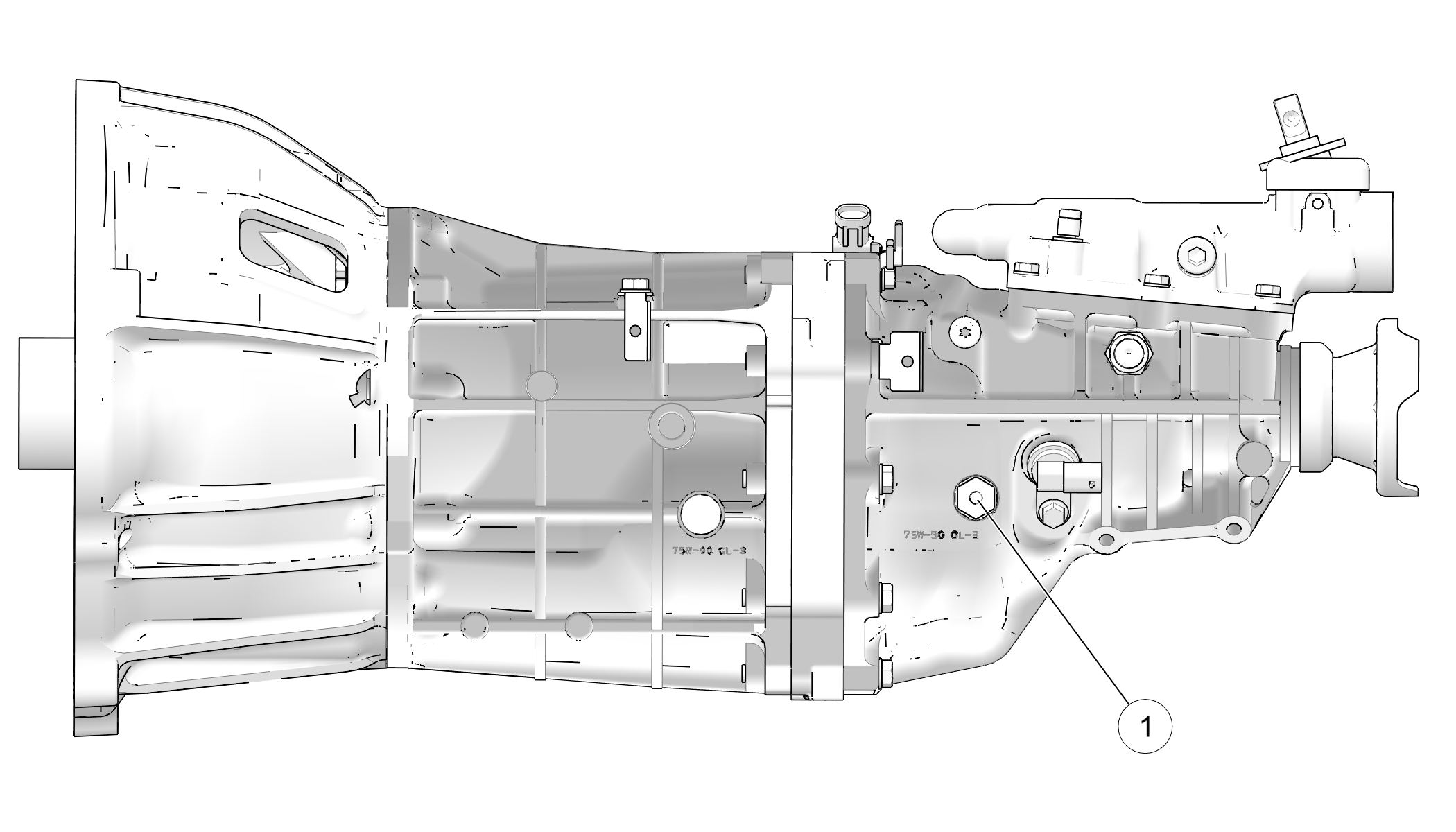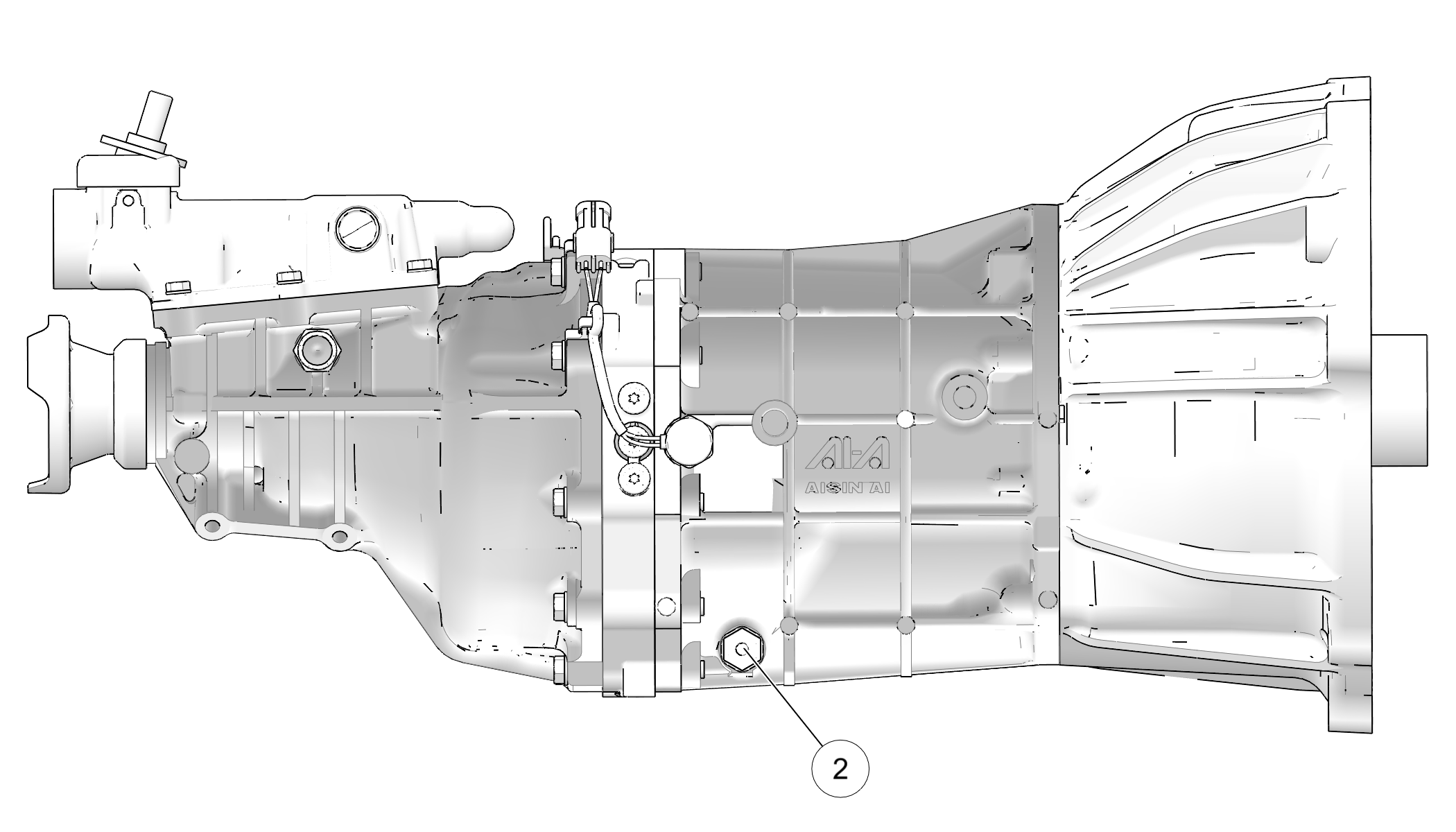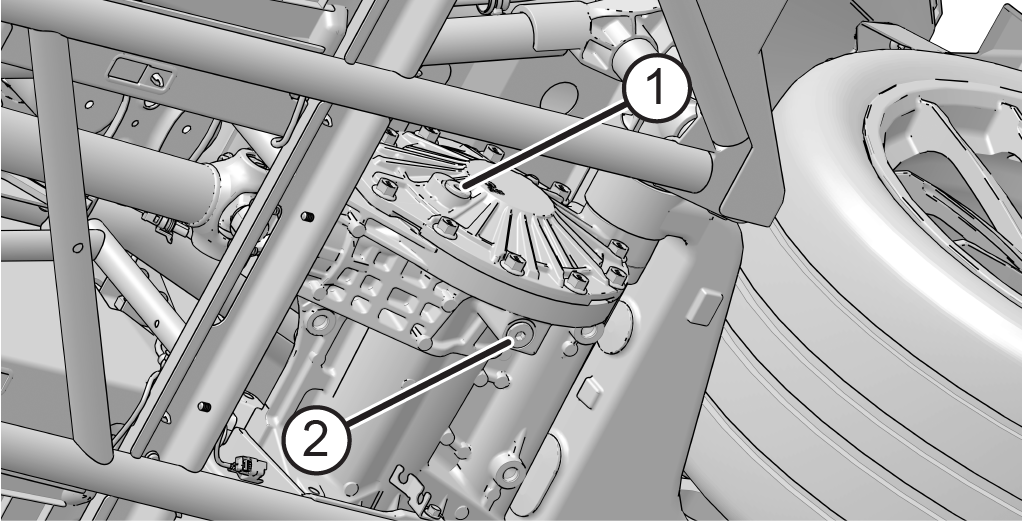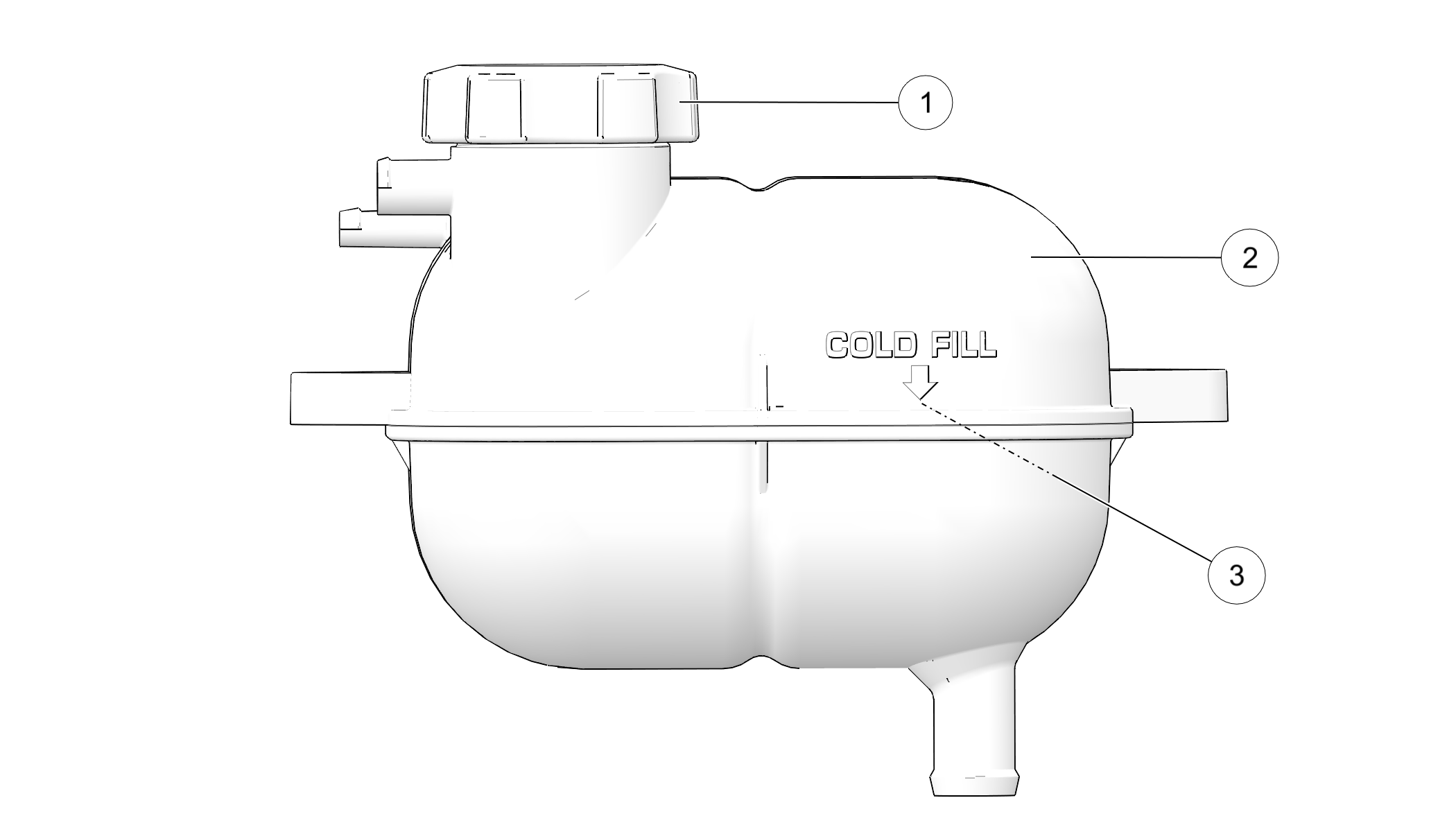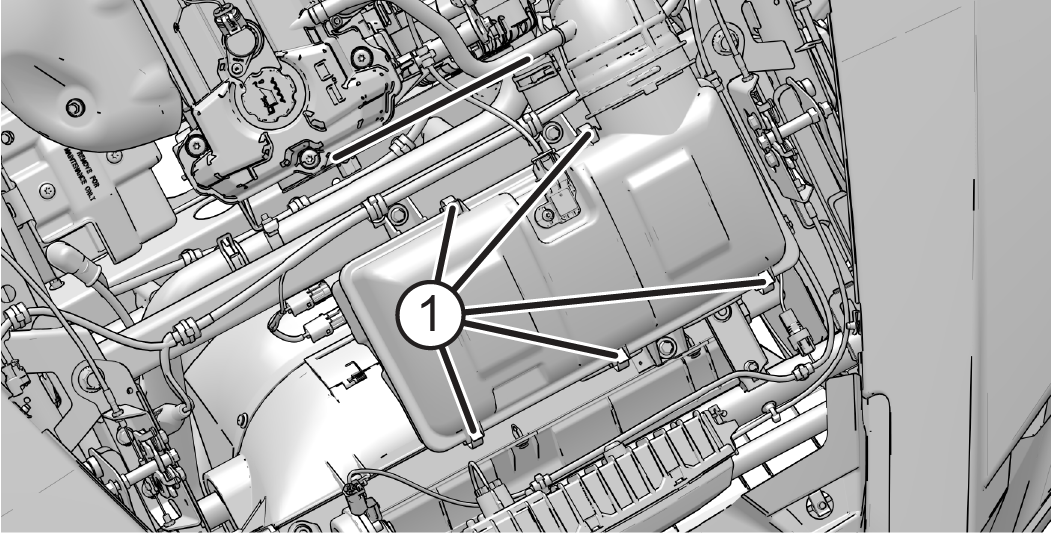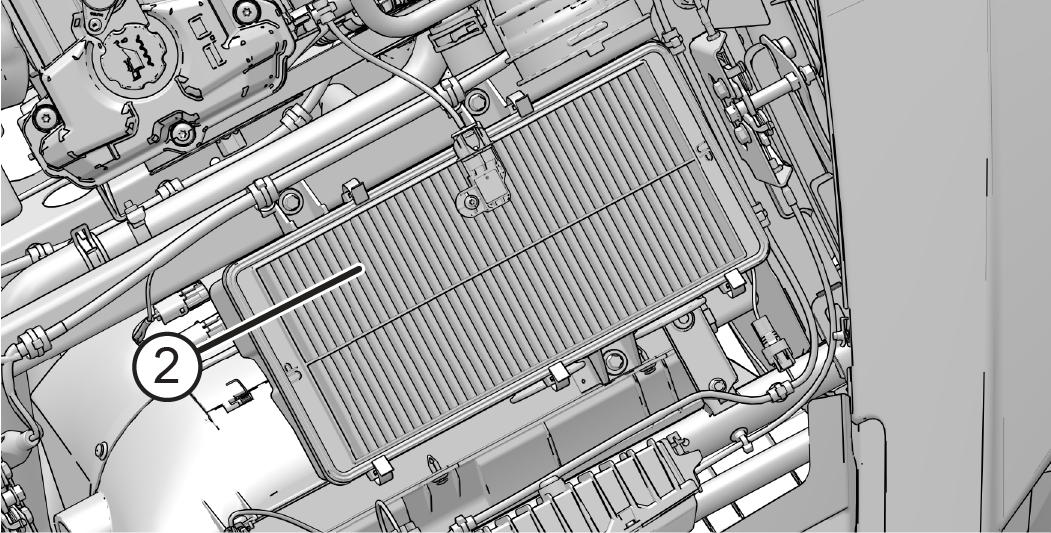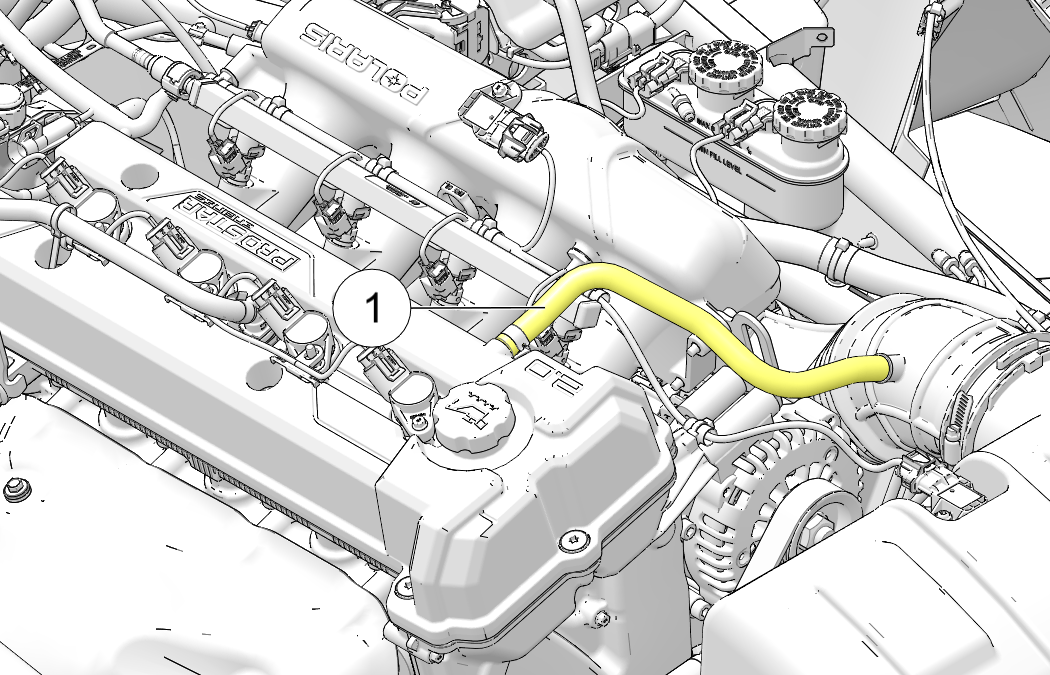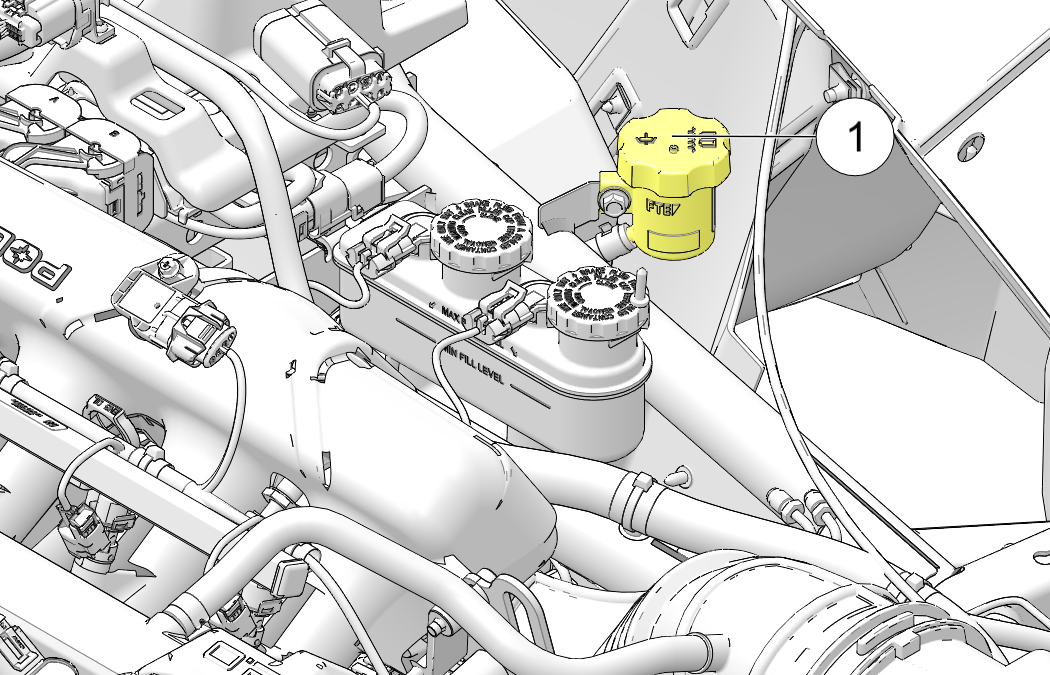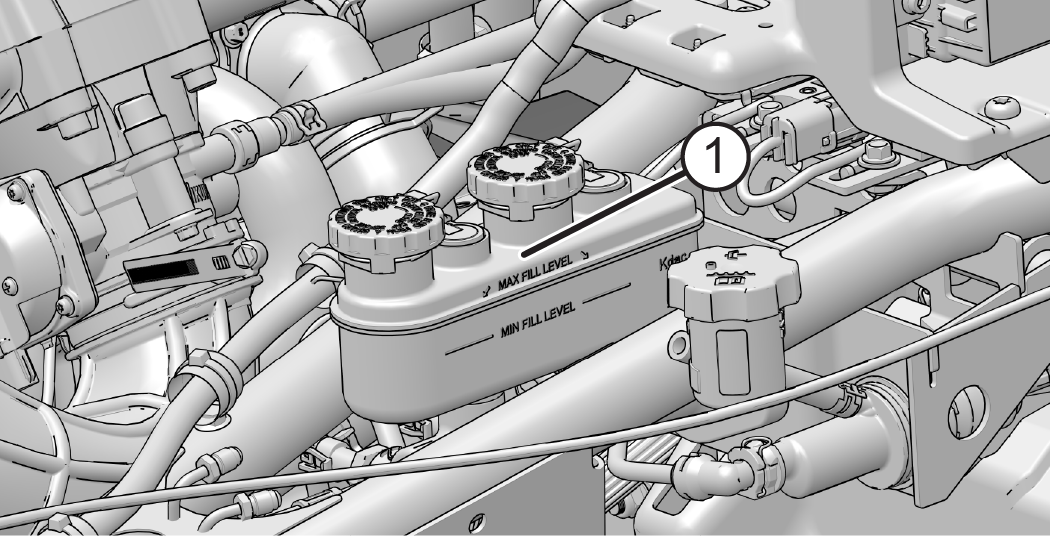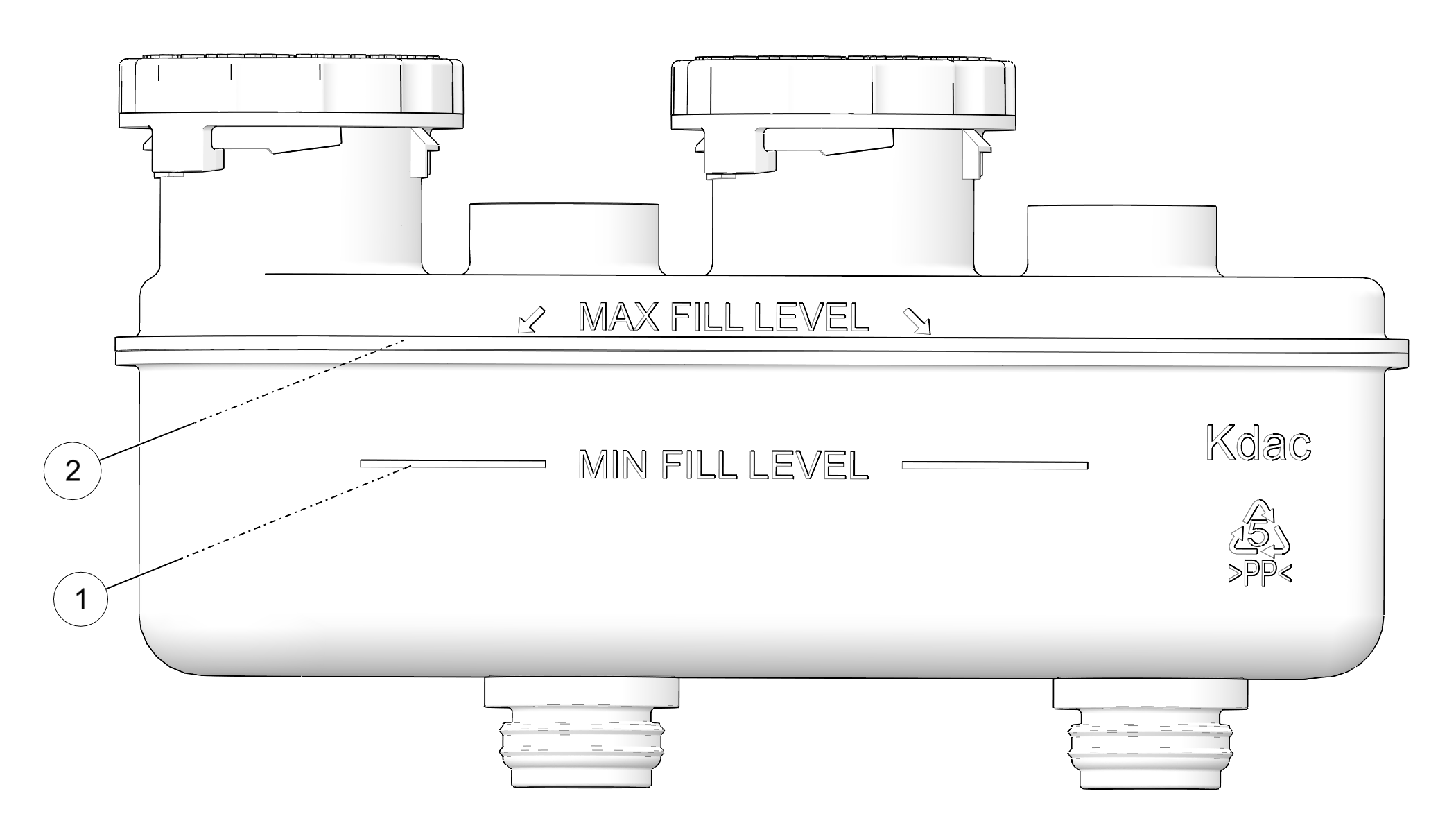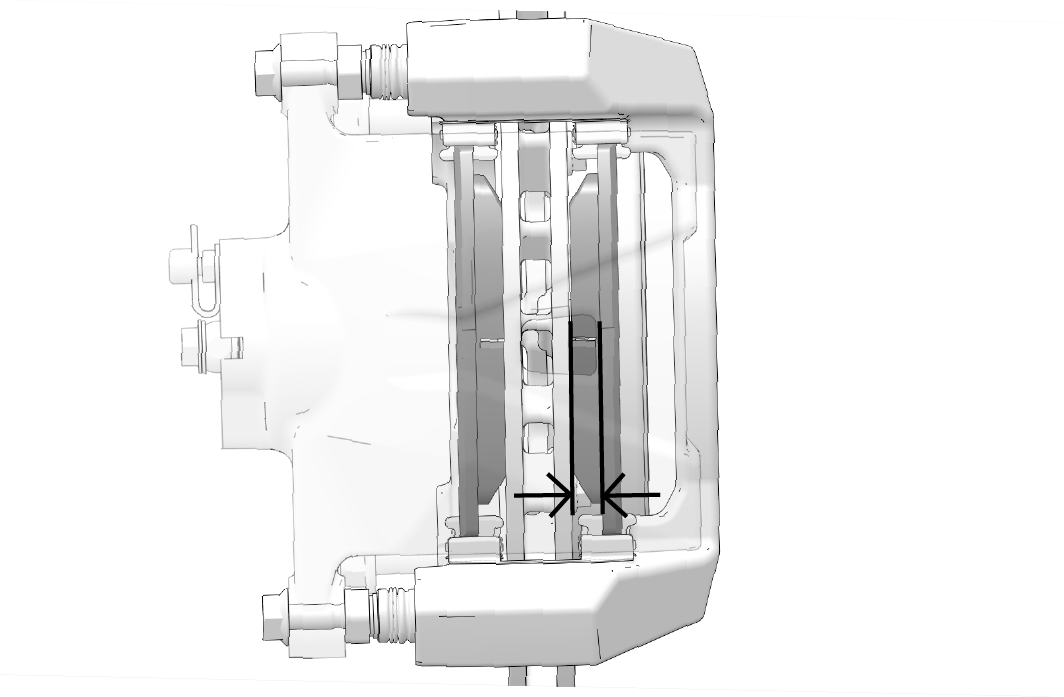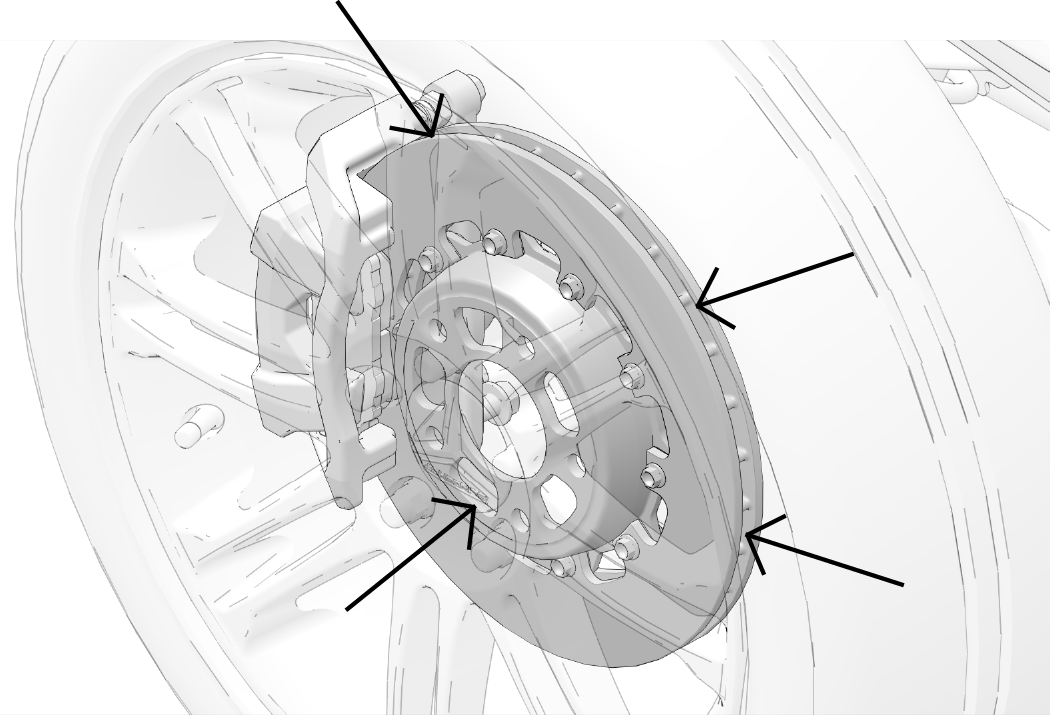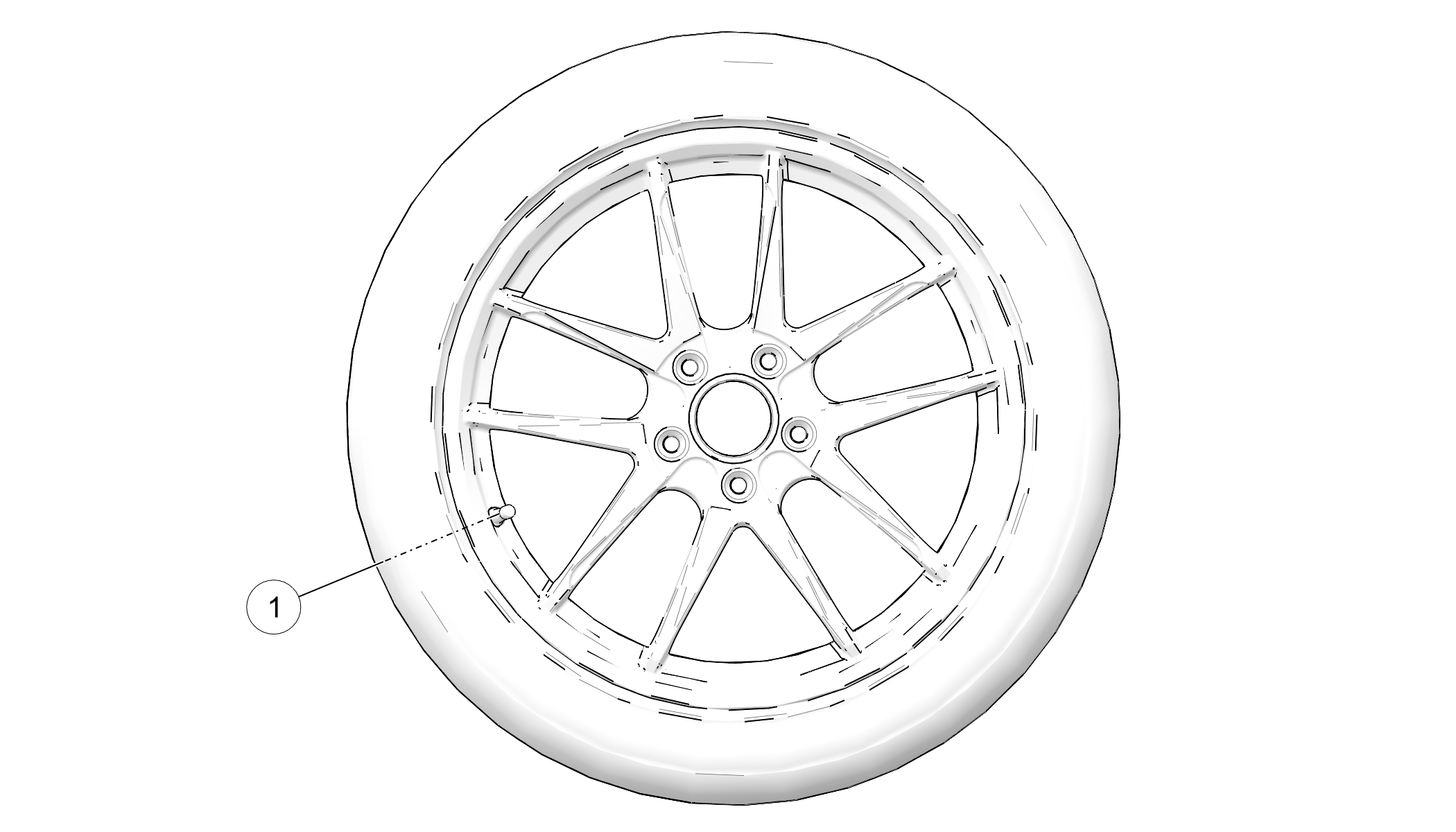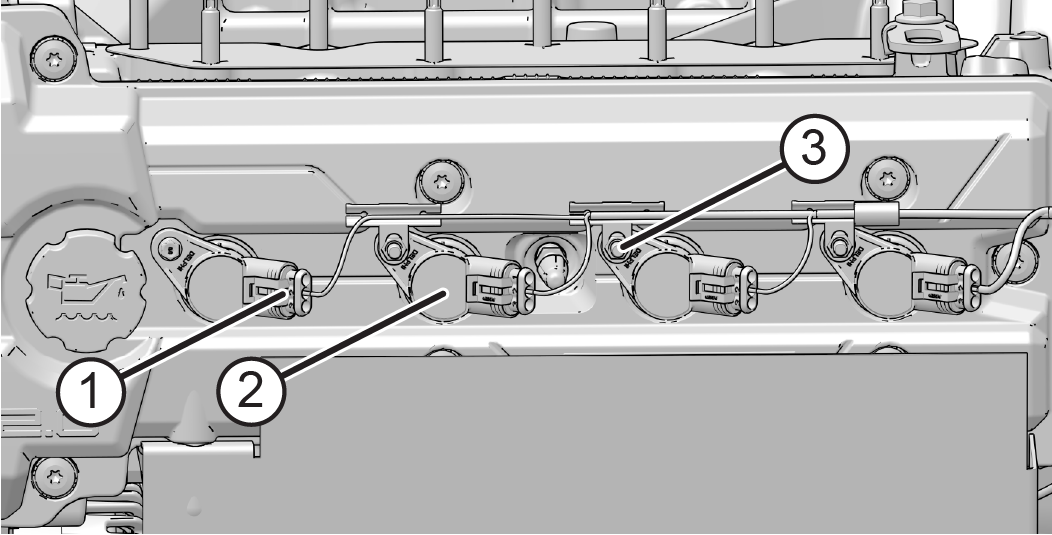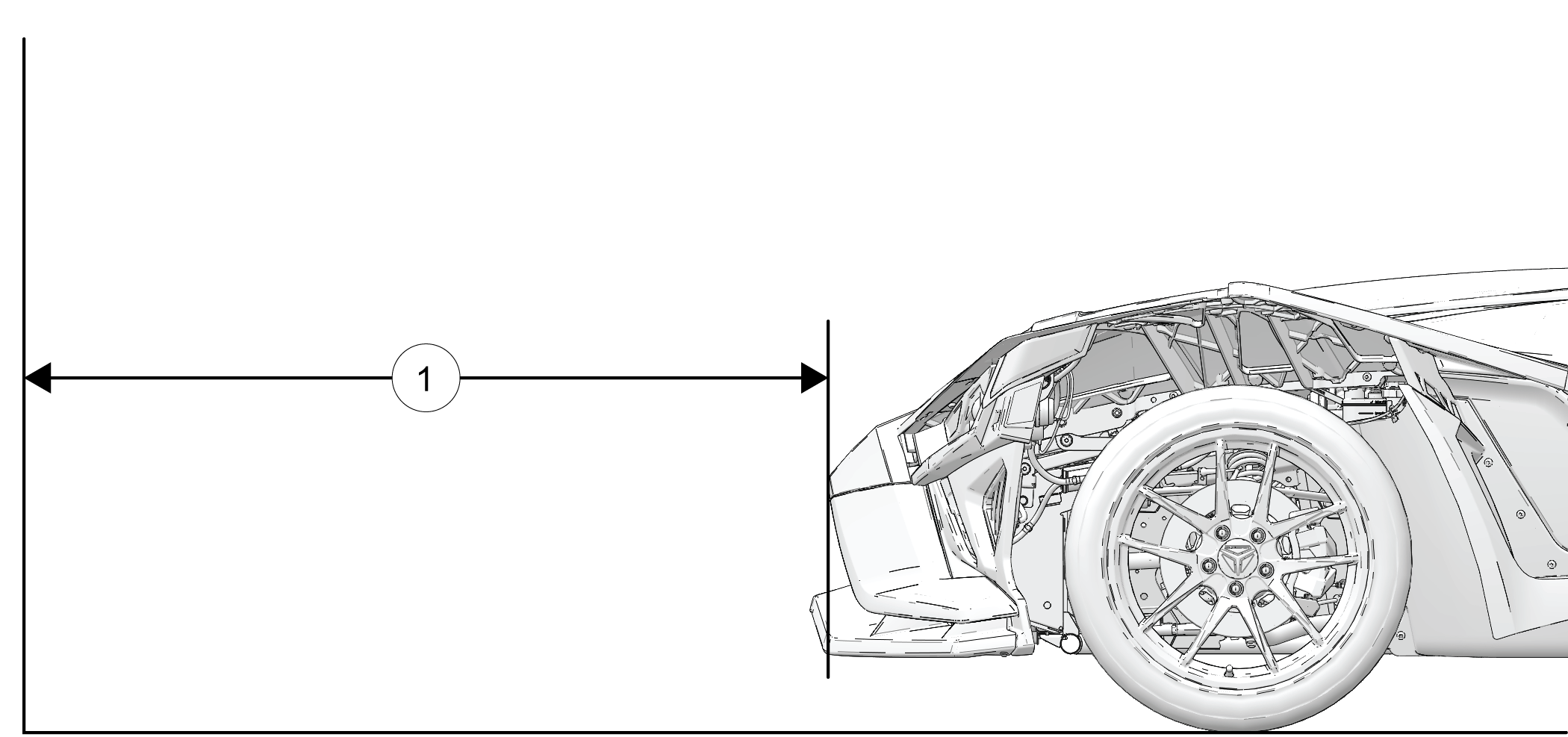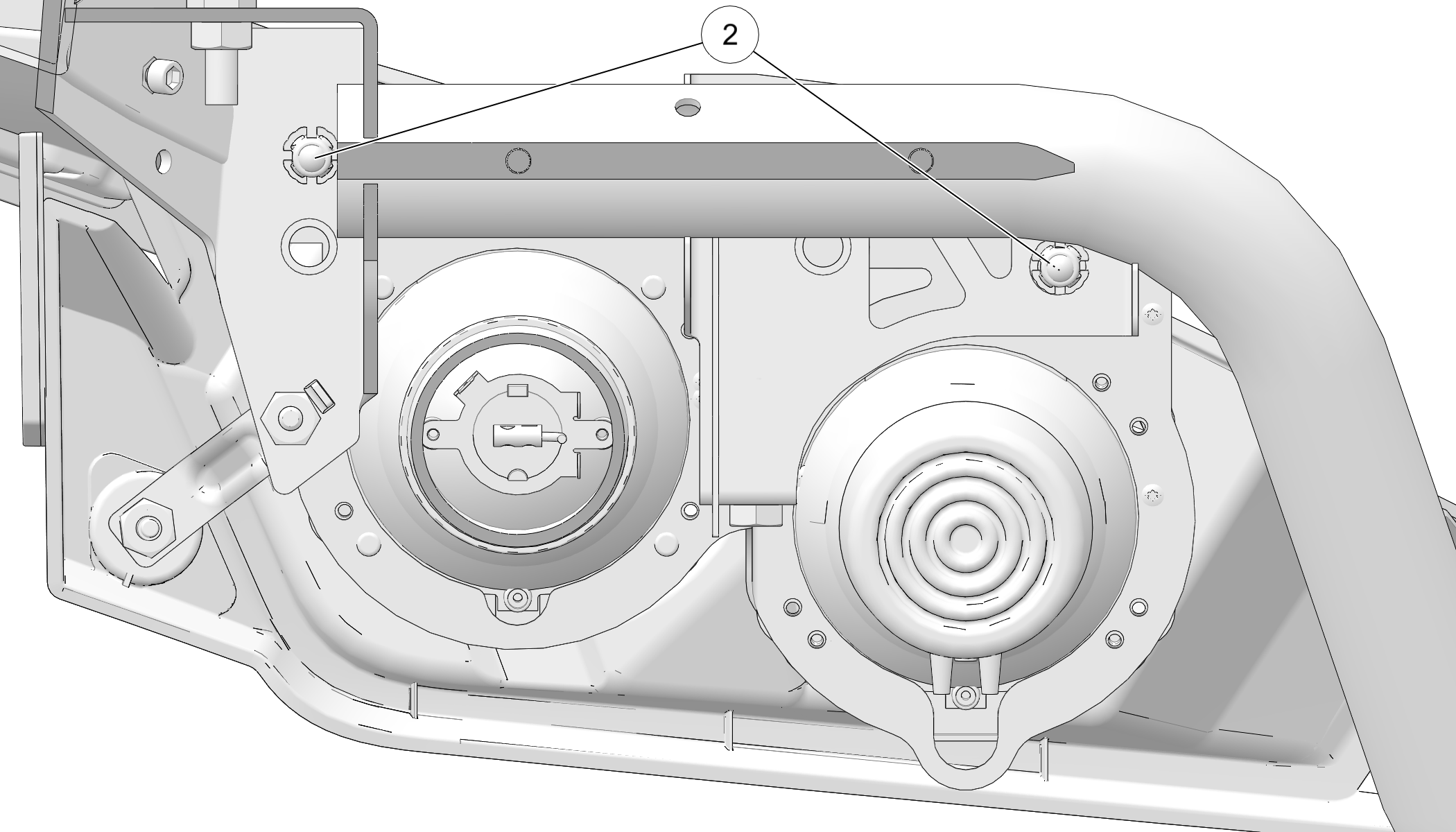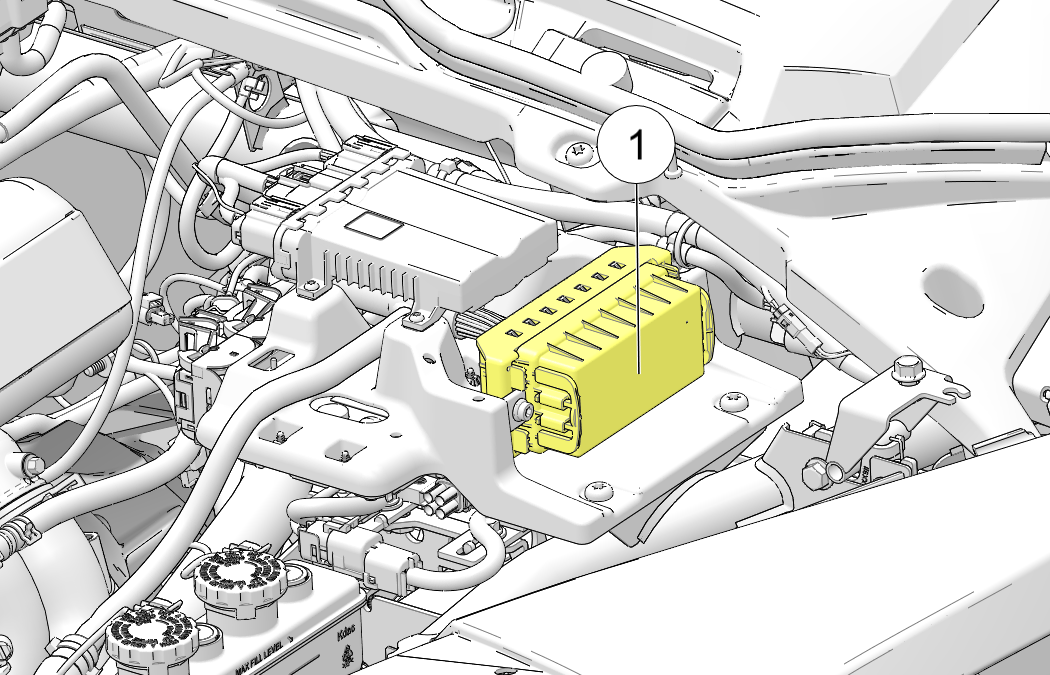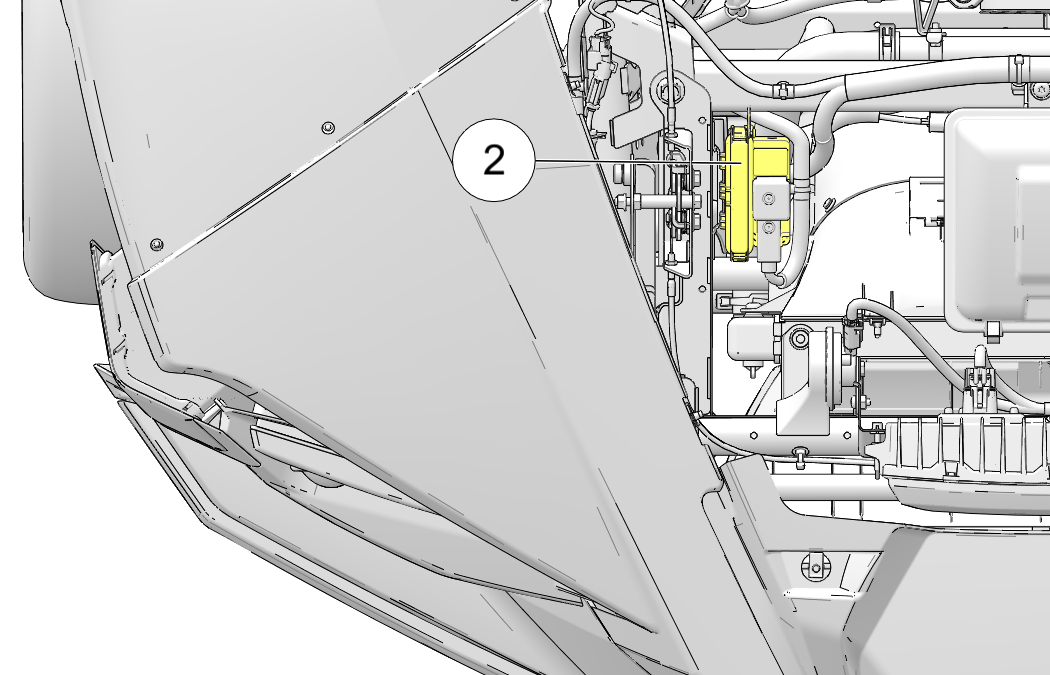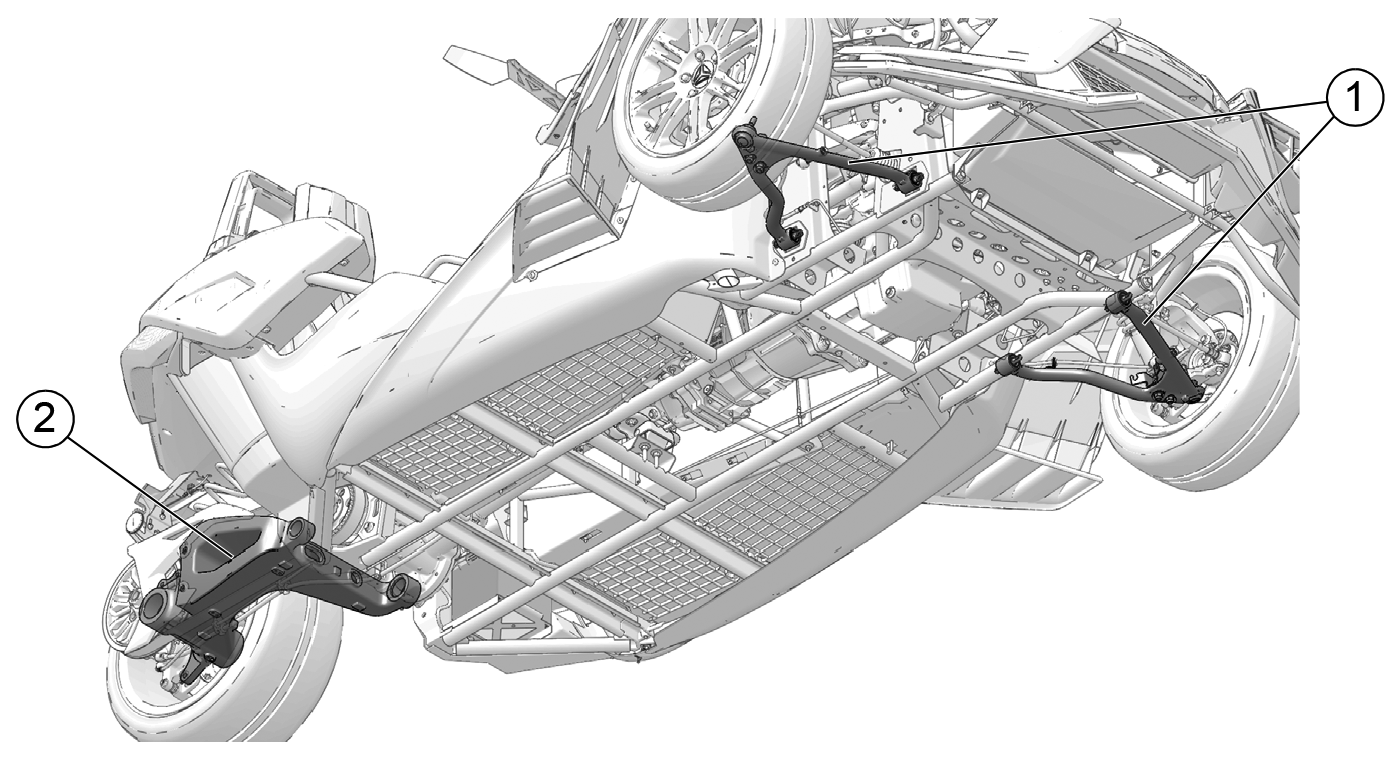This POLARIS limited warranty excludes any failures that are not
caused by a defect in material or workmanship. THIS WARRANTY DOES
NOT COVER CLAIMS OF DEFECTIVE DESIGN. This warranty also does not
cover acts of God, accidental damage, normal wear and tear, abuse
or improper handling. This warranty also does not cover any vehicle,
component, or part that has been altered structurally, modified, neglected,
improperly maintained or used for racing, competition or purposes
other than for which it was designed.
This warranty excludes damages or failures resulting from: improper
lubrication; improper engine timing; improper fuel; surface imperfections
caused by external stress, heat, cold or contamination; operator error
or abuse; improper component alignment, tension, adjustment or altitude
compensation; snow, water, dirt or other foreign substance ingestion/contamination;
improper maintenance; modified components; use of aftermarket or unapproved
components, accessories, or attachments; unauthorized repairs; or
repairs made after the warranty period expires or by an unauthorized
repair center.
This warranty excludes damages or failures caused by abuse, accident,
fire, or any other cause other than a defect in materials or workmanship
and provides no coverage for consumable components, general wear items,
or any parts exposed to friction surfaces, stresses, environmental
conditions and/or contamination for which they were not designed or
not intended, including but not limited to the following items:
-
Finished and unfinished surfaces
-
Fuel Injectors/Throttle body components
-
Engine components
-
Drive belts
-
Hydraulic components and fluids
-
Circuit breakers/Fuses
-
Electronic components
-
Spark plugs
-
Sealants
-
Coolants
-
Bearings
Lubricants and Fluids
-
Mixing oil brands or using non-recommended oil may cause engine
damage. We recommend the use of POLARIS engine oil.
-
Damage or failure resulting from the use of non-recommended
lubricants or fluids is not covered by this warranty.
This warranty provides no coverage for personal loss or expense,
including mileage, transportation costs, hotels, meals, shipping or
handling fees, vehicle pick-up or delivery, replacement rentals, loss
of vehicle use, loss of profits or loss of vacation or personal time.
THE EXCLUSIVE REMEDY FOR BREACH OF THIS WARRANTY SHALL BE, AT
POLARIS' OPTION, REPAIR OR REPLACEMENT OF ANY DEFECTIVE MATERIALS,
COMPONENTS, OR PRODUCTS. THE REMEDIES SET FORTH IN THIS WARRANTY ARE
THE ONLY REMEDIES AVAILABLE TO ANY PERSON FOR BREACH OF THIS WARRANTY.
POLARIS SHALL HAVE NO LIABILITY TO ANY PERSON FOR INCIDENTAL, CONSEQUENTIAL
OR SPECIAL DAMAGES OF ANY DESCRIPTION, WHETHER ARISING OUT OF EXPRESS
OR IMPLIED WARRANTY OR ANY OTHER CONTRACT, NEGLIGENCE, OR OTHER TORT
OR OTHERWISE. THIS EXCLUSION OF CONSEQUENTIAL, INCIDENTAL, AND SPECIAL
DAMAGES IS INDEPENDENT FROM AND SHALL SURVIVE ANY FINDING THAT THE
EXCLUSIVE REMEDY FAILED OF ITS ESSENTIAL PURPOSE.
THE IMPLIED
WARRANTY OF FITNESS FOR A PARTICULAR PURPOSE IS EXCLUDED FROM THIS
LIMITED WARRANTY. ALL OTHER IMPLIED WARRANTIES (INCLUDING BUT NOT
LIMITED TO THE IMPLIED WARRANTY OF MERCHANTABILITY) ARE LIMITED IN
DURATION TO THE ABOVE 2-YEAR WARRANTY PERIOD. POLARIS DISCLAIMS ALL
EXPRESS WARRANTIES NOT STATED IN THIS WARRANTY. SOME STATES DO NOT
PERMIT THE EXCLUSION OR LIMITATION OF INCIDENTAL OR CONSEQUENTIAL
DAMAGES OR ALLOW LIMITATIONS ON THE DURATION OF IMPLIED WARRANTIES,
SO THE ABOVE LIMITATIONS MAY NOT APPLY TO YOU IF INCONSISTENT WITH
CONTROLLING STATE LAW.
